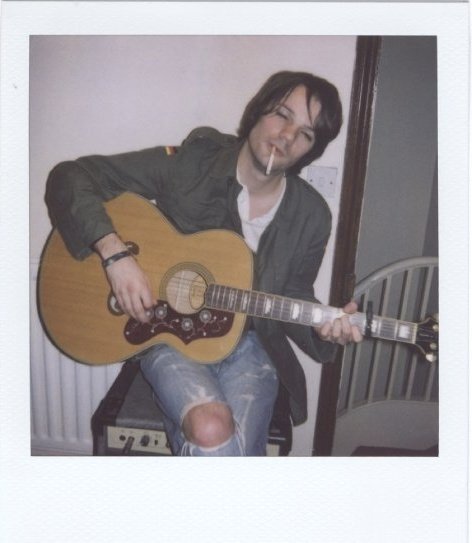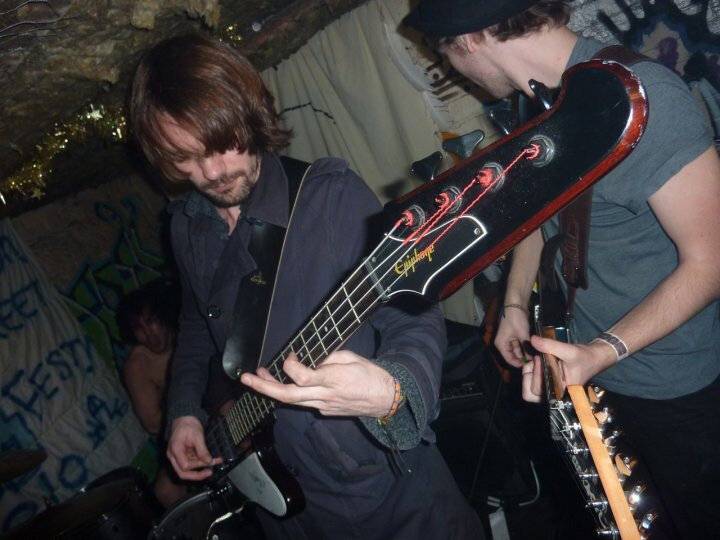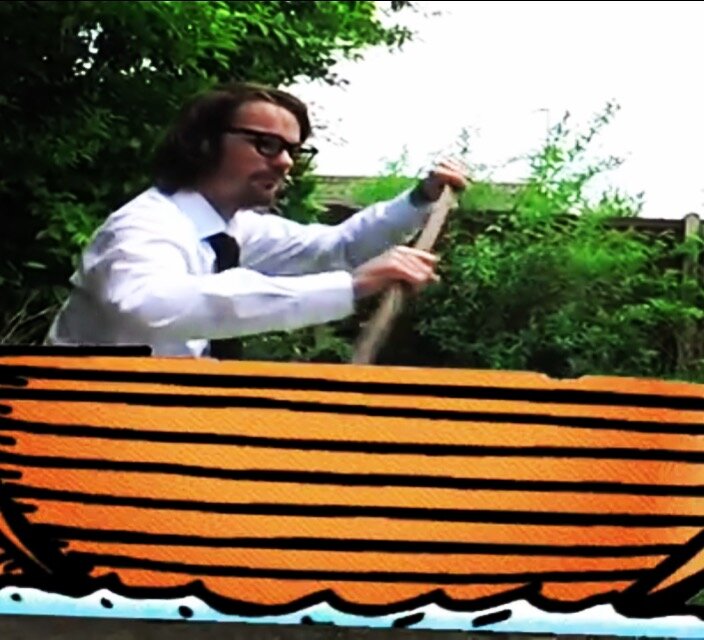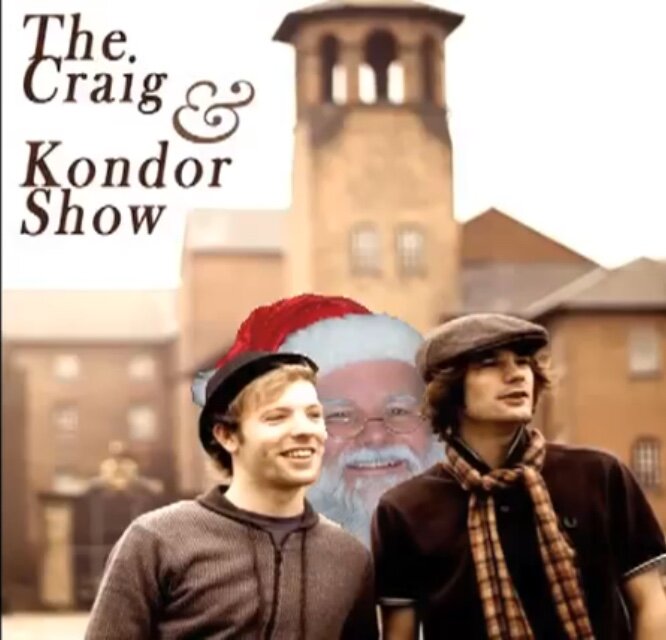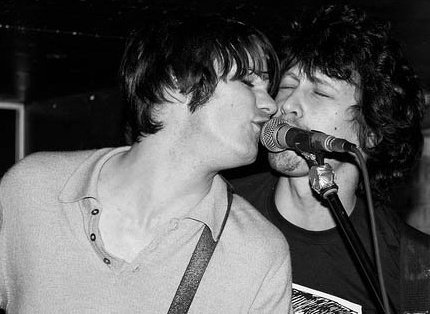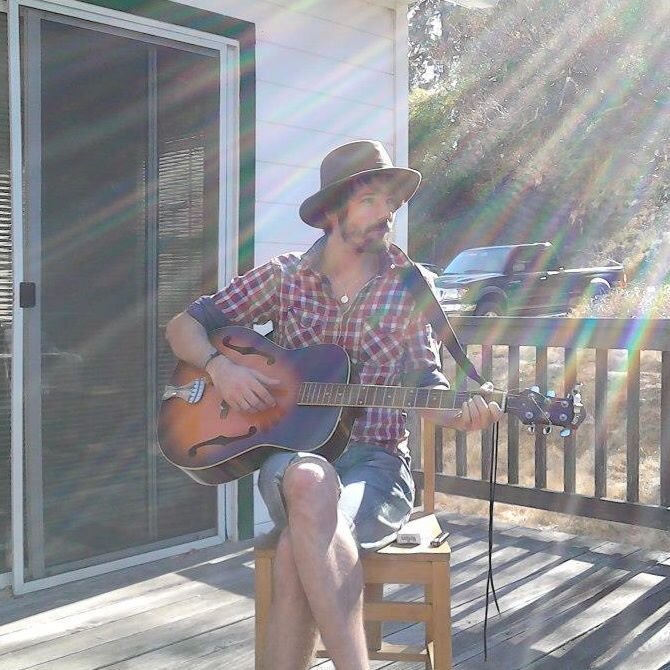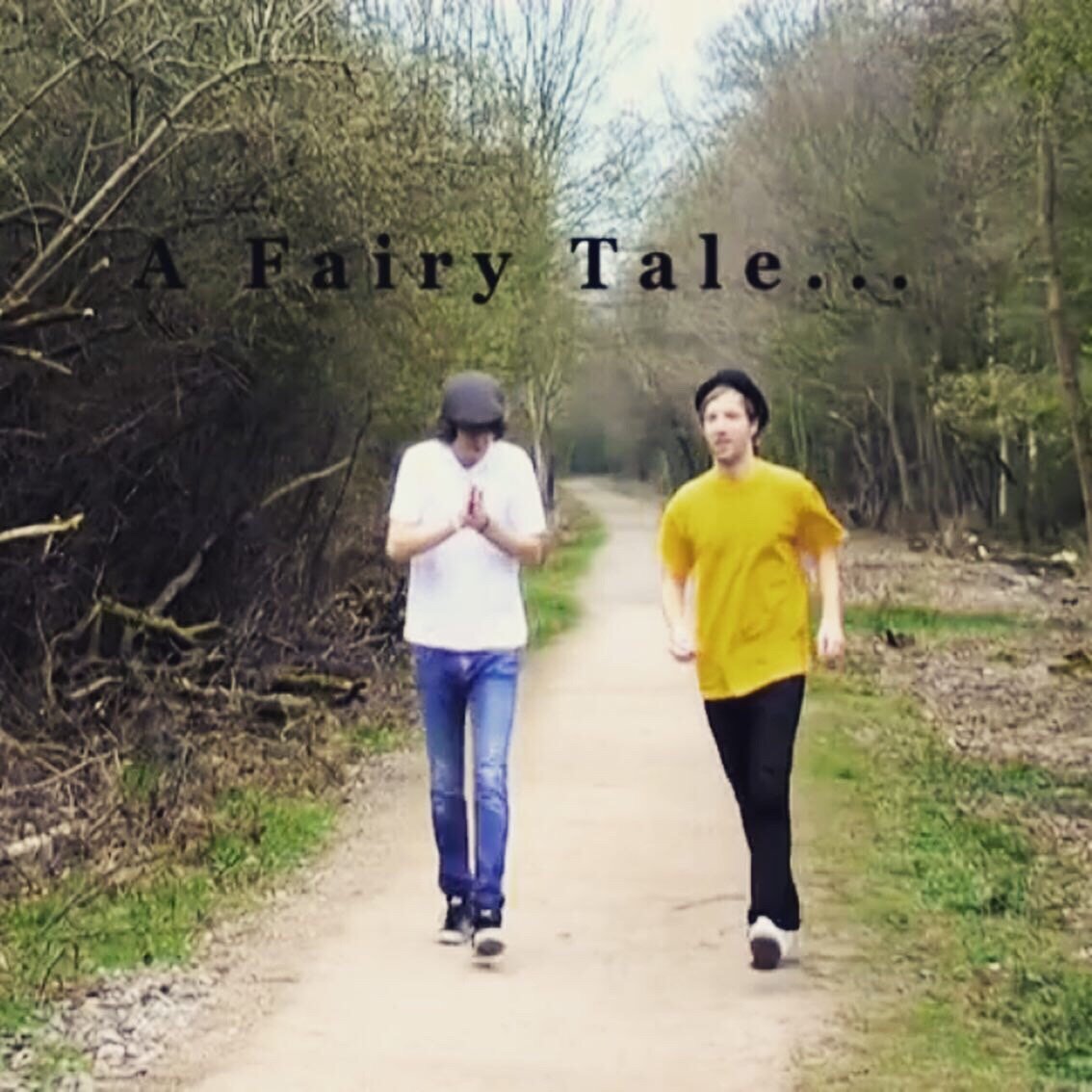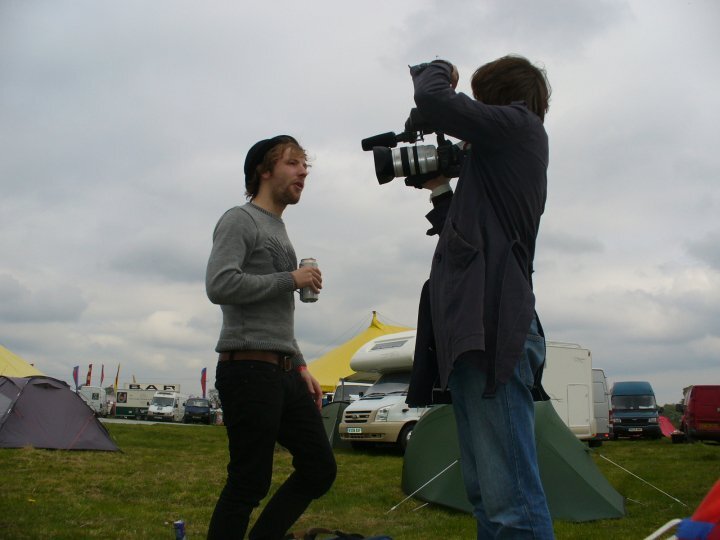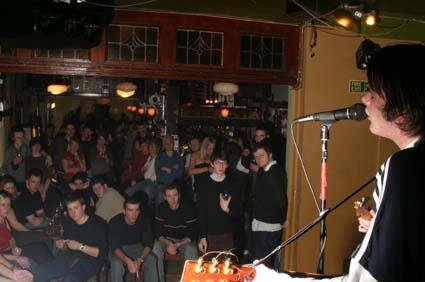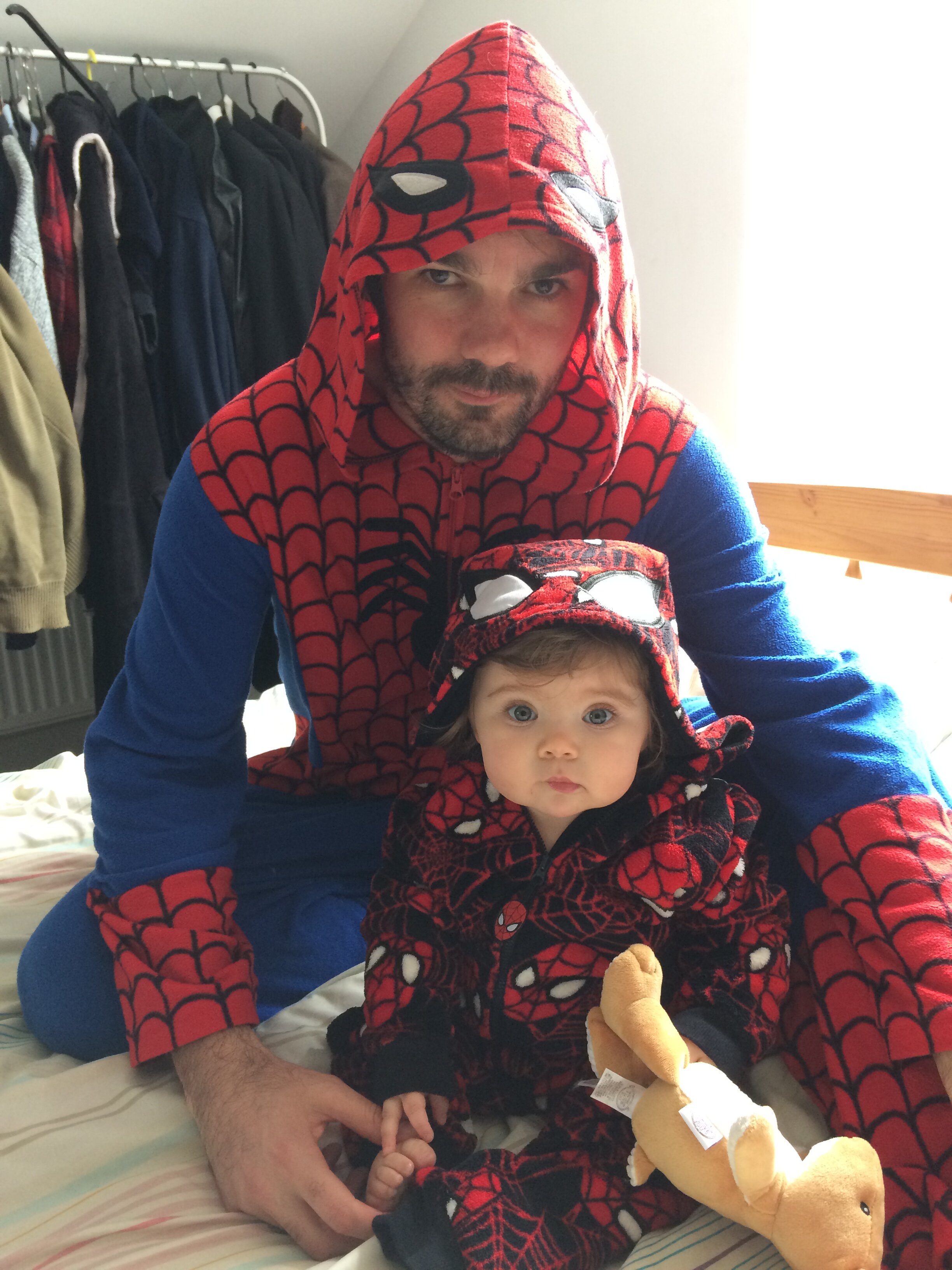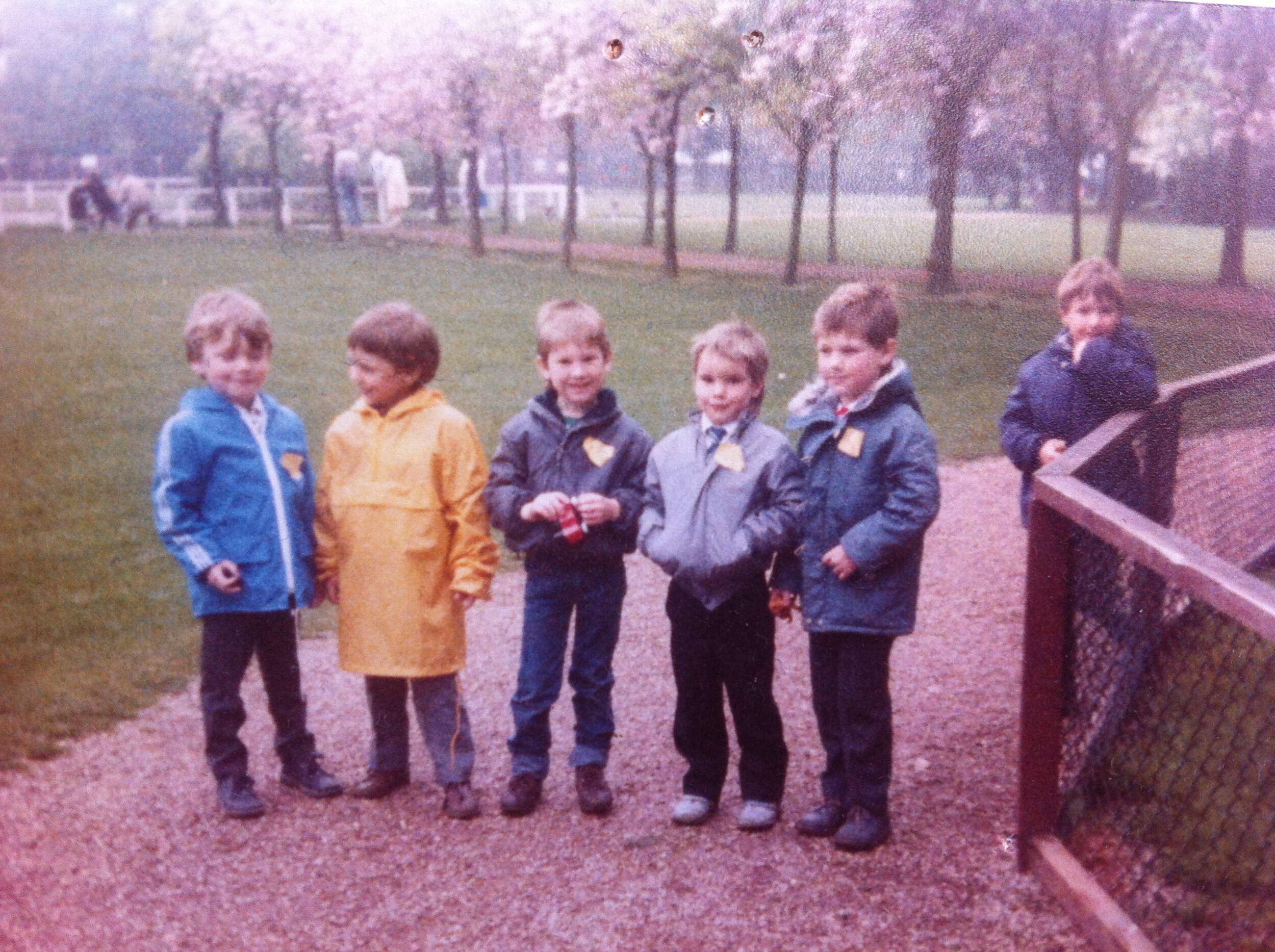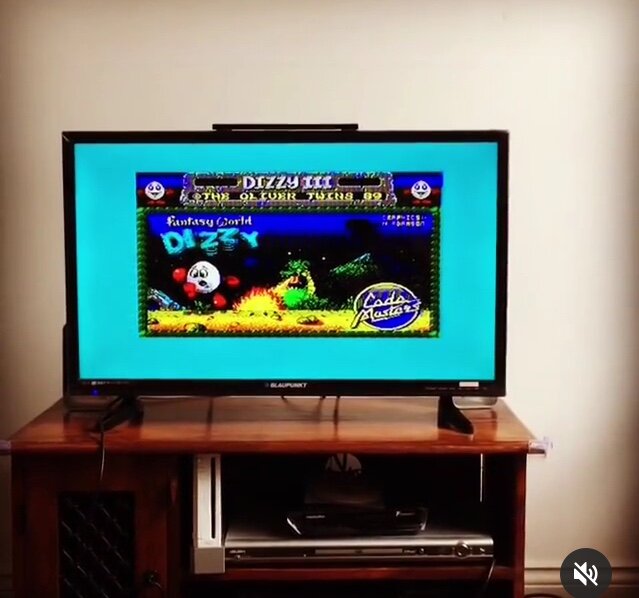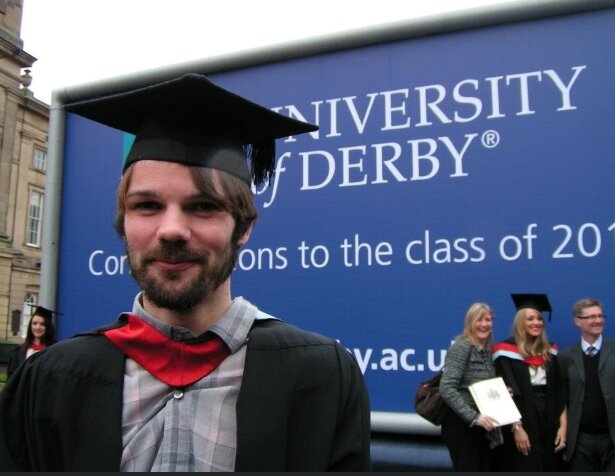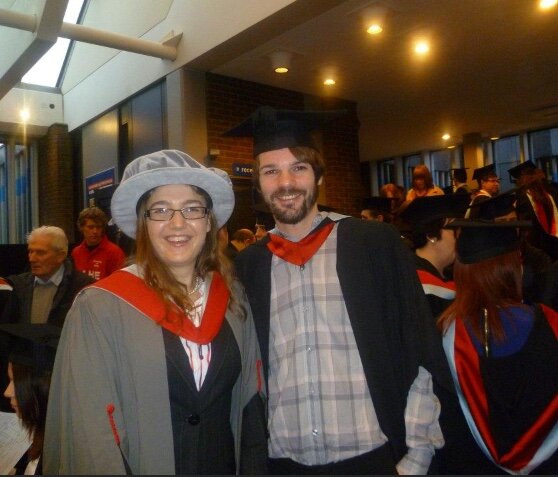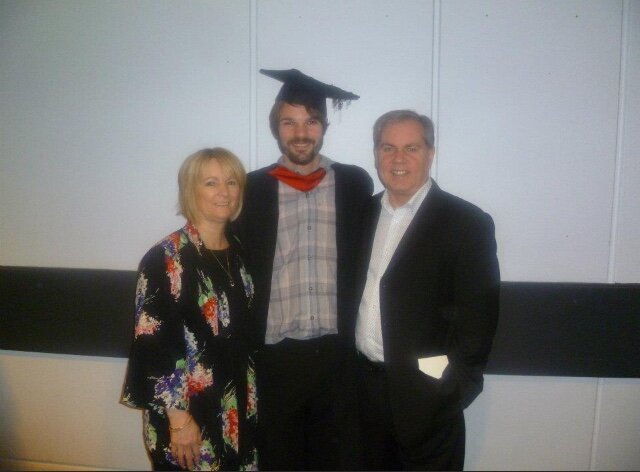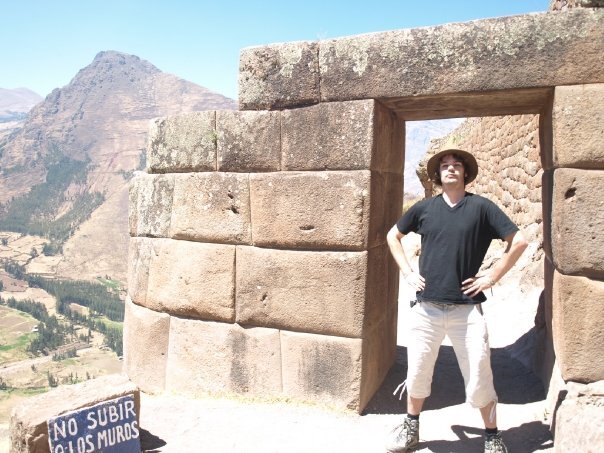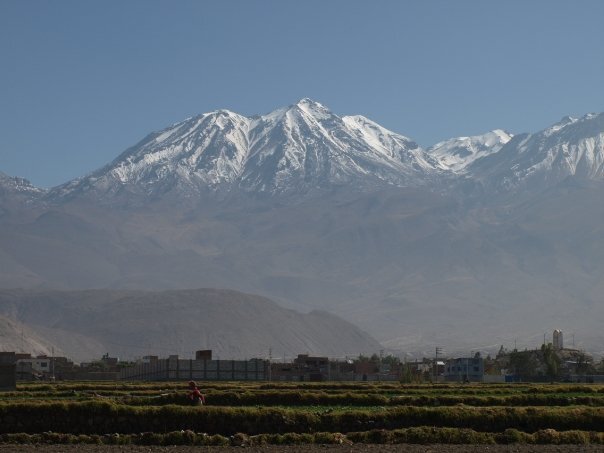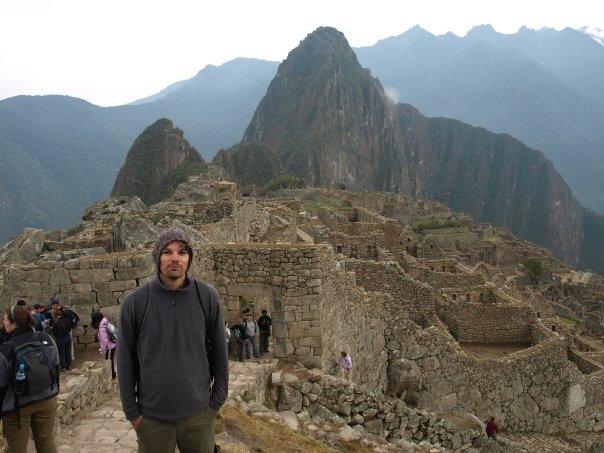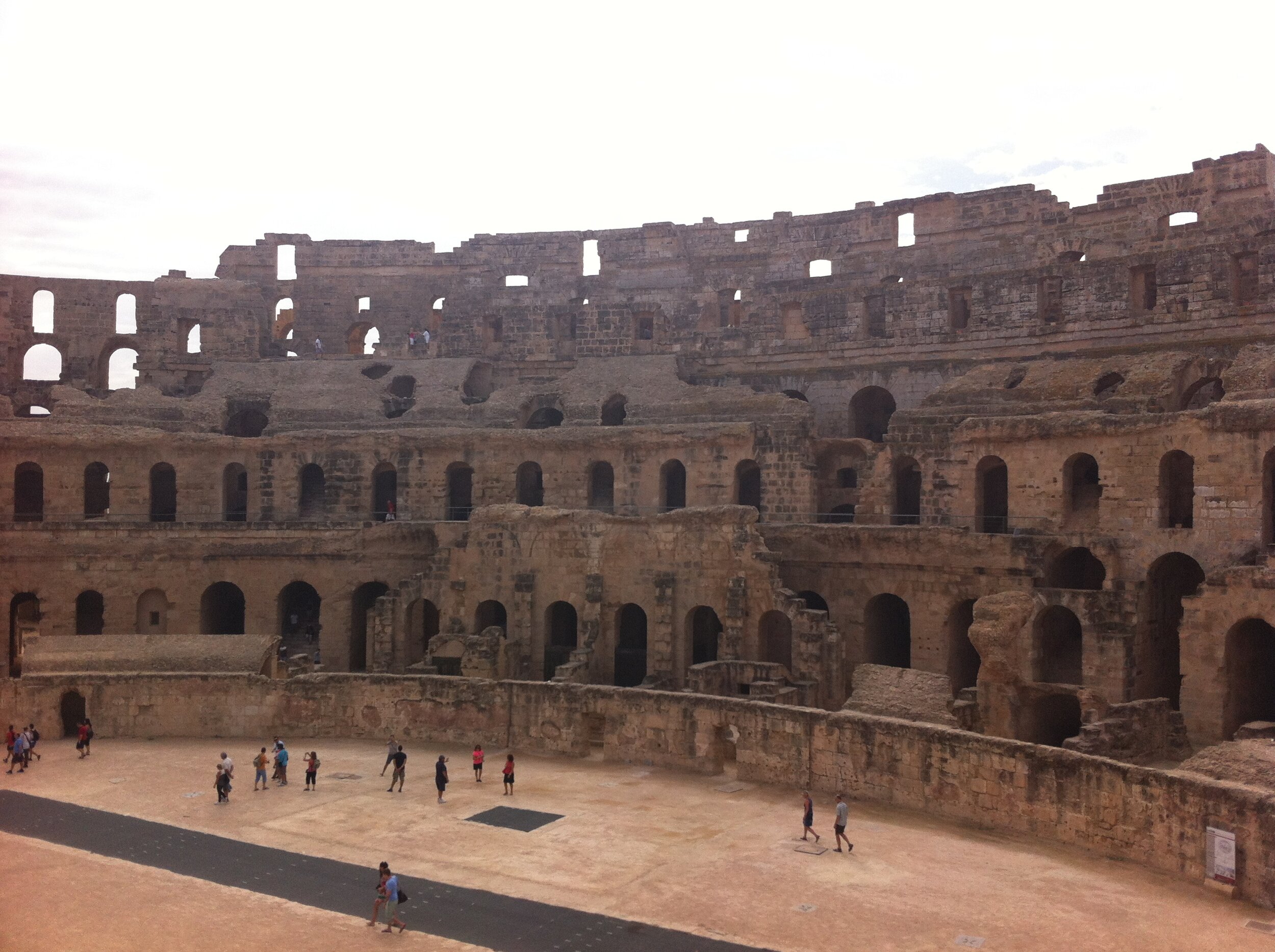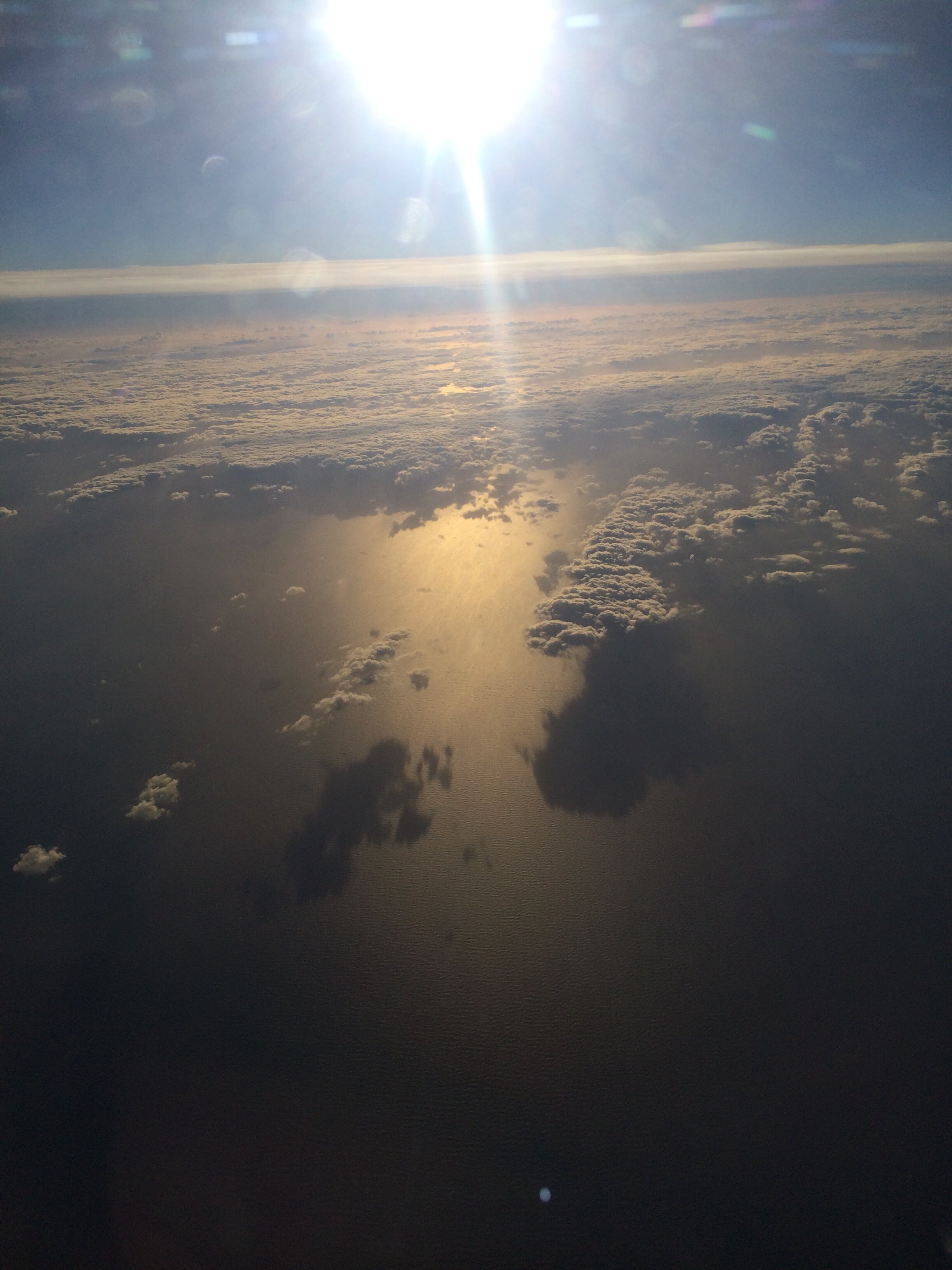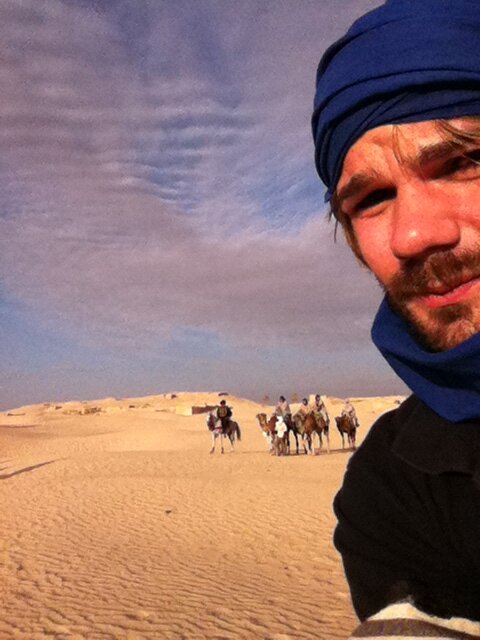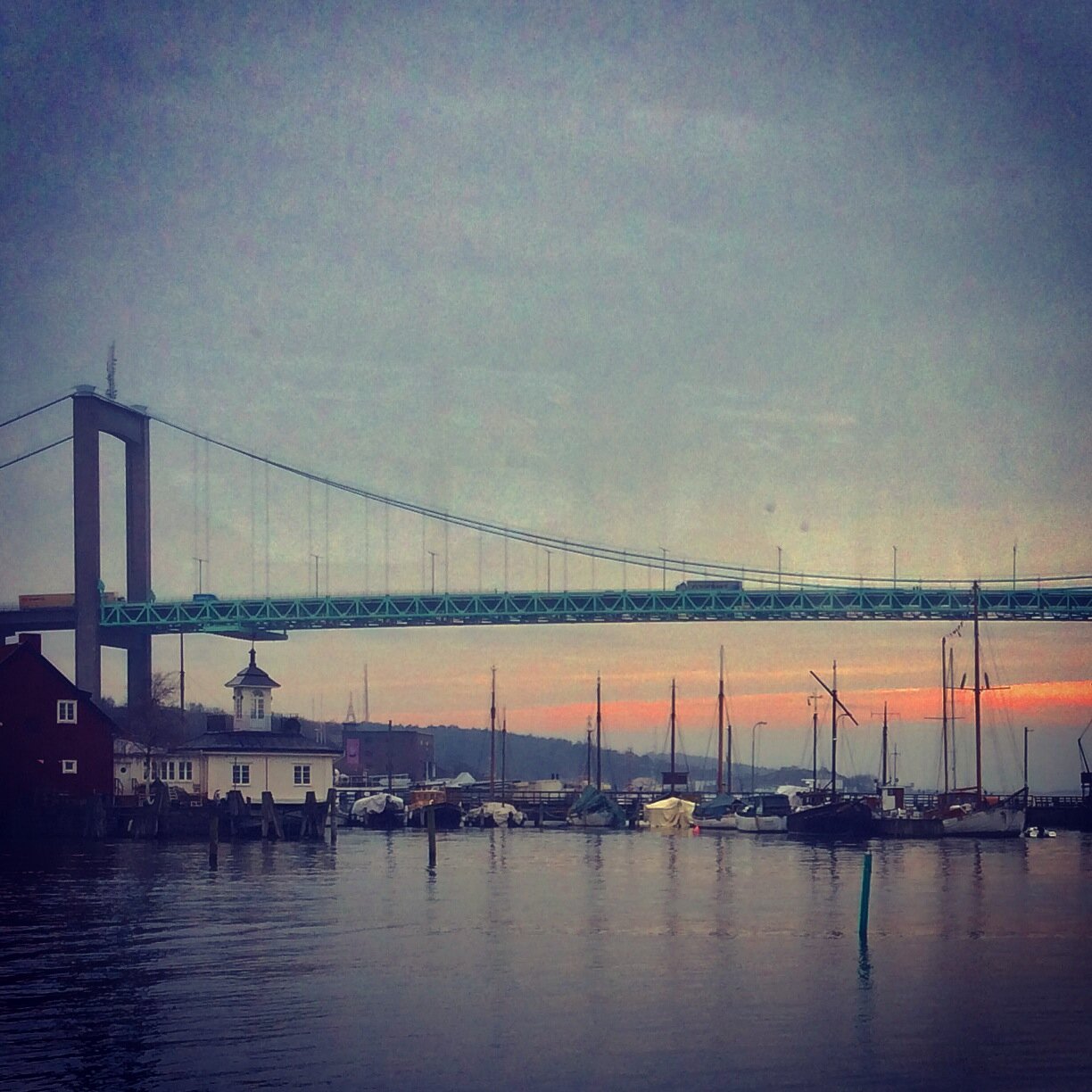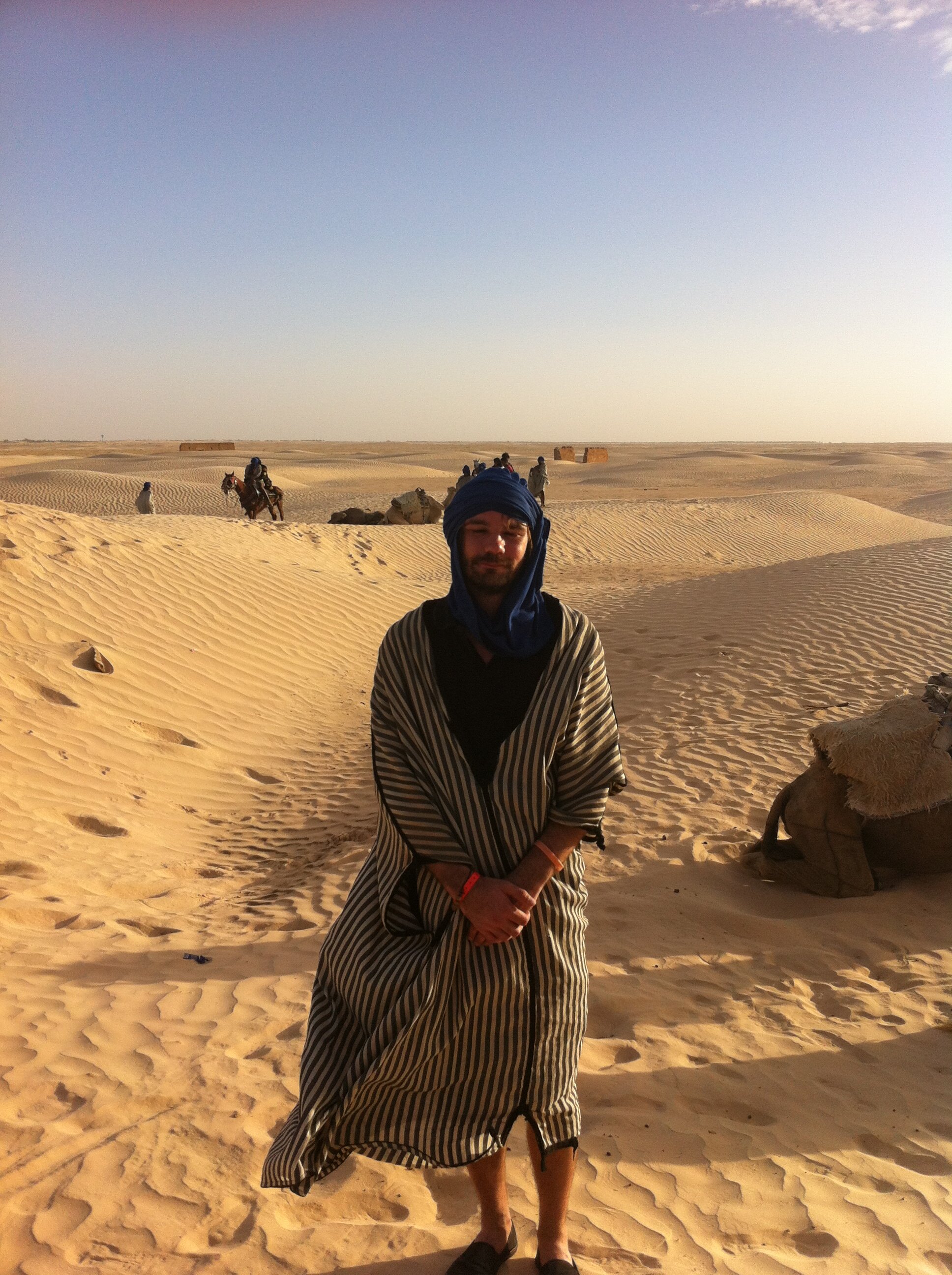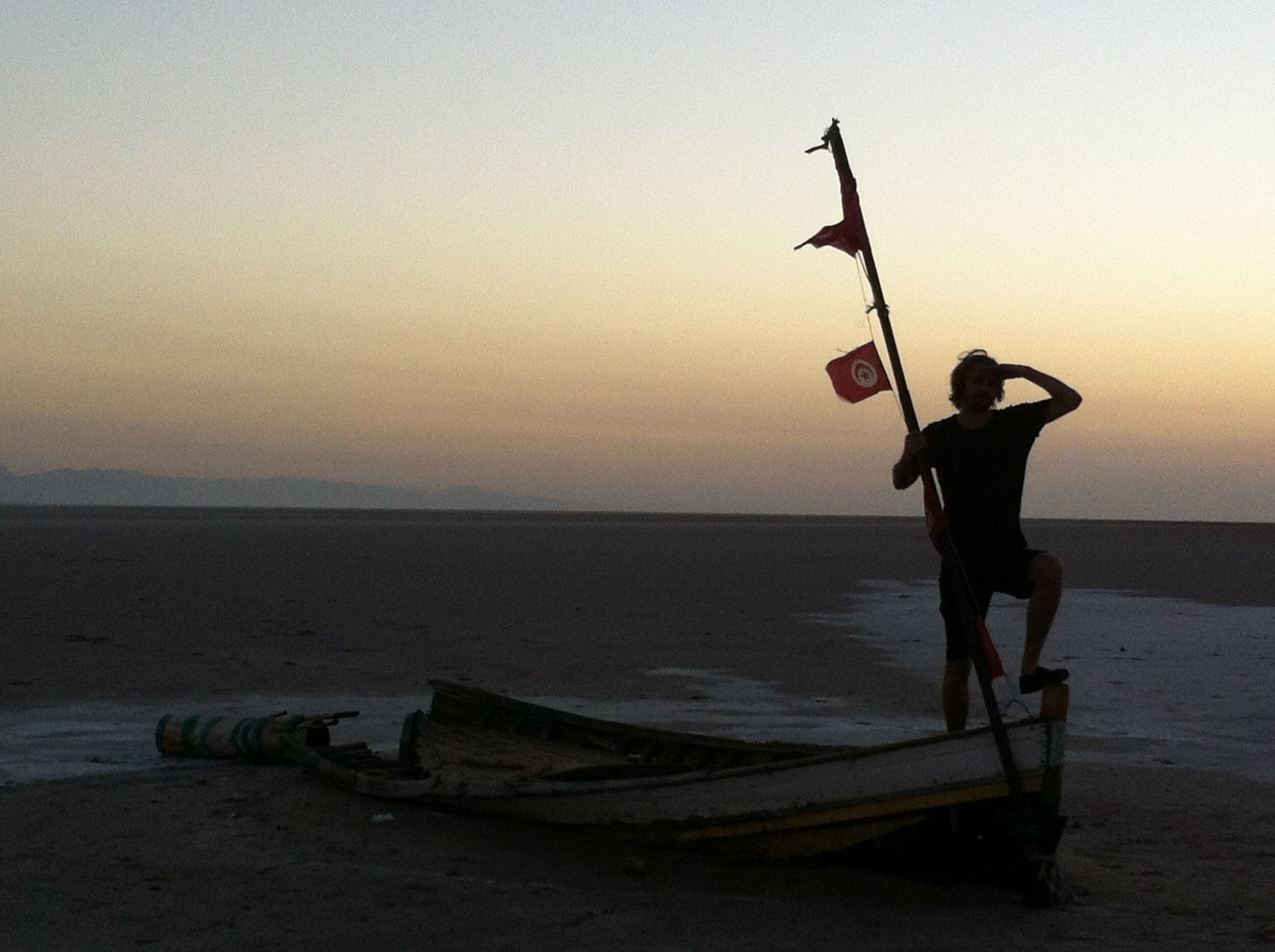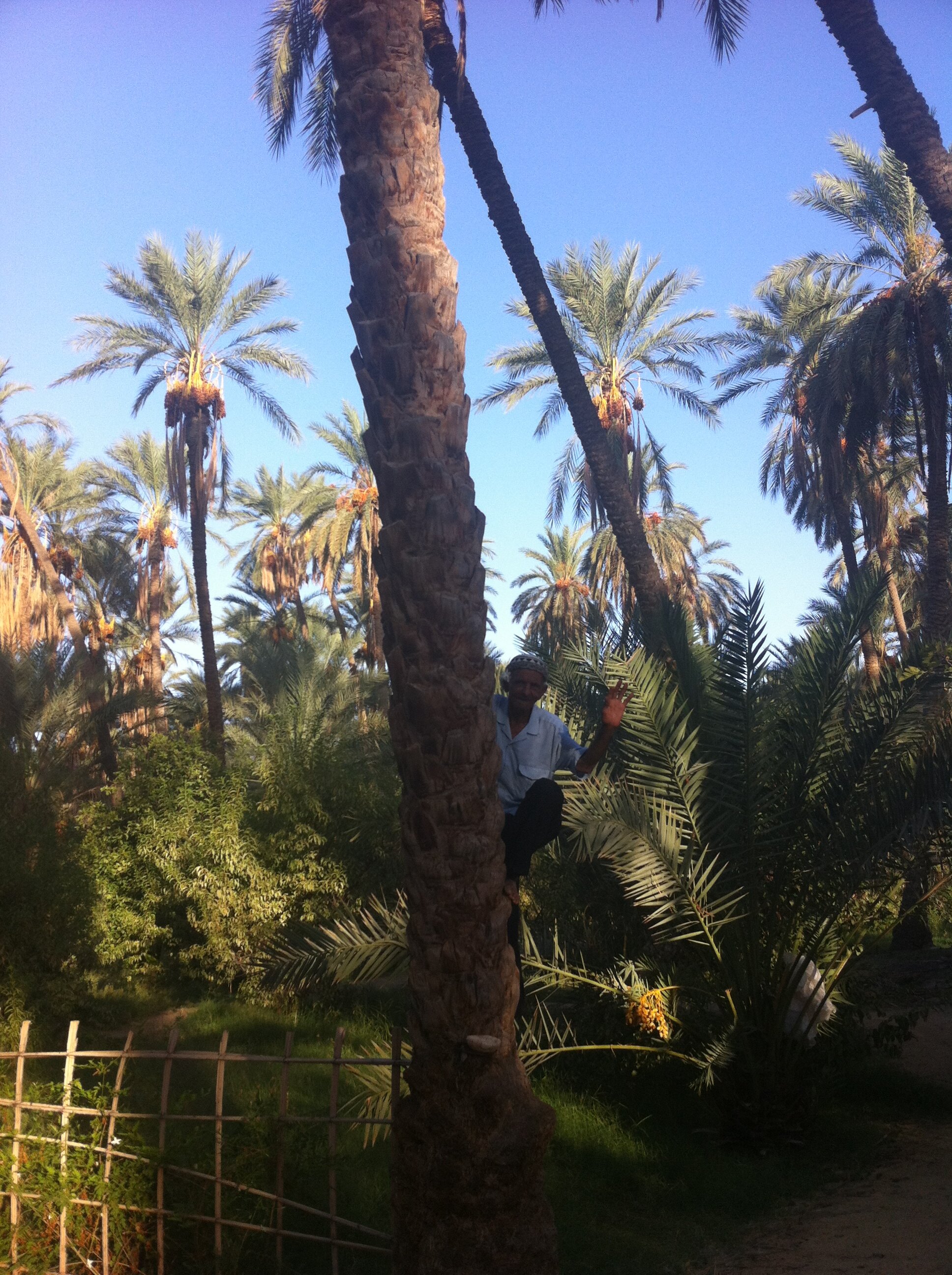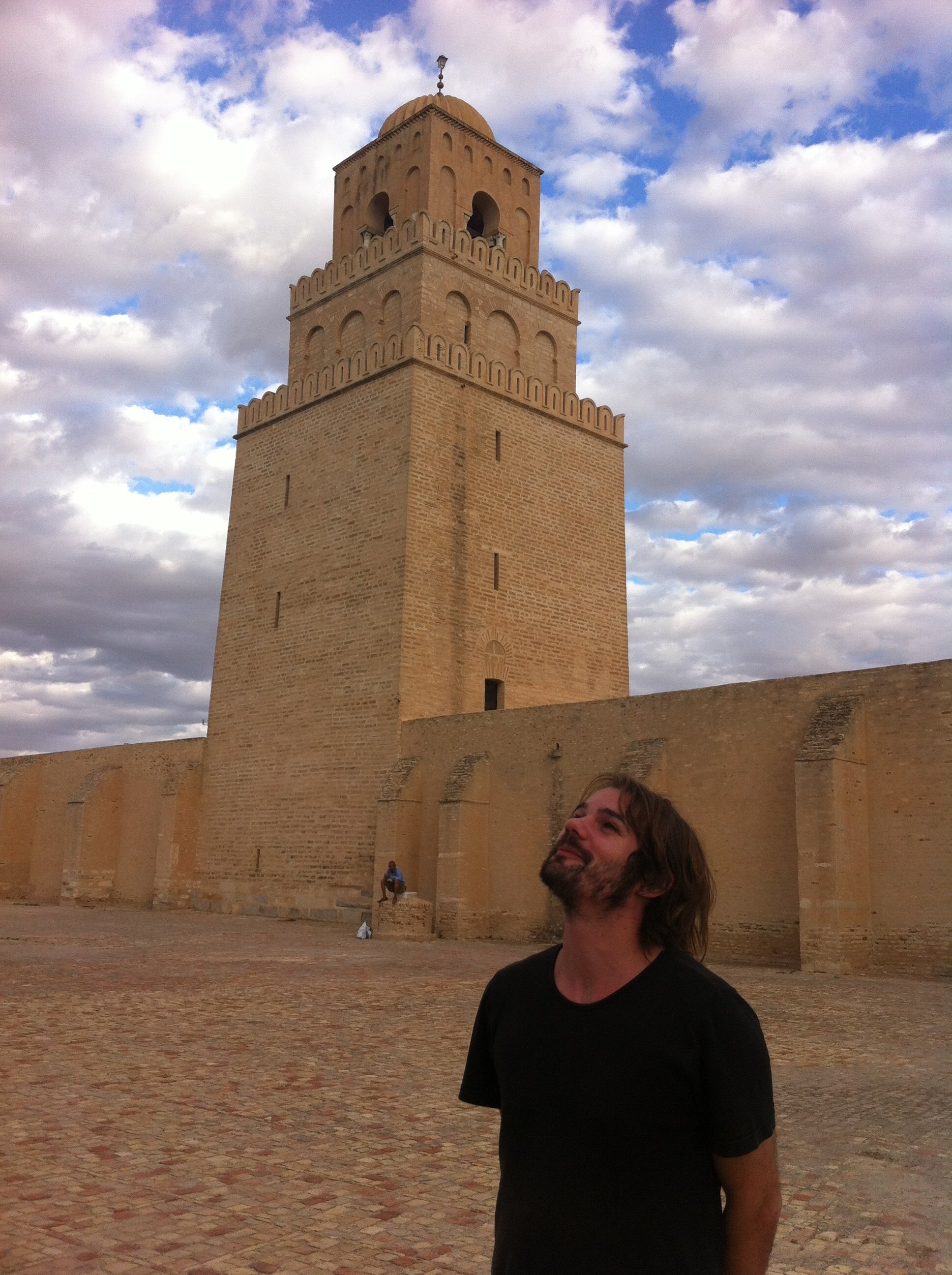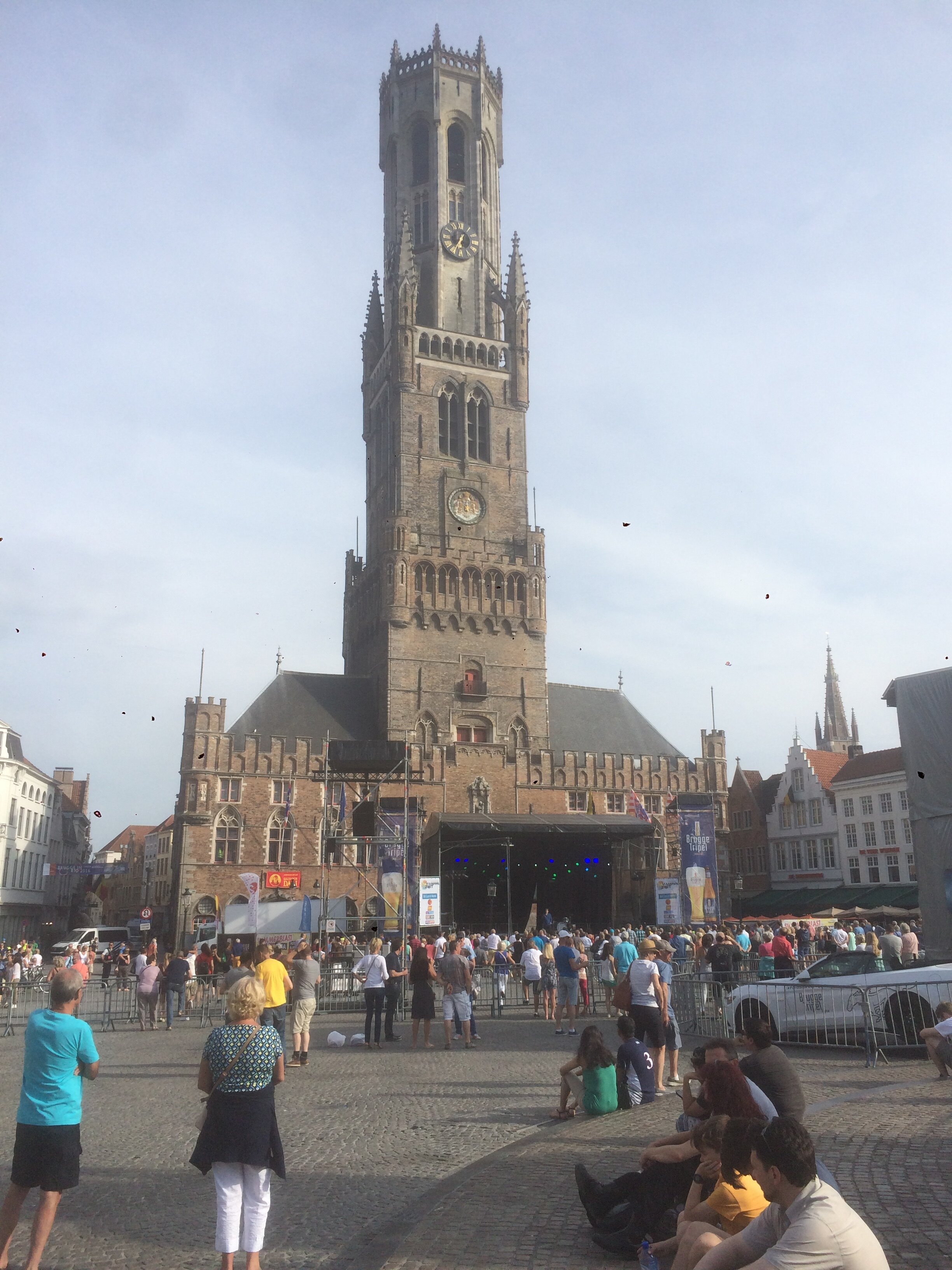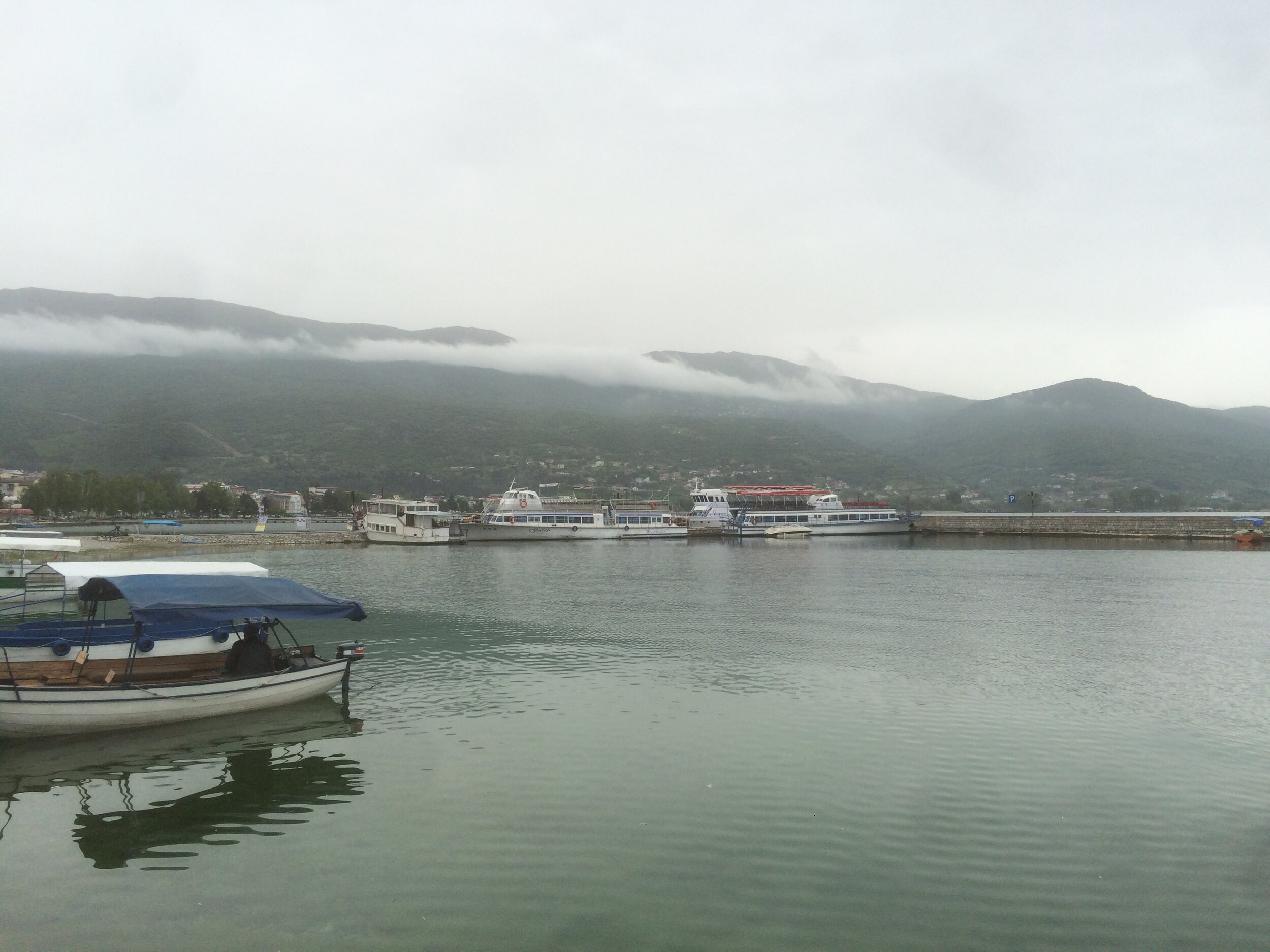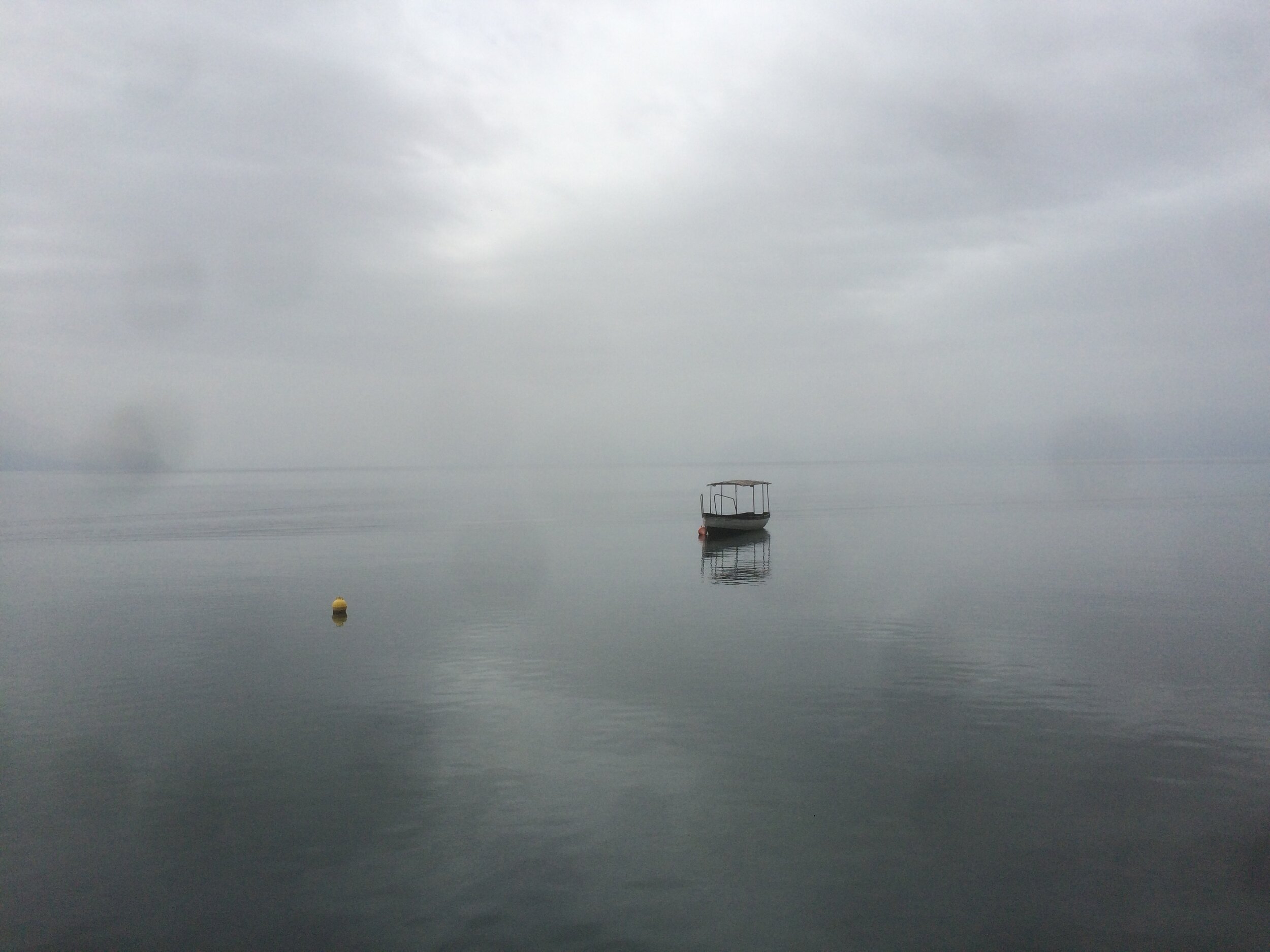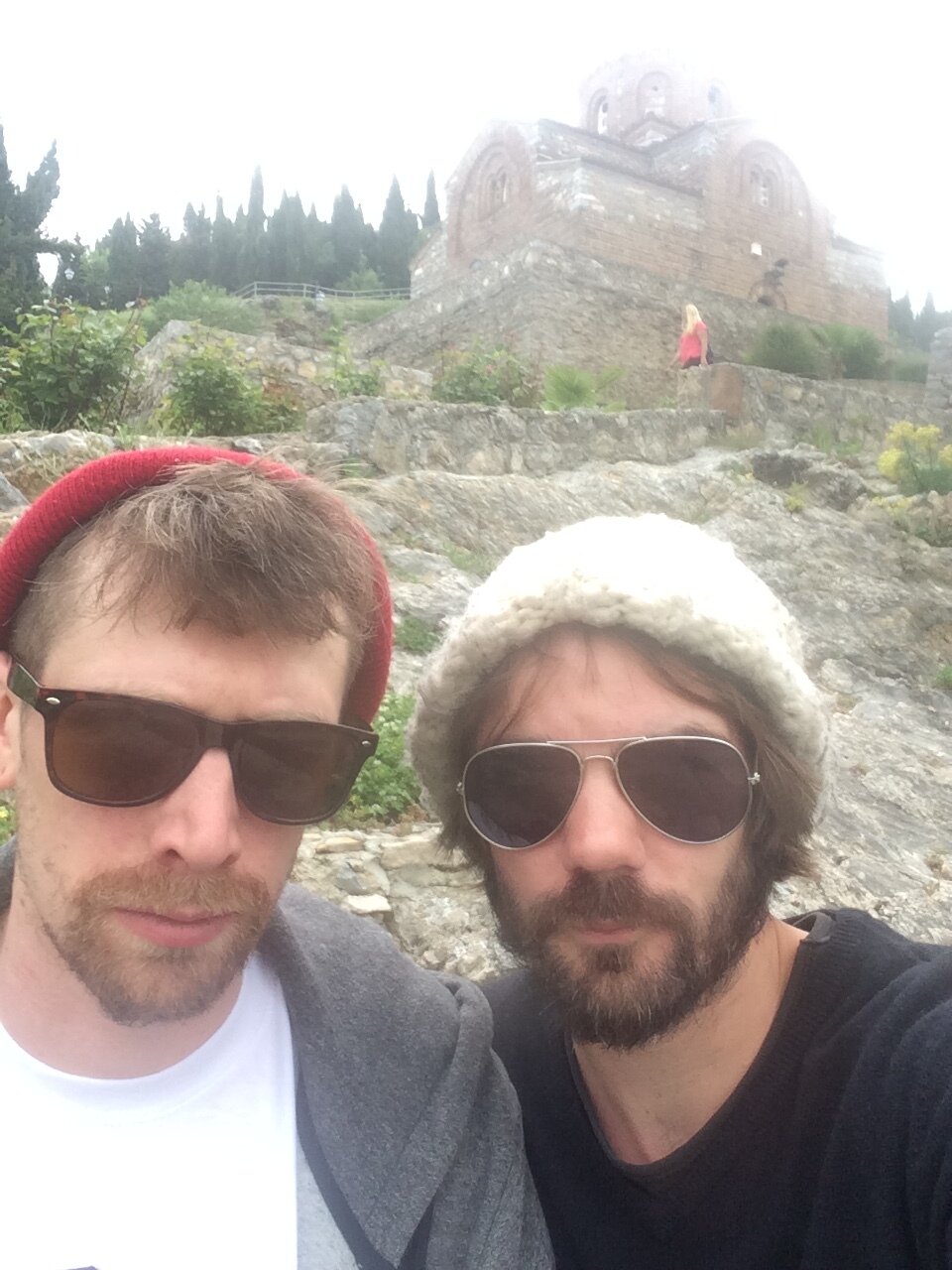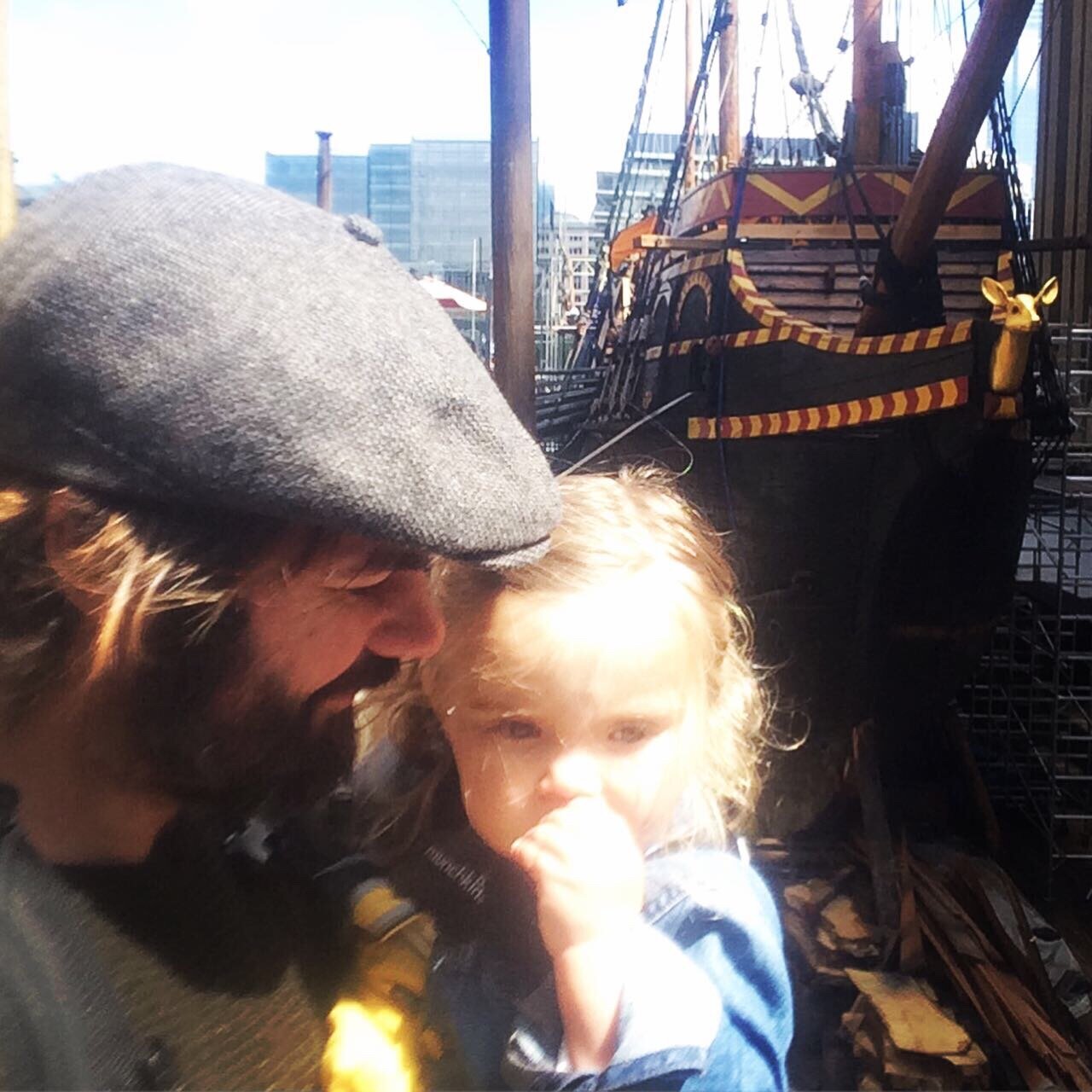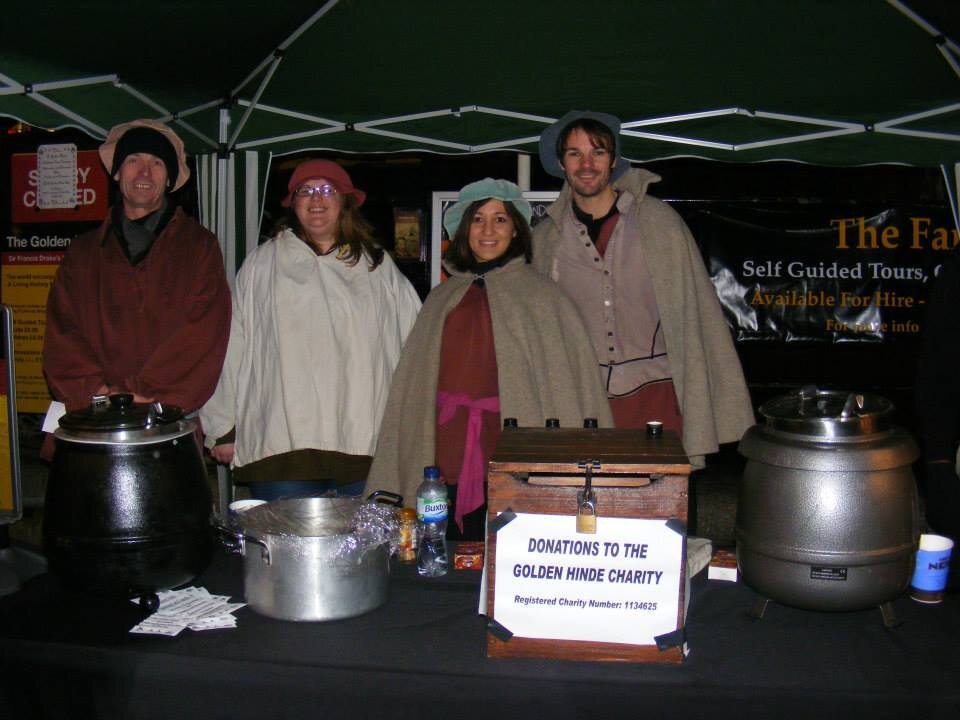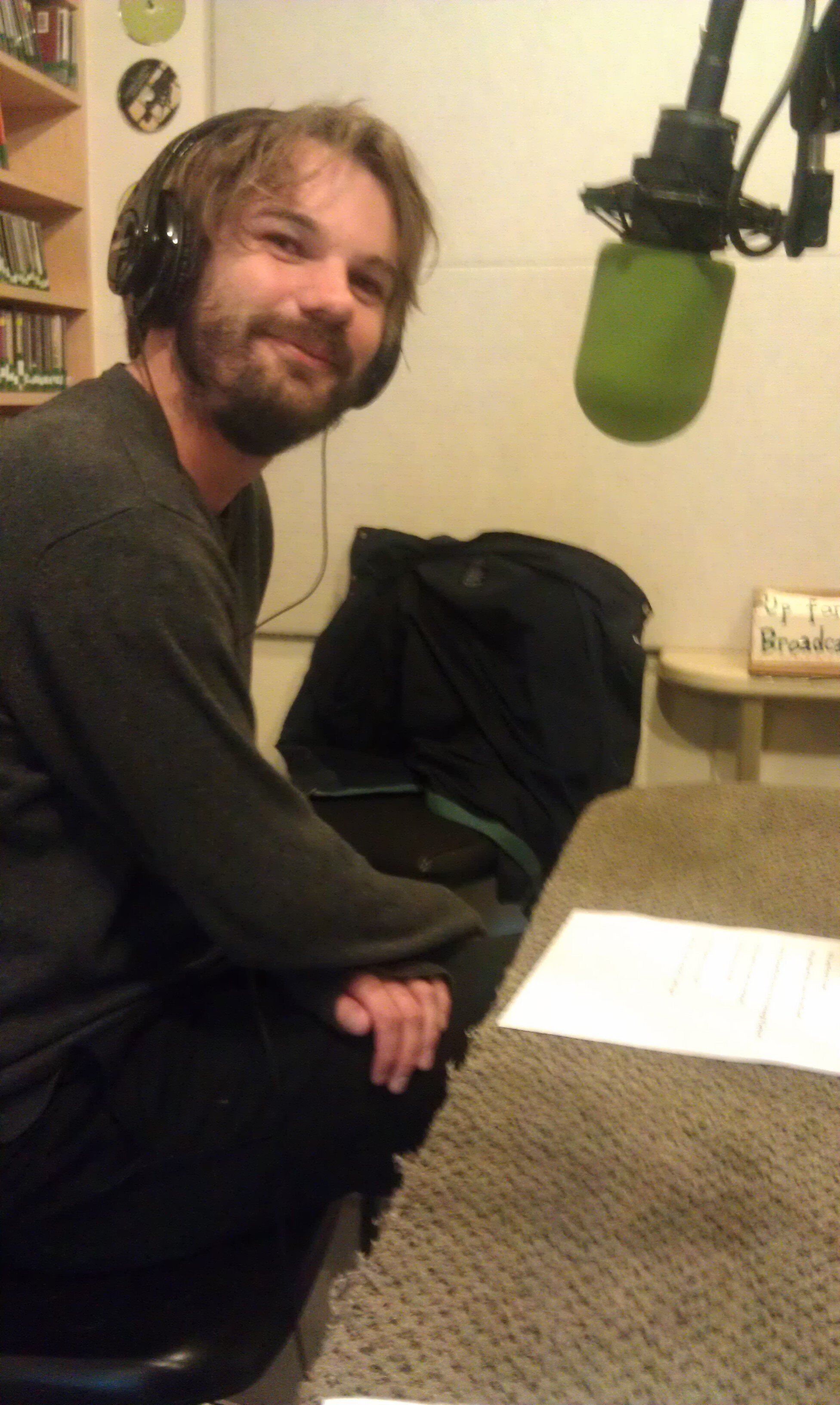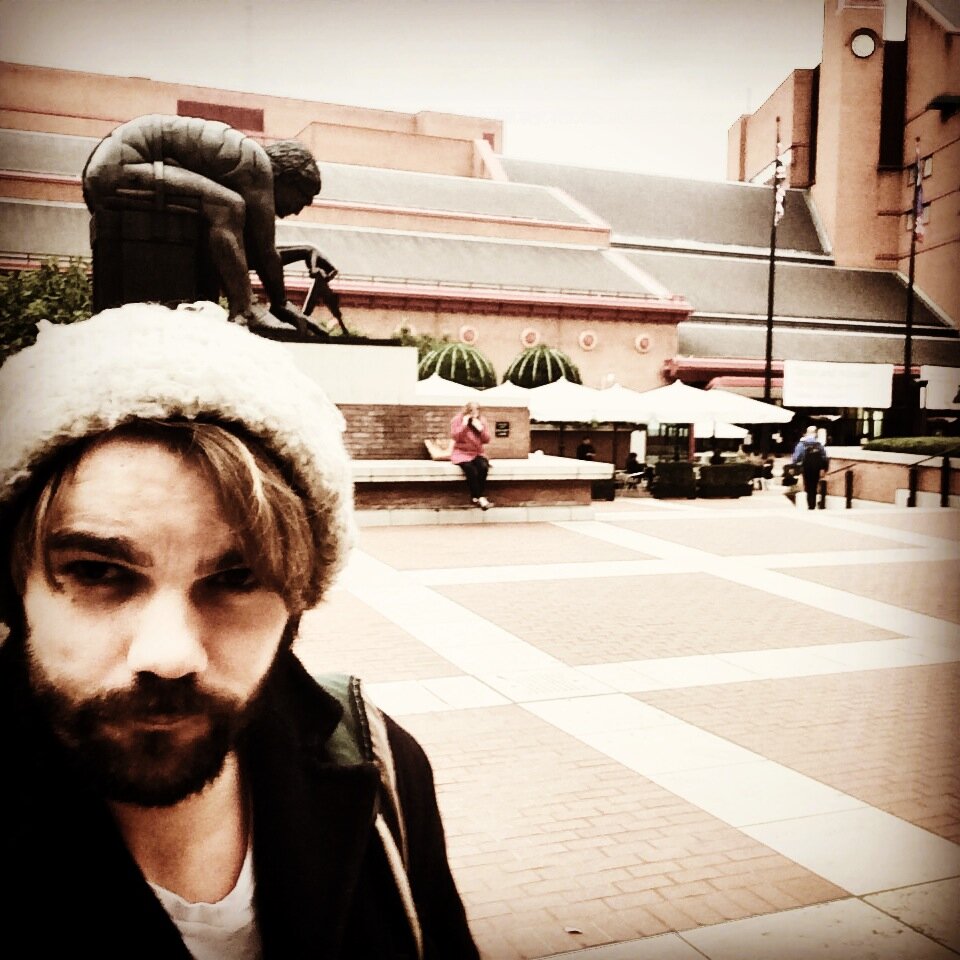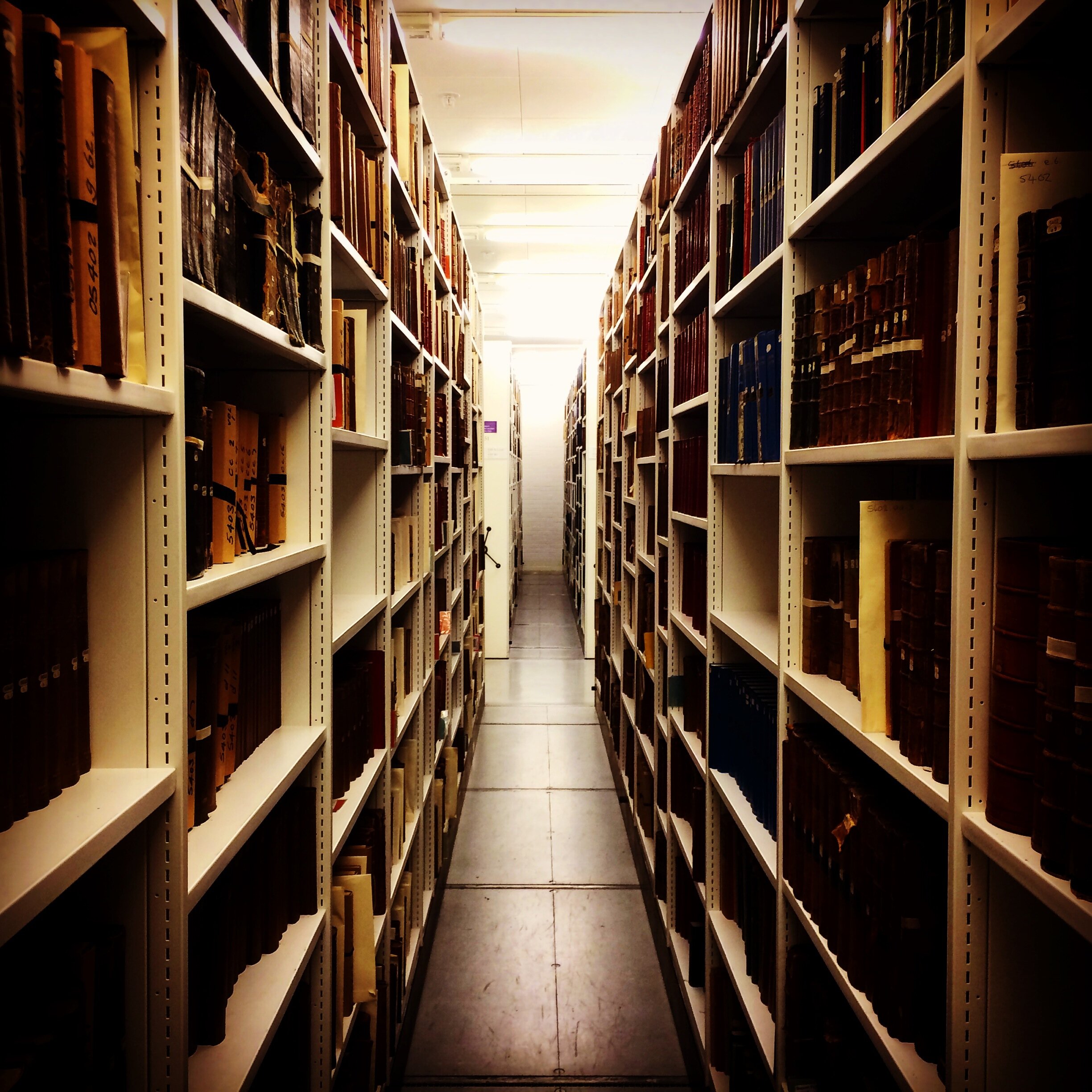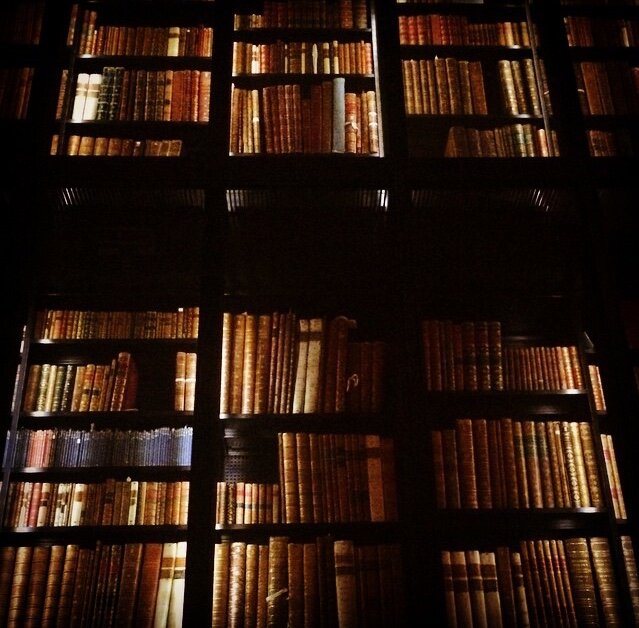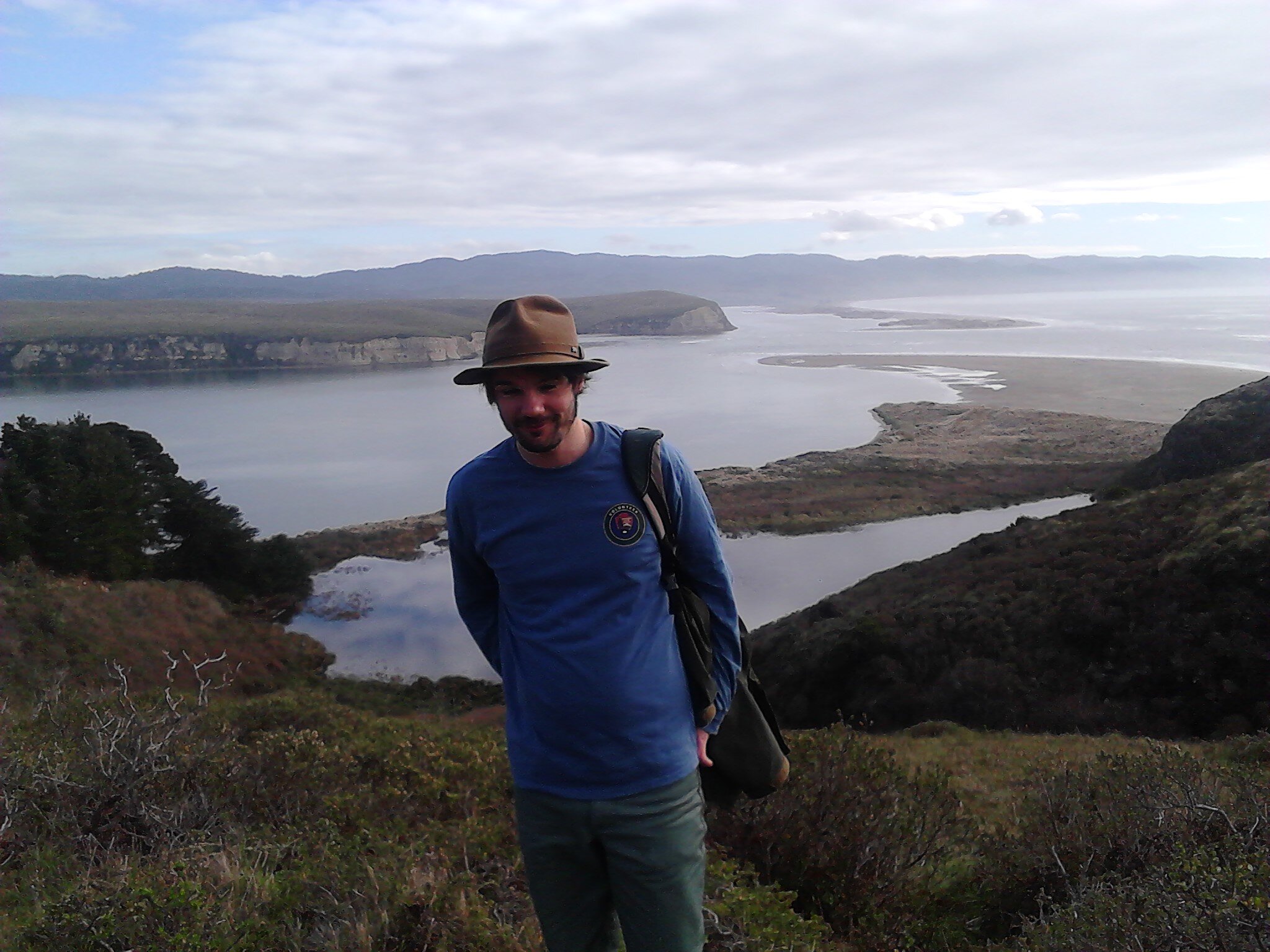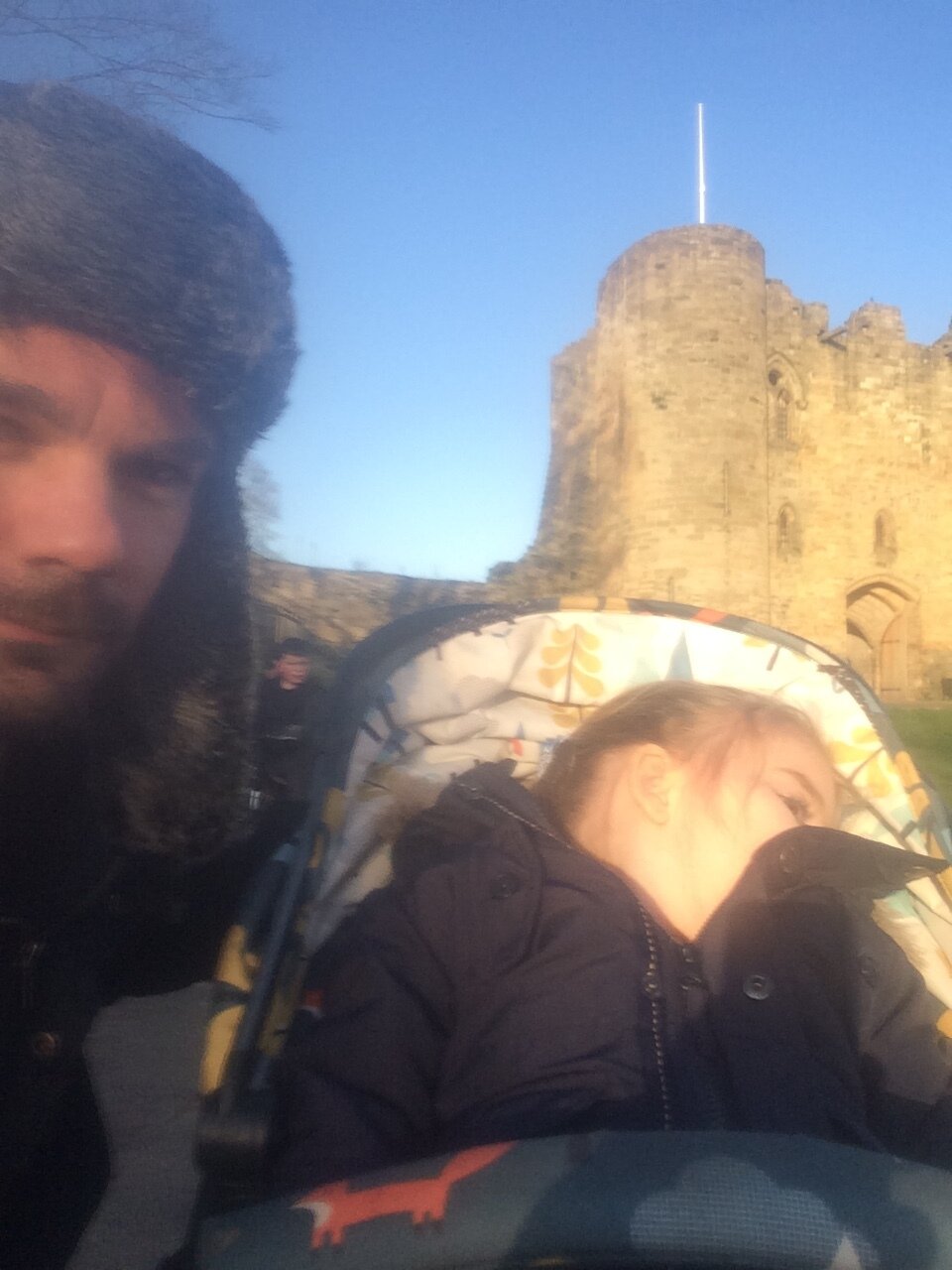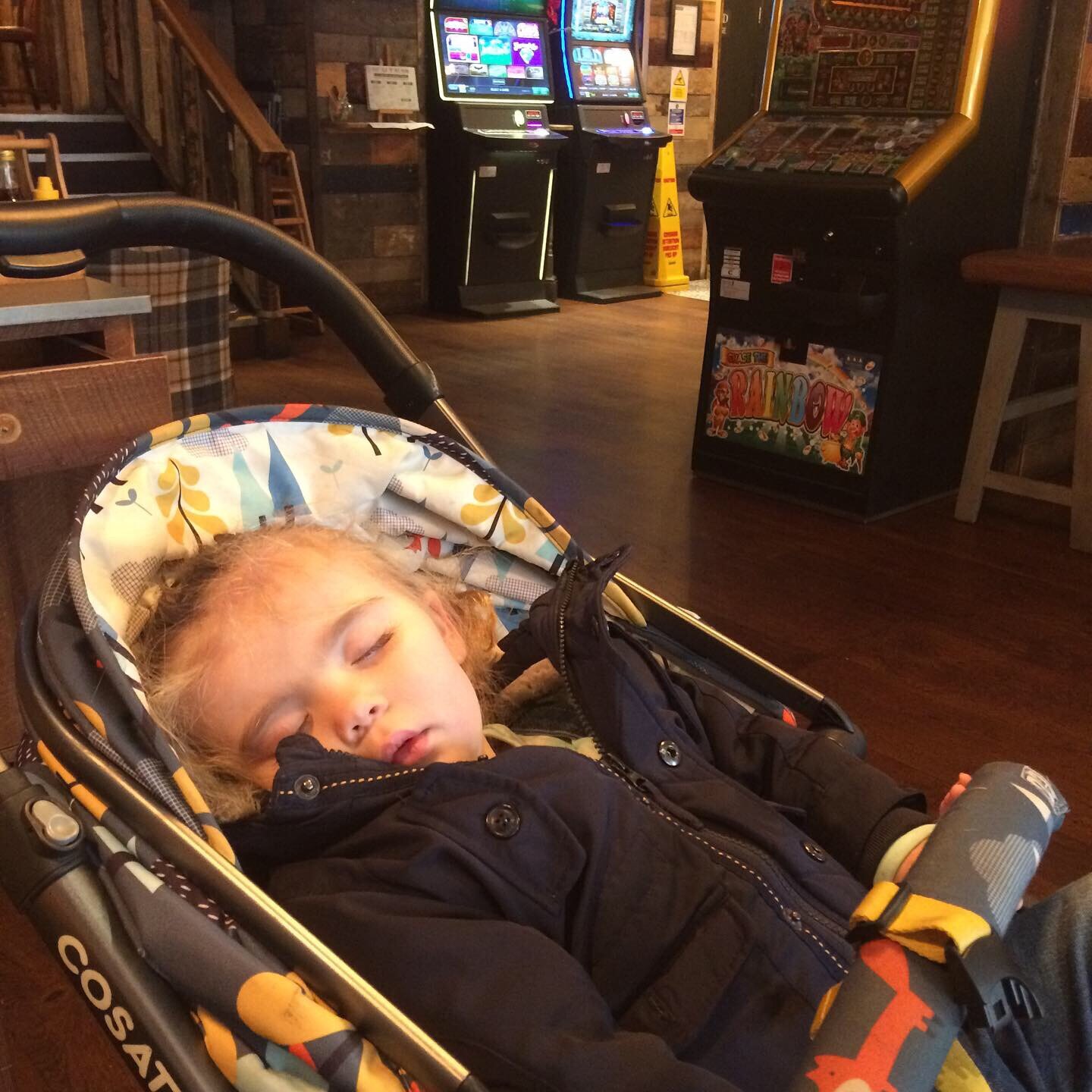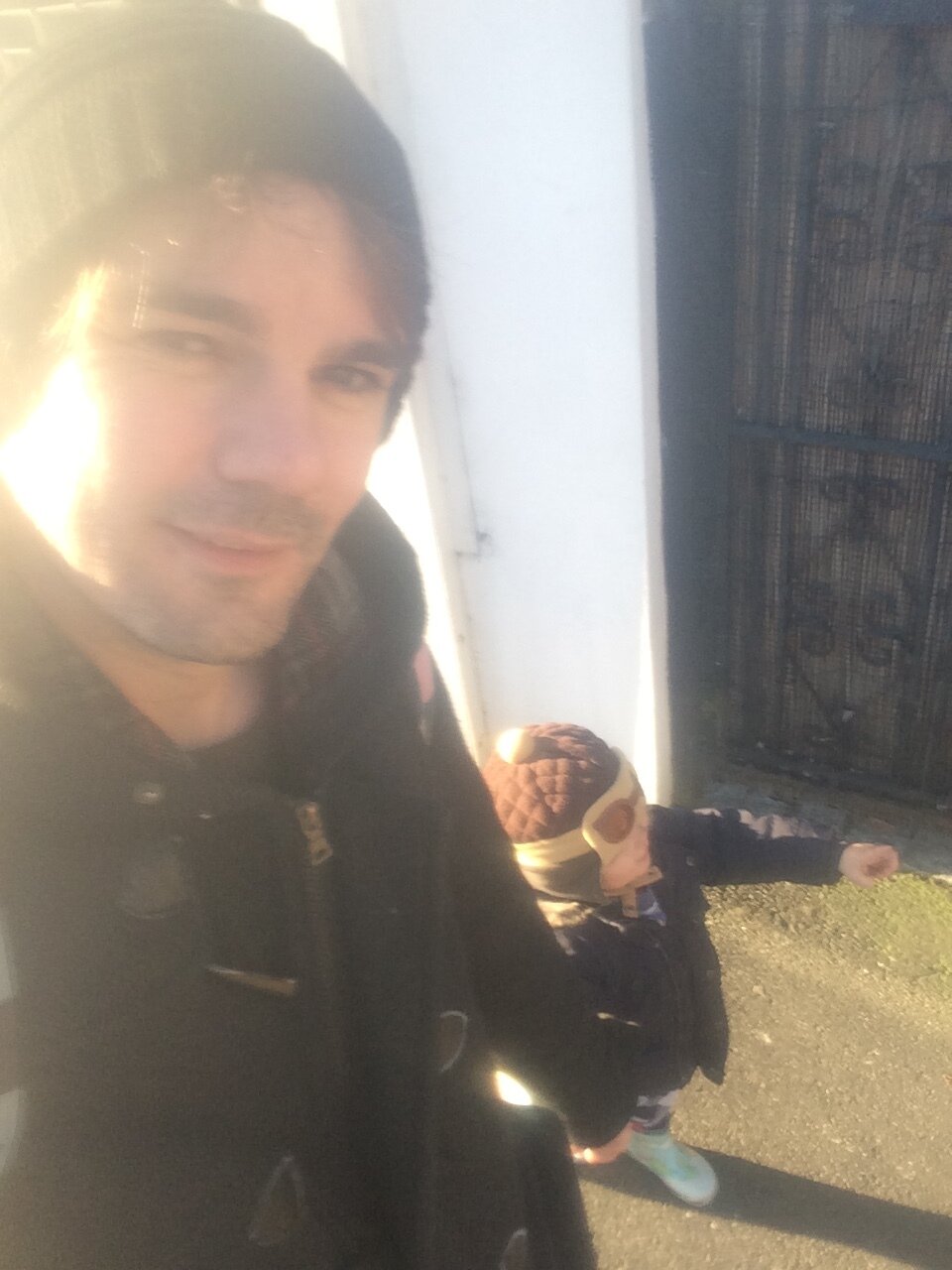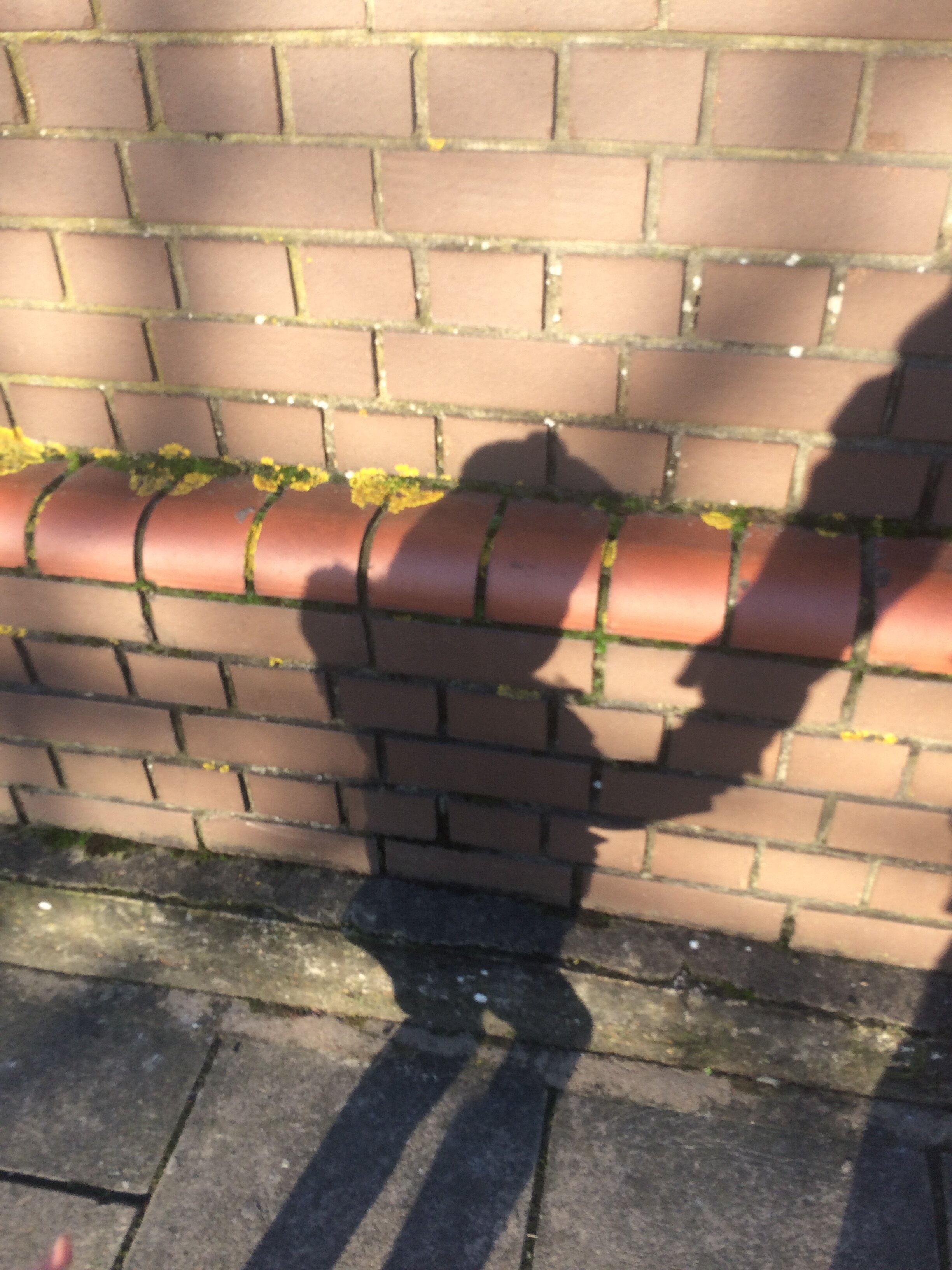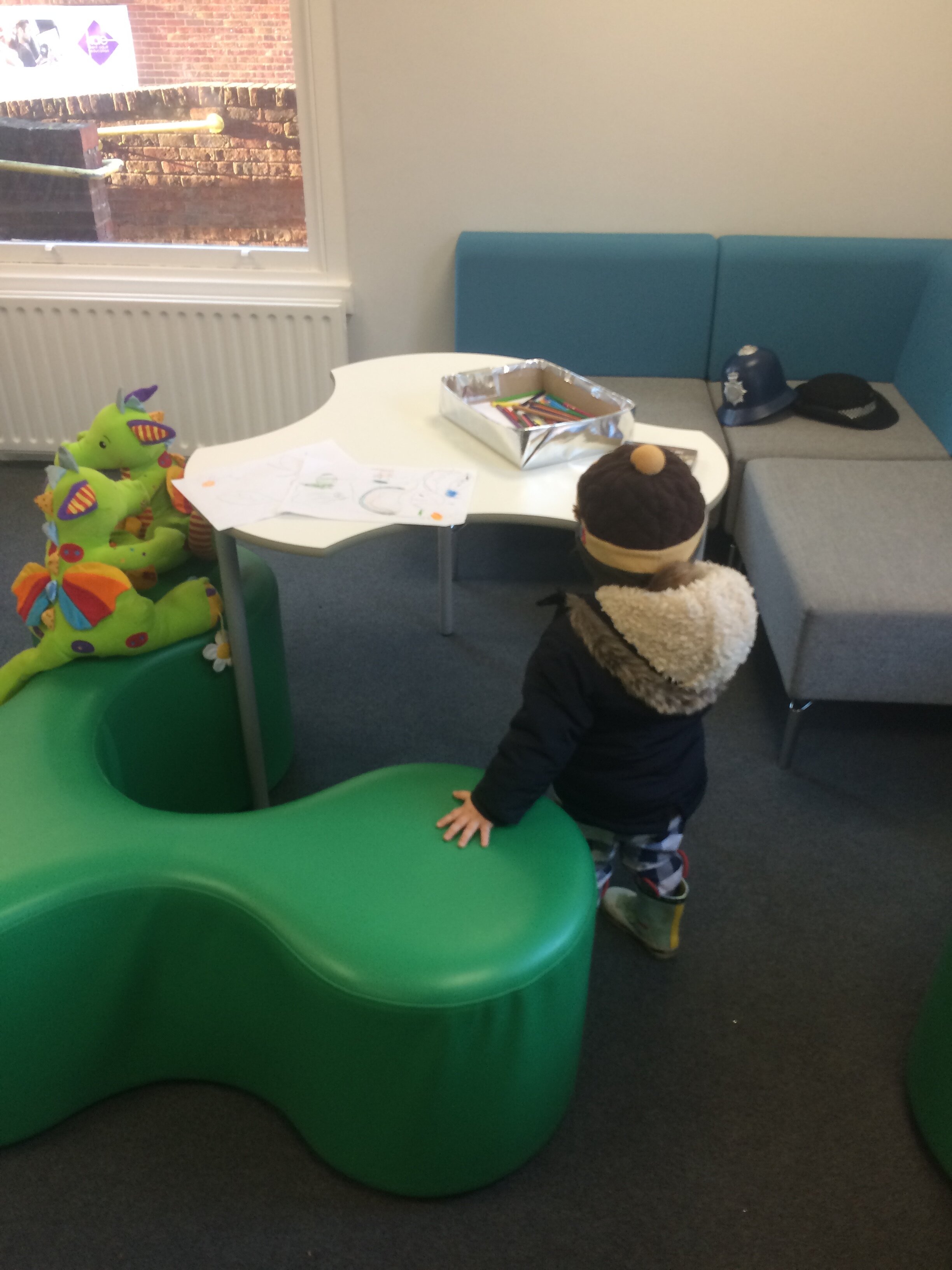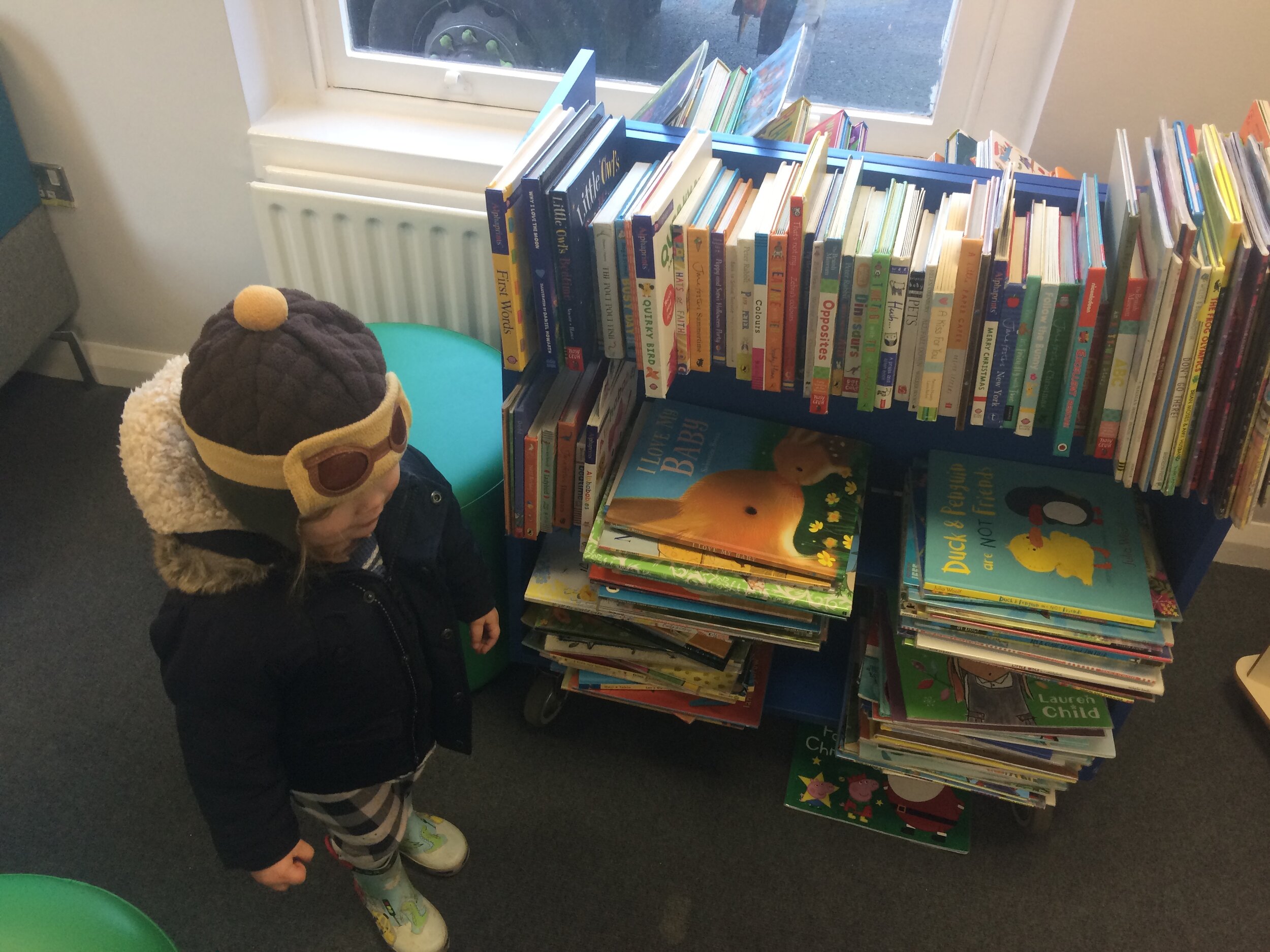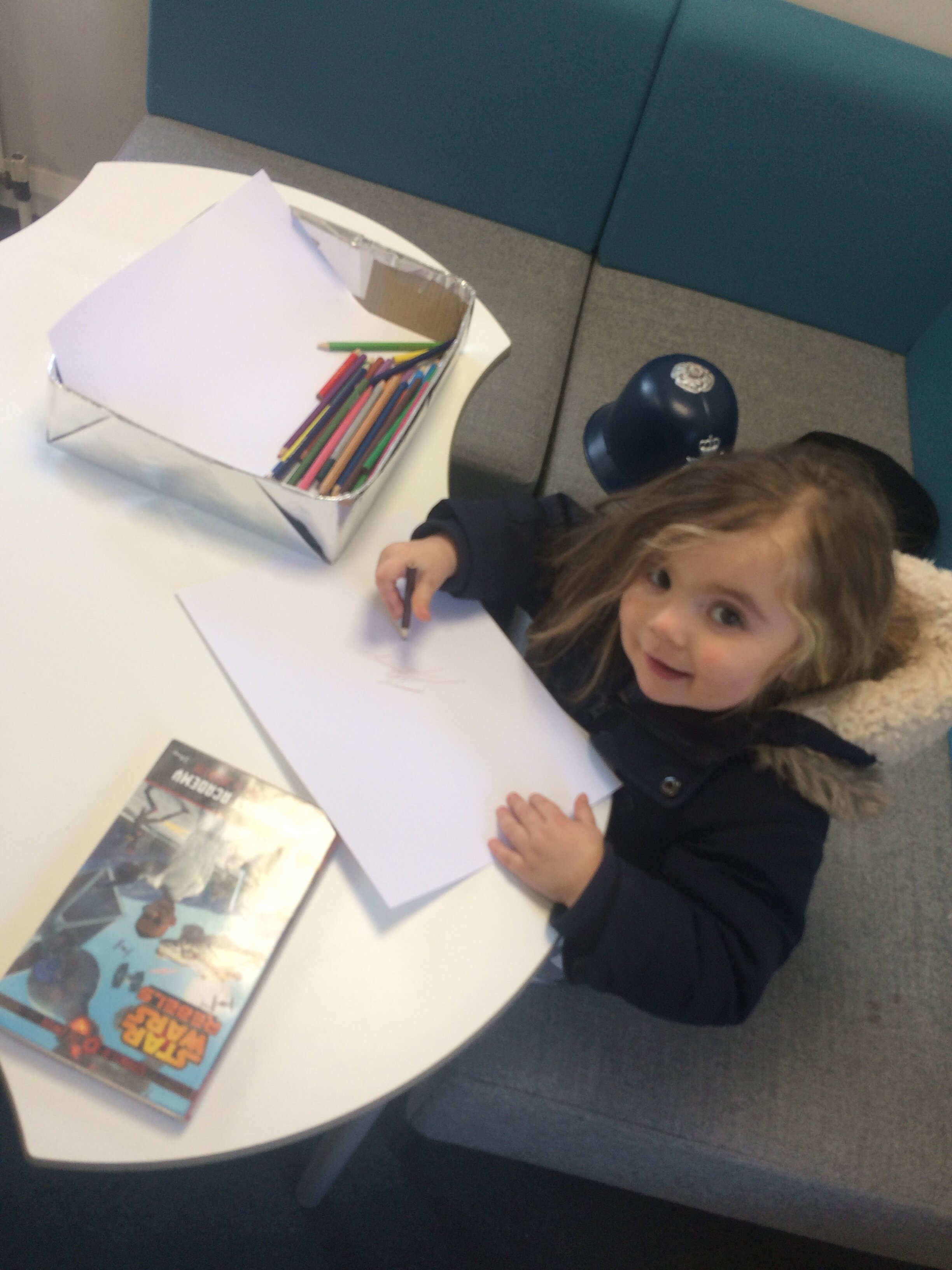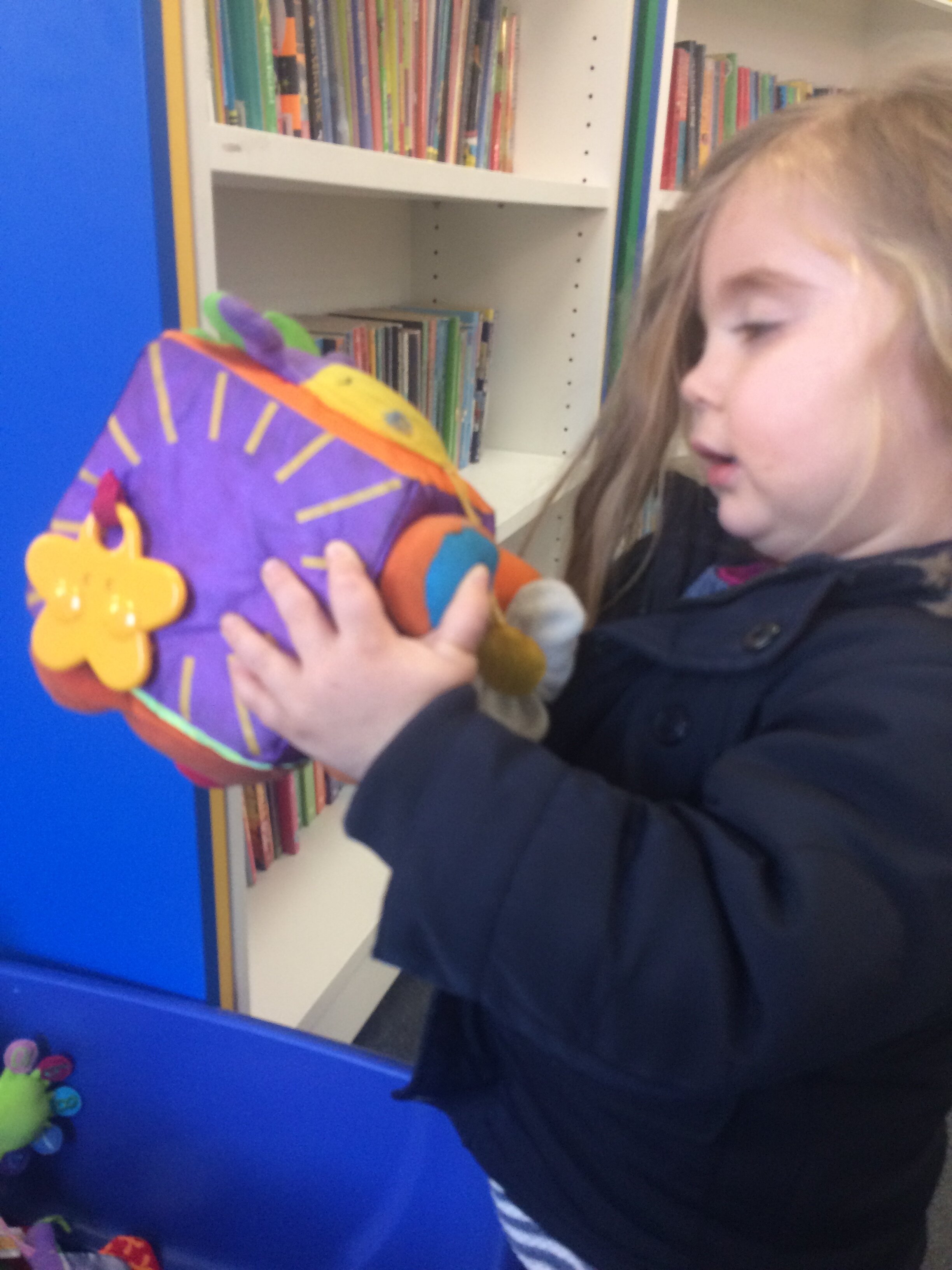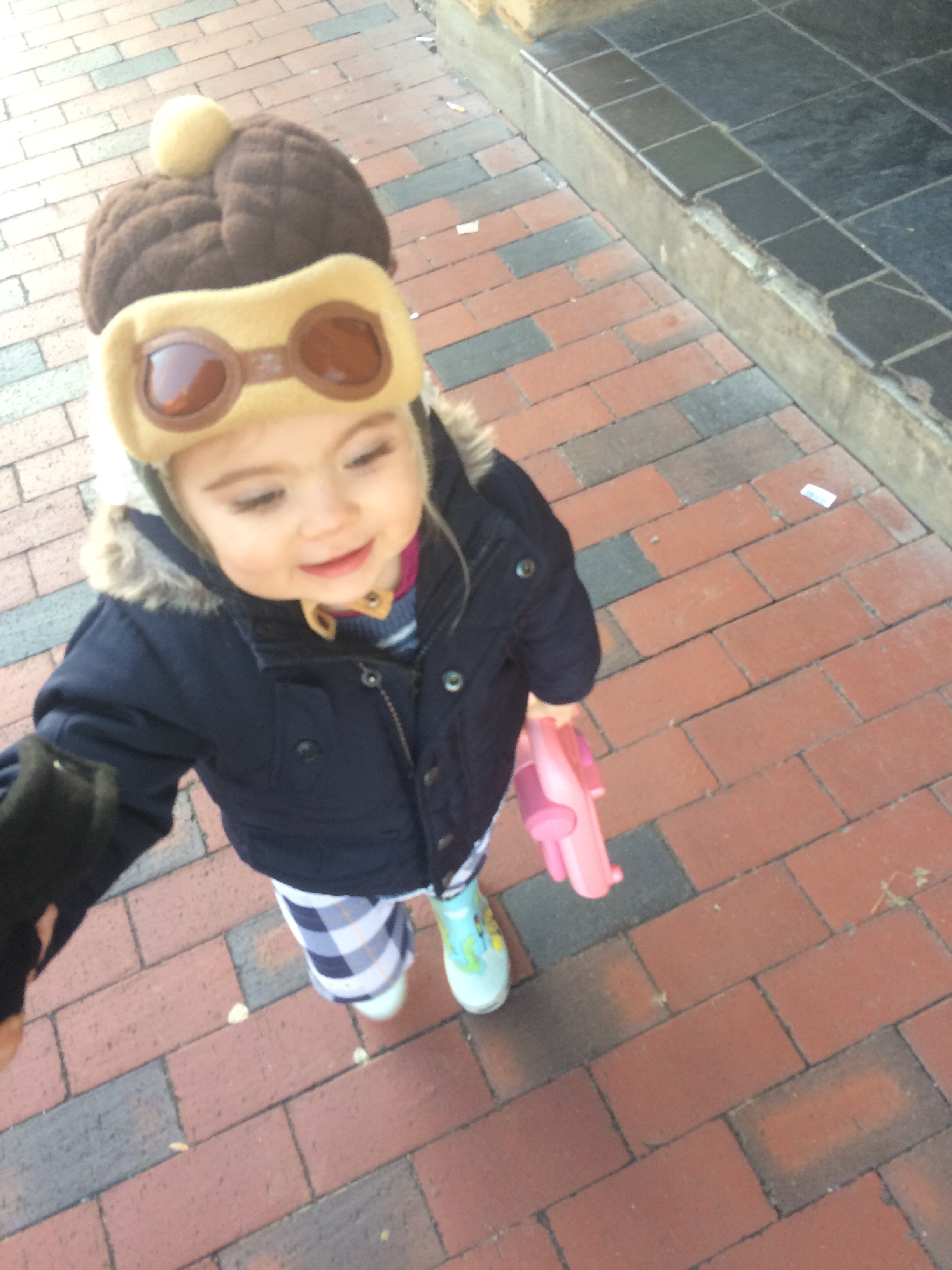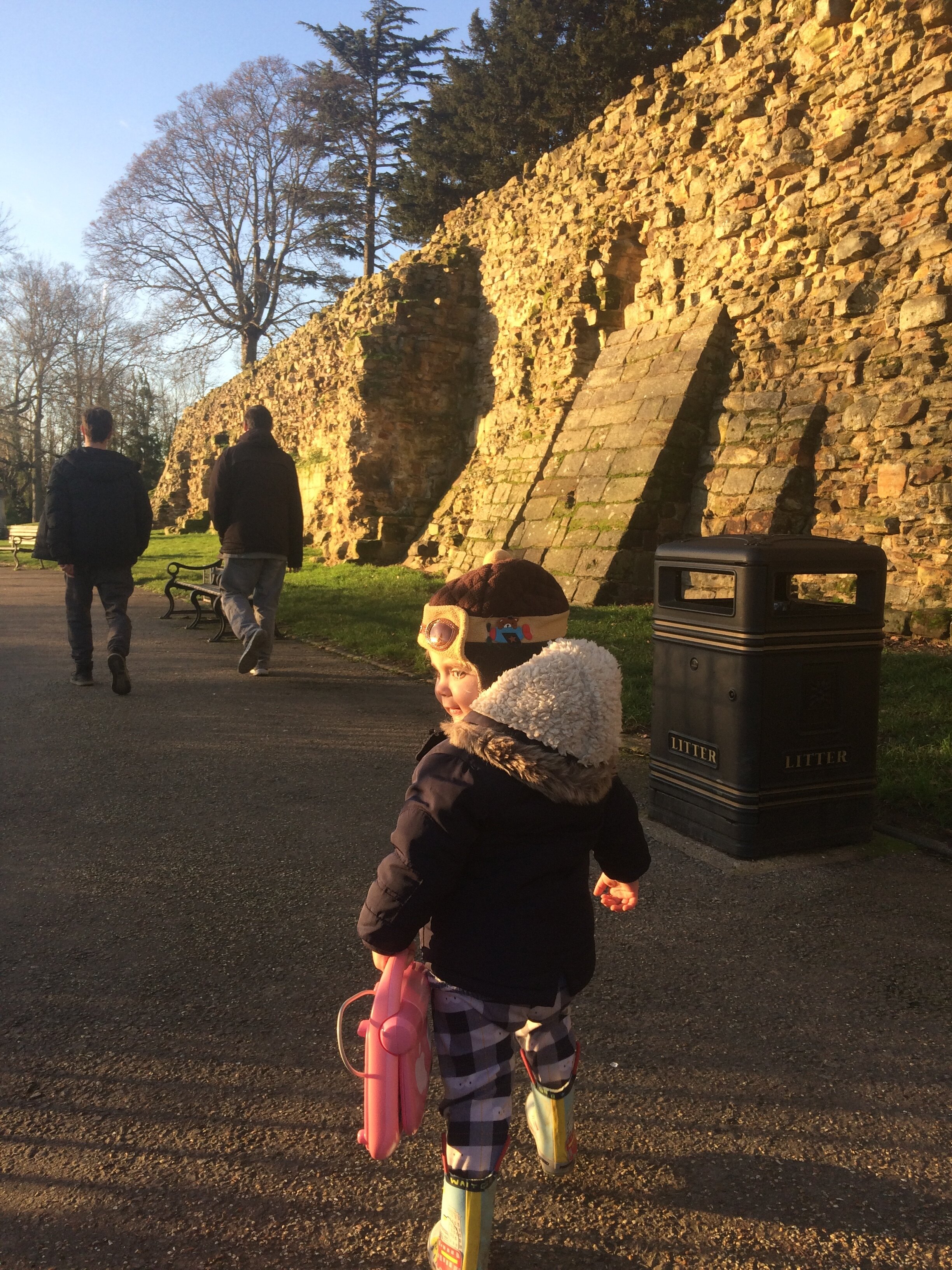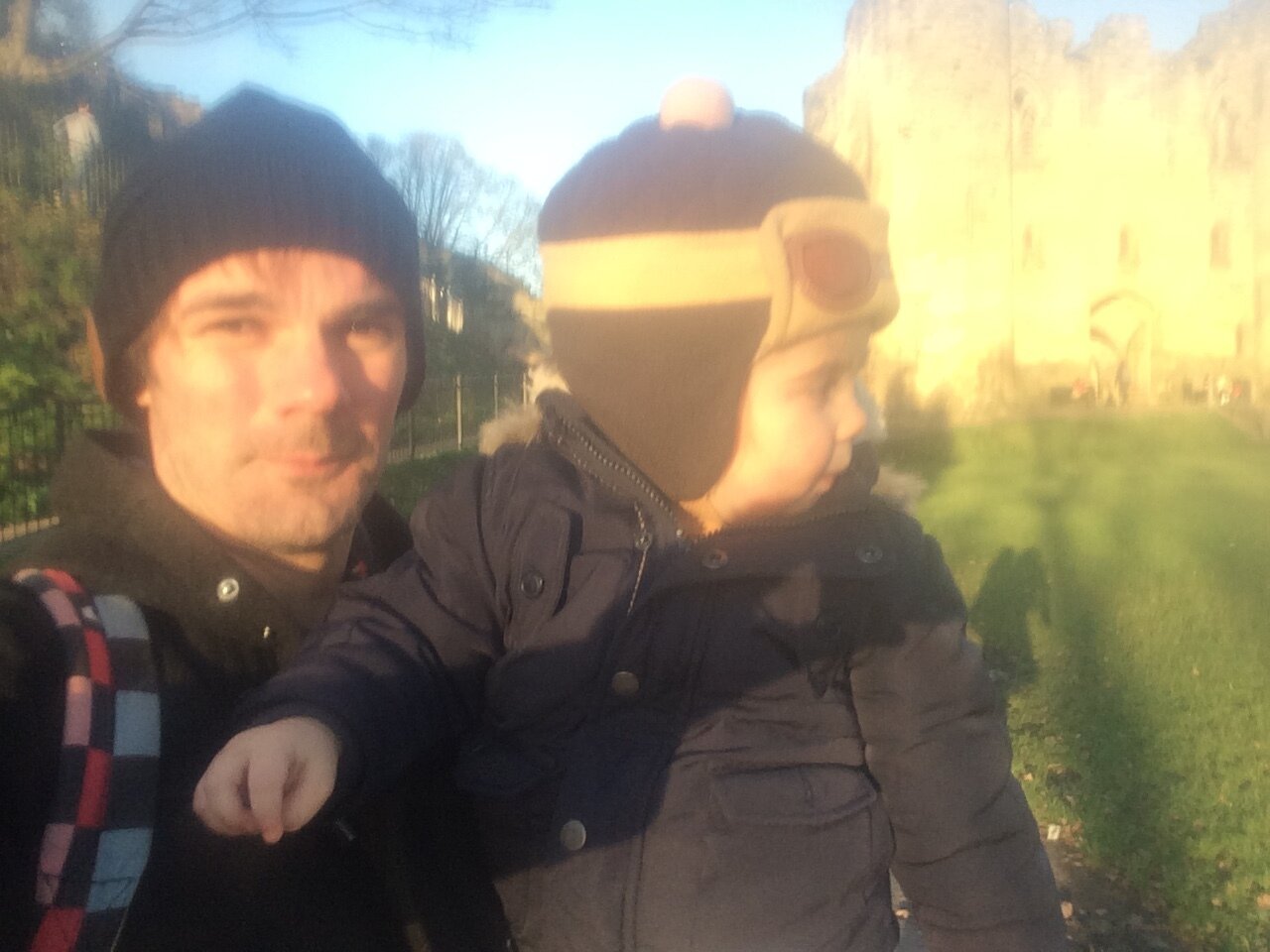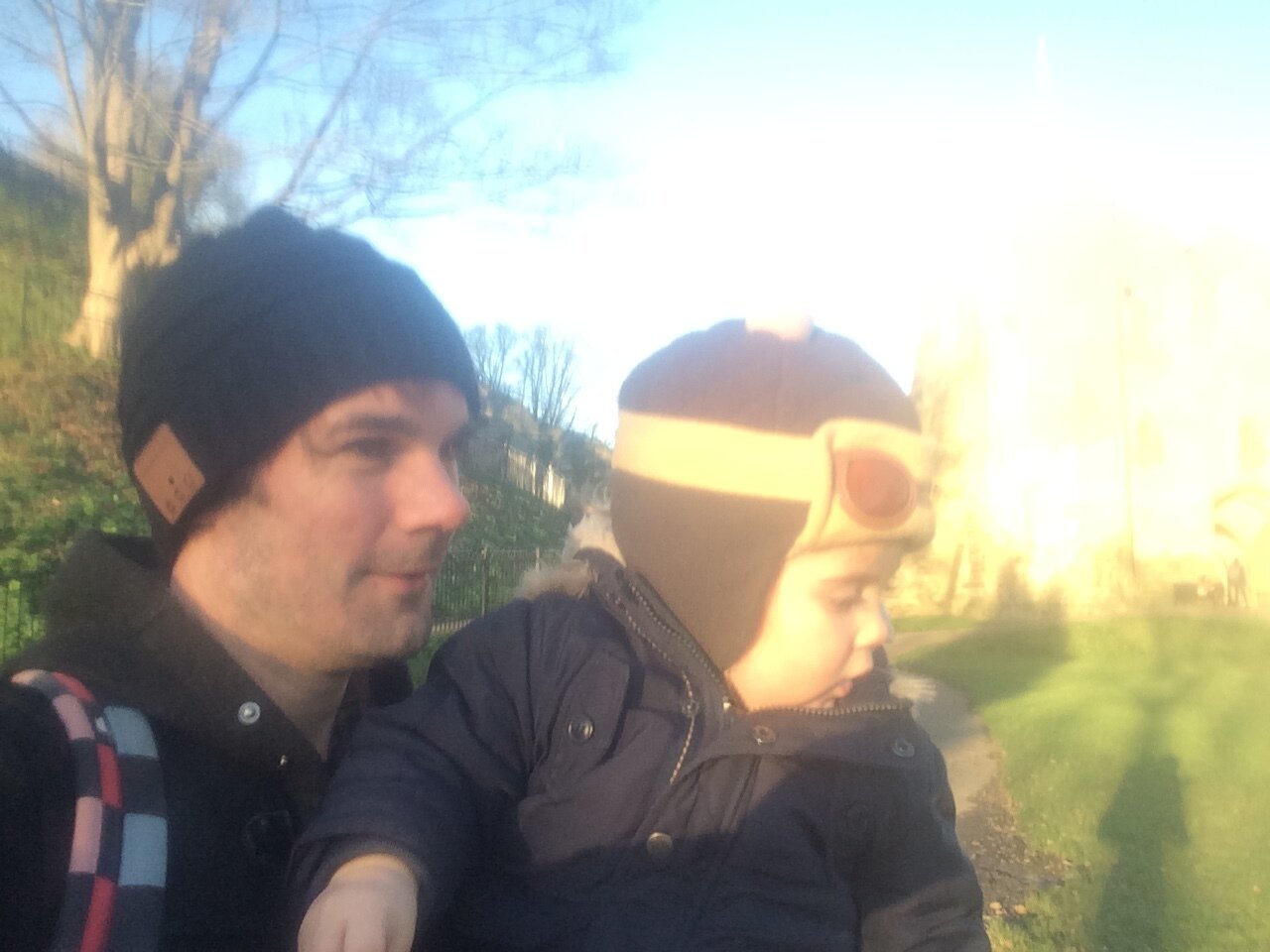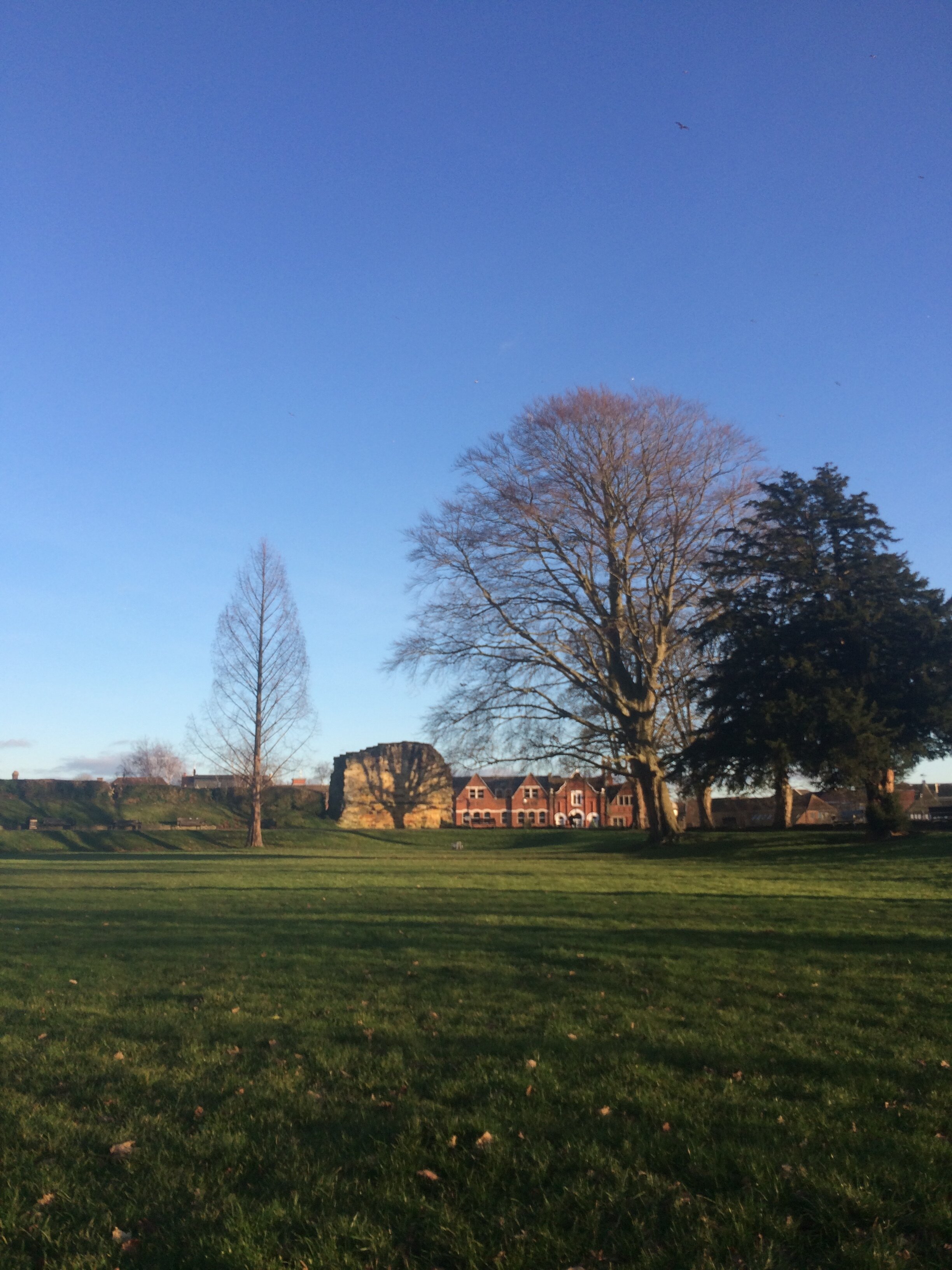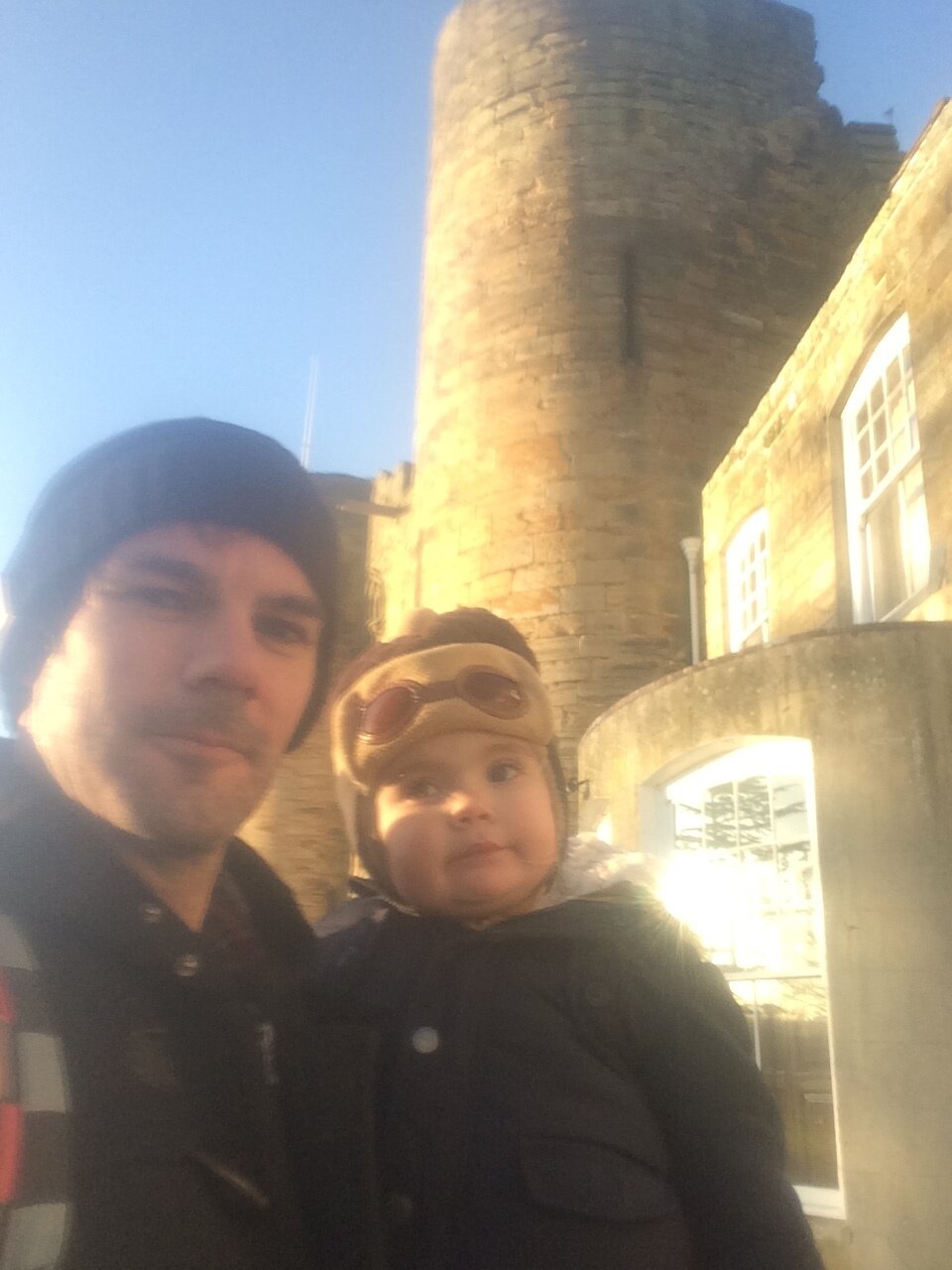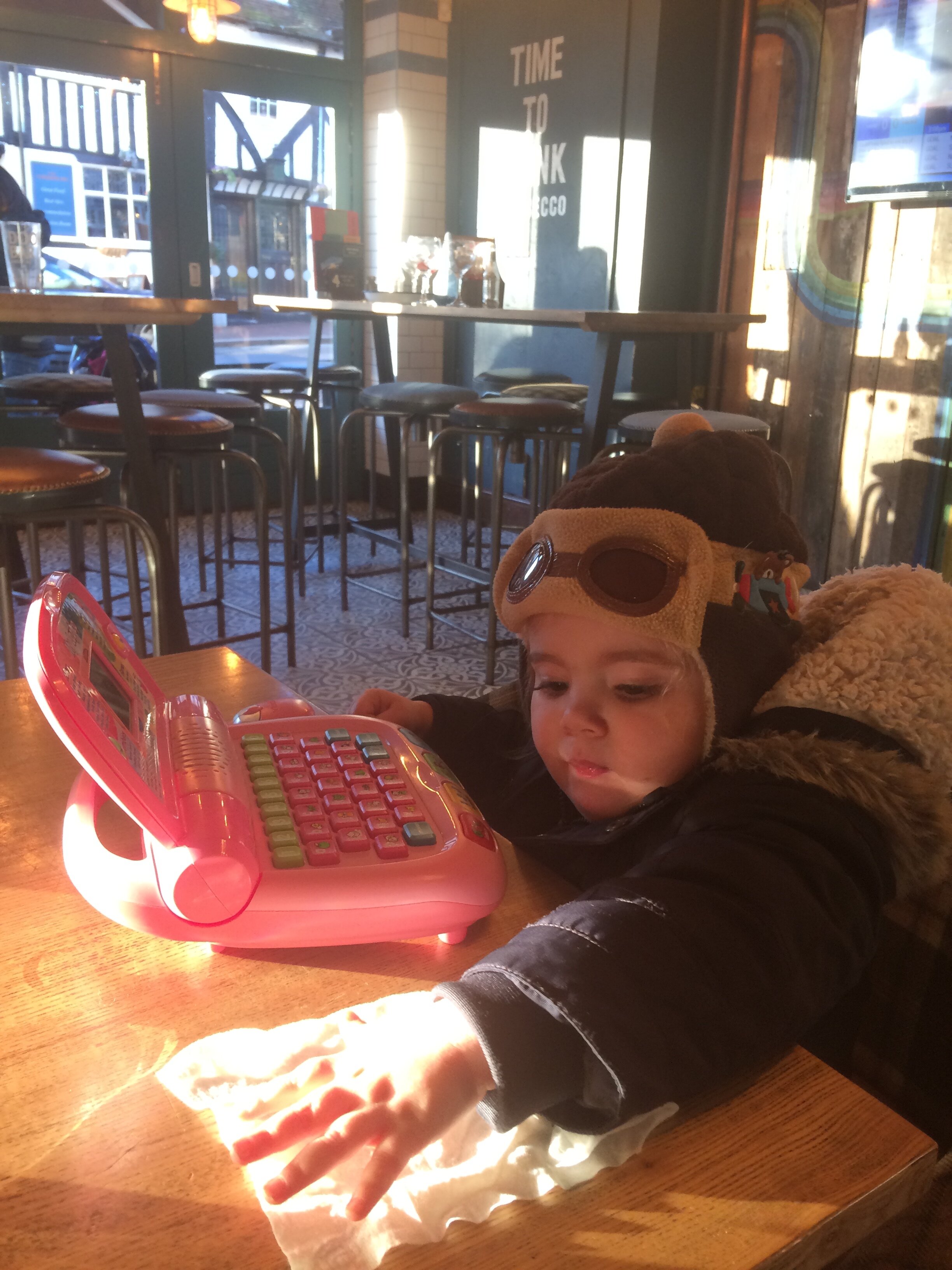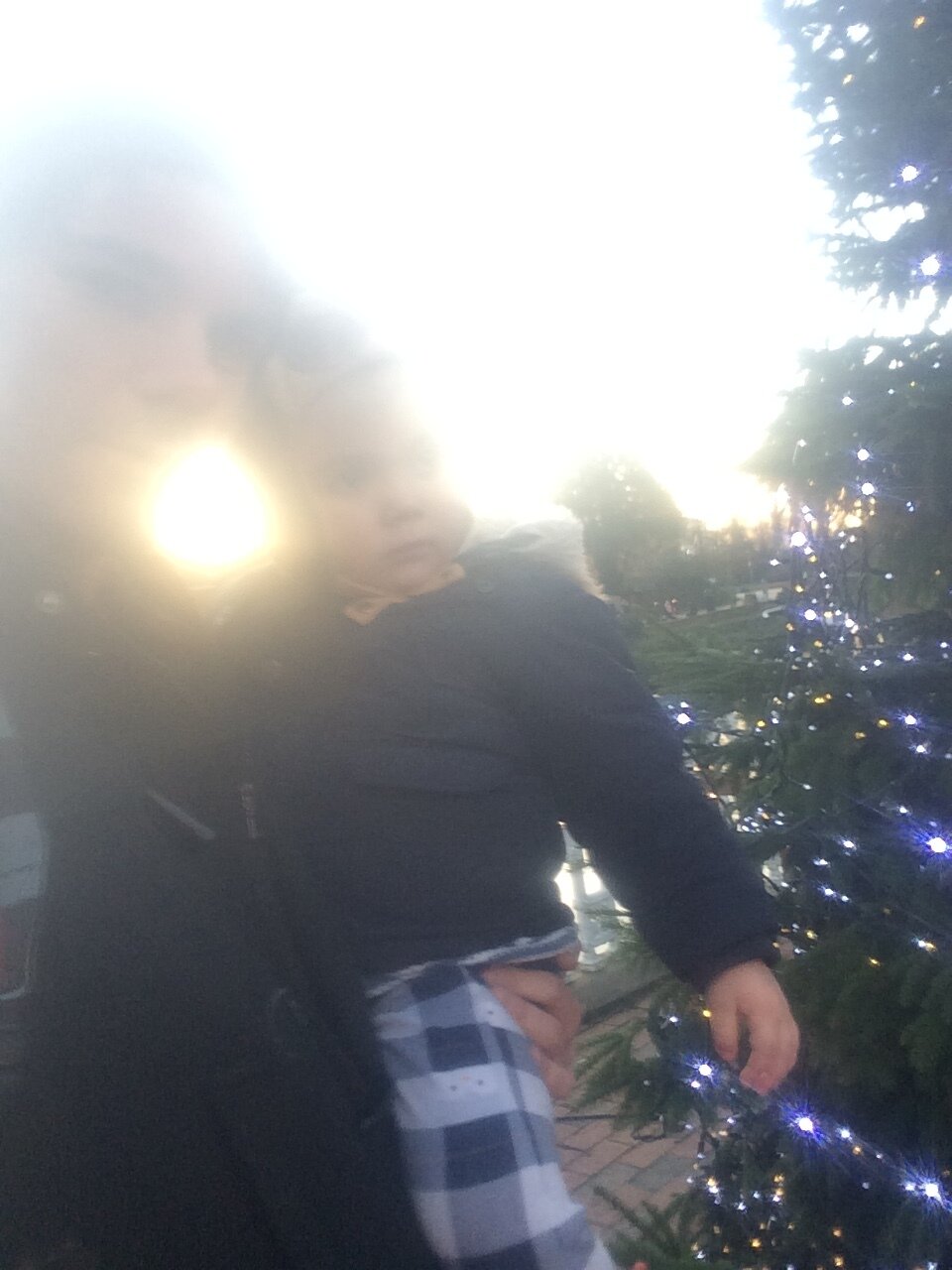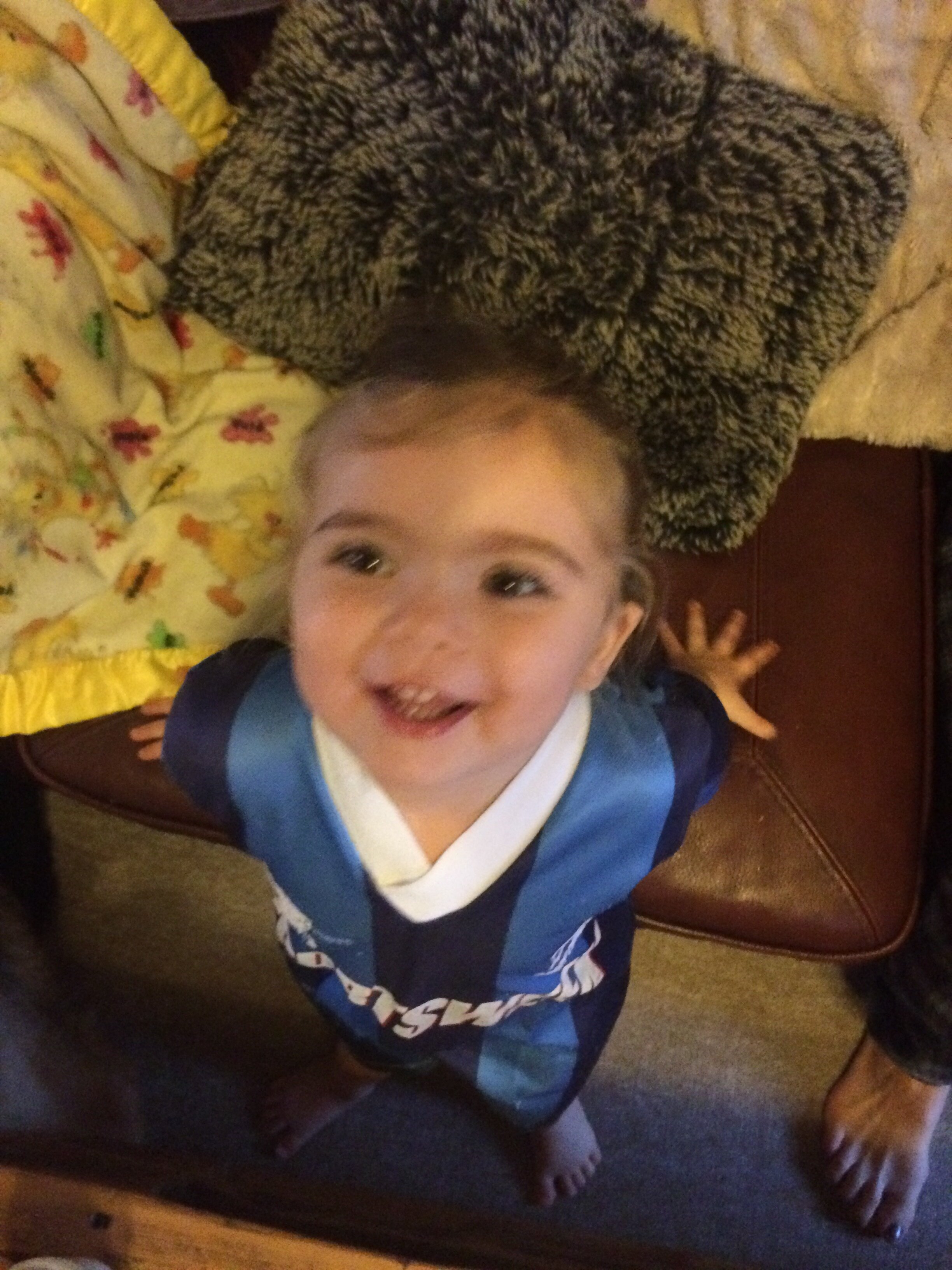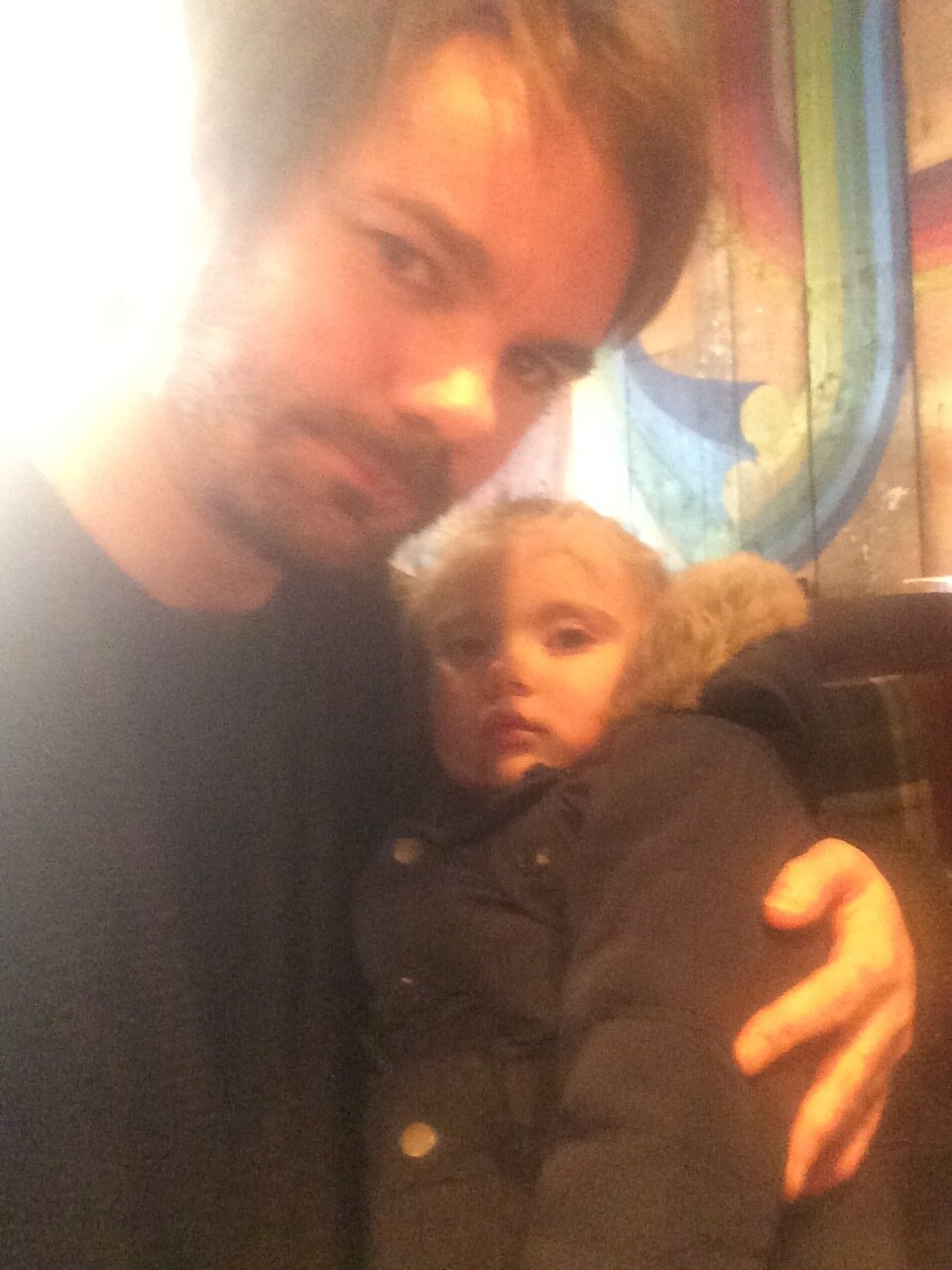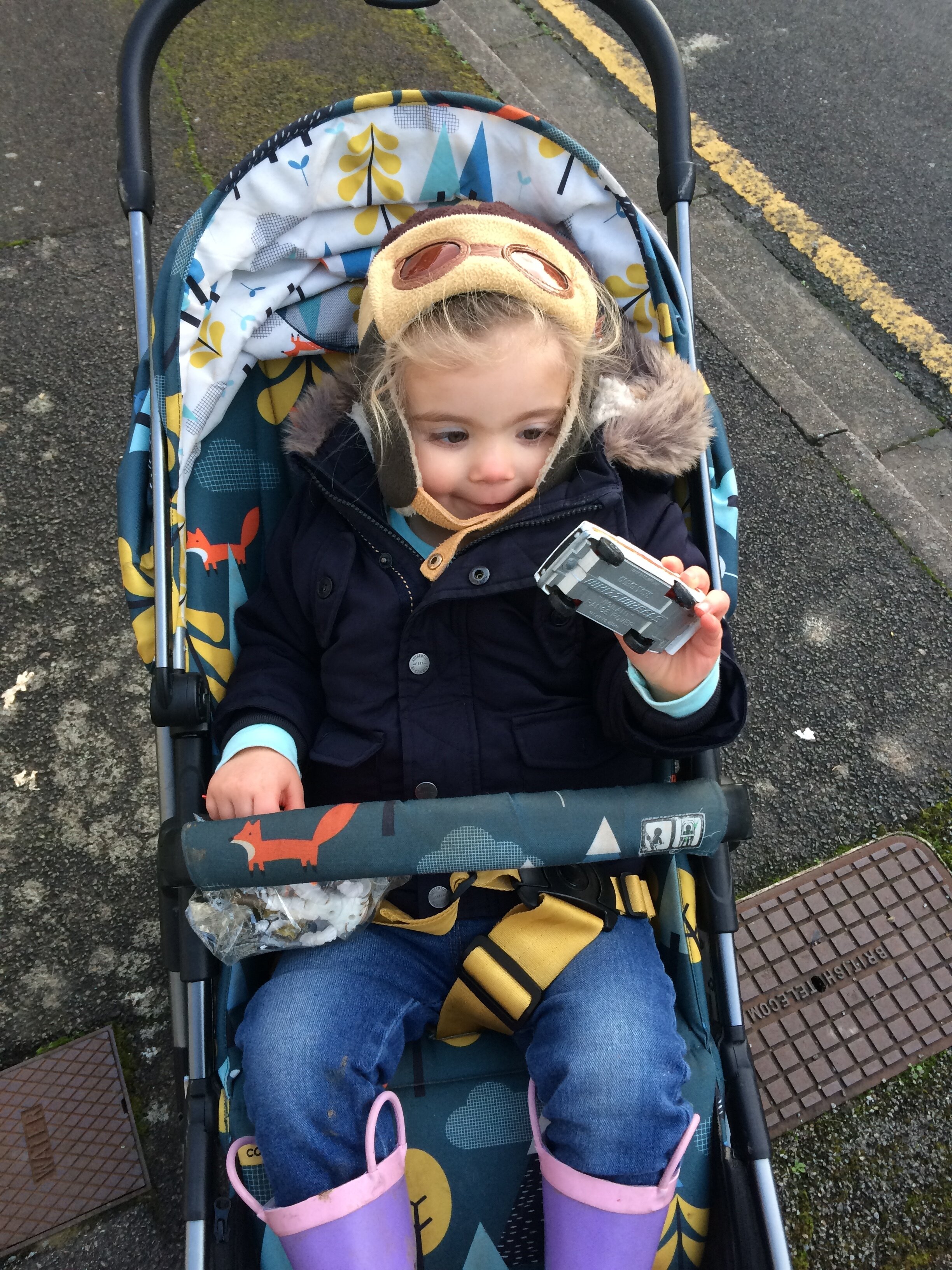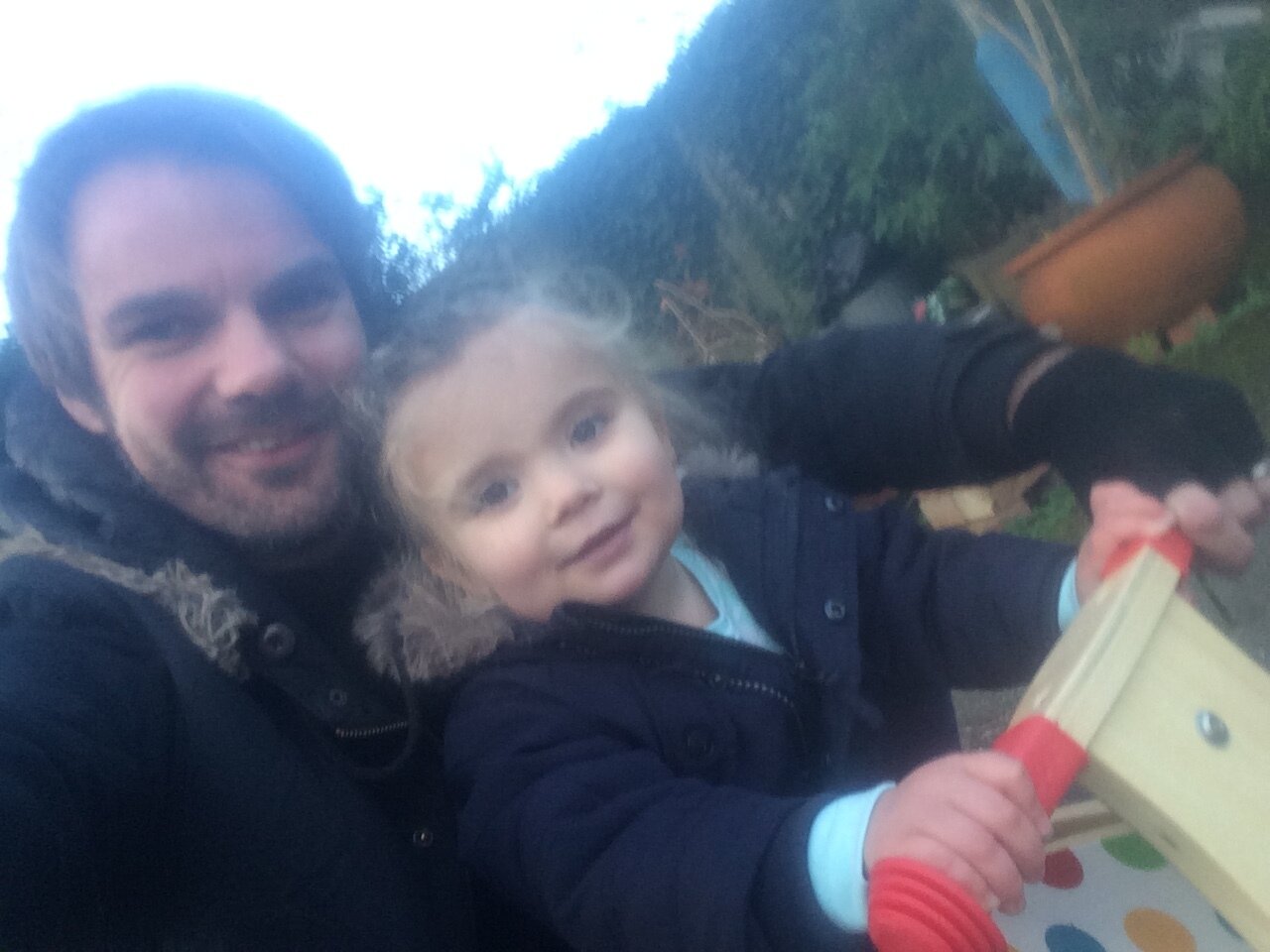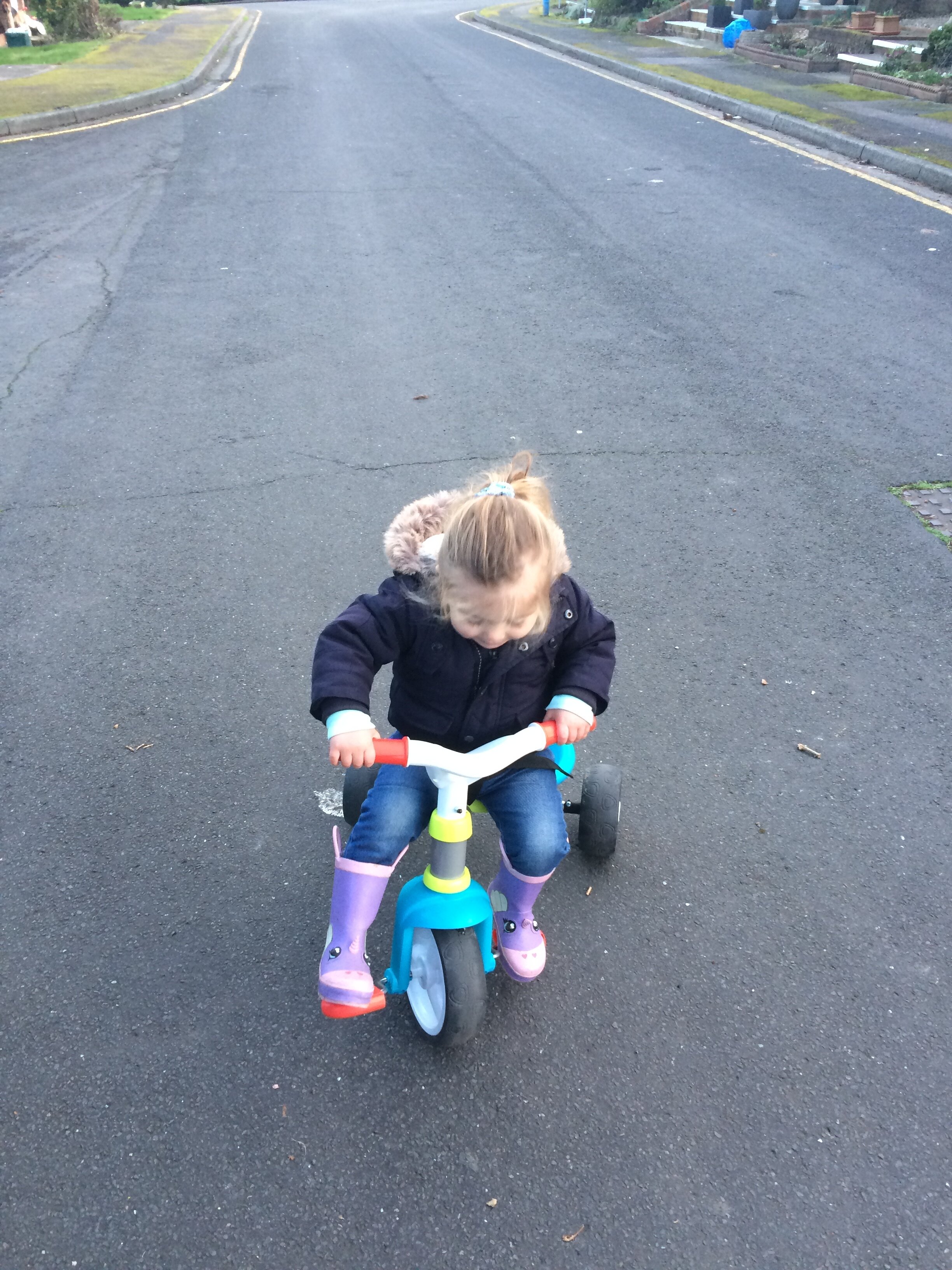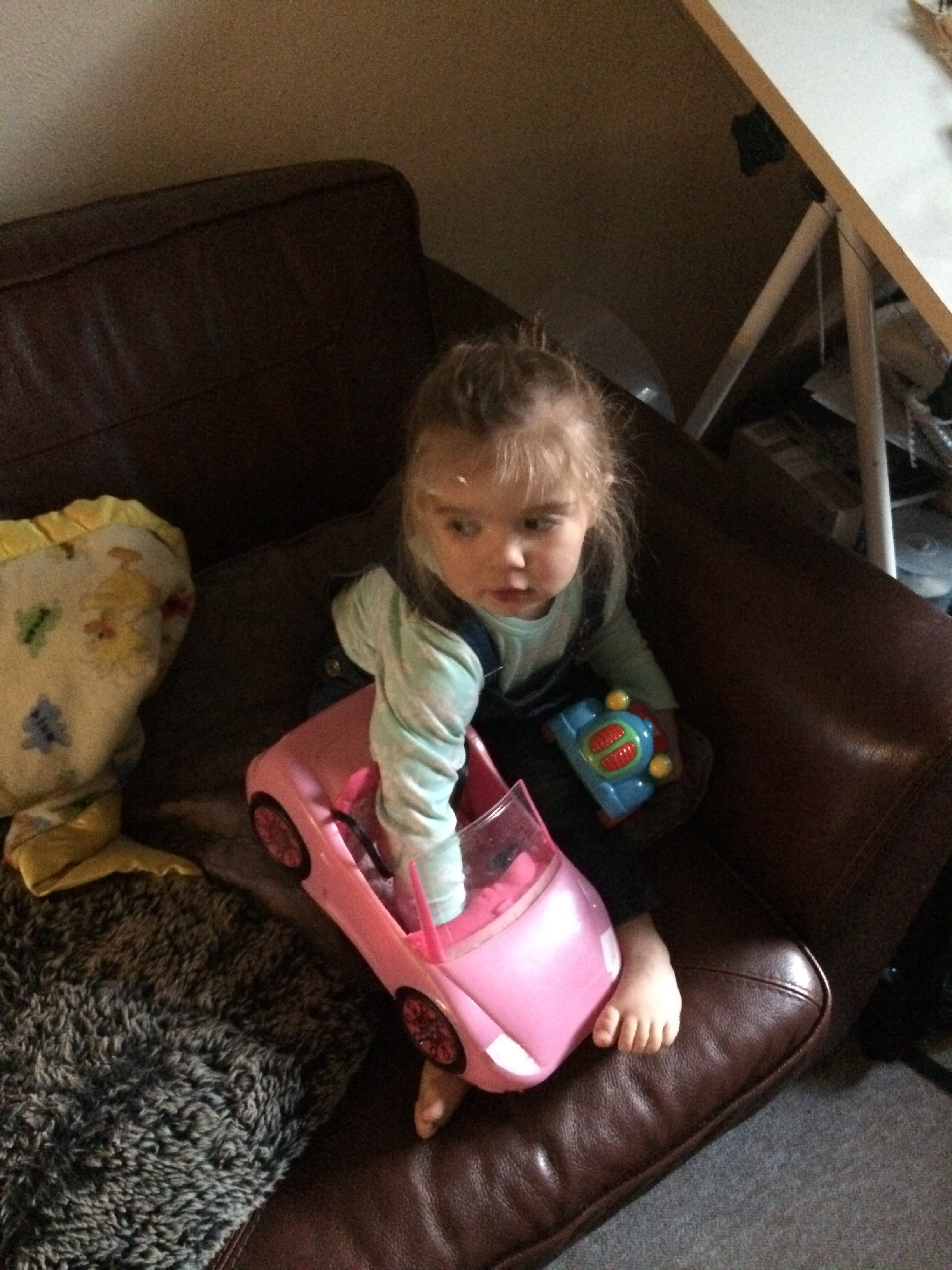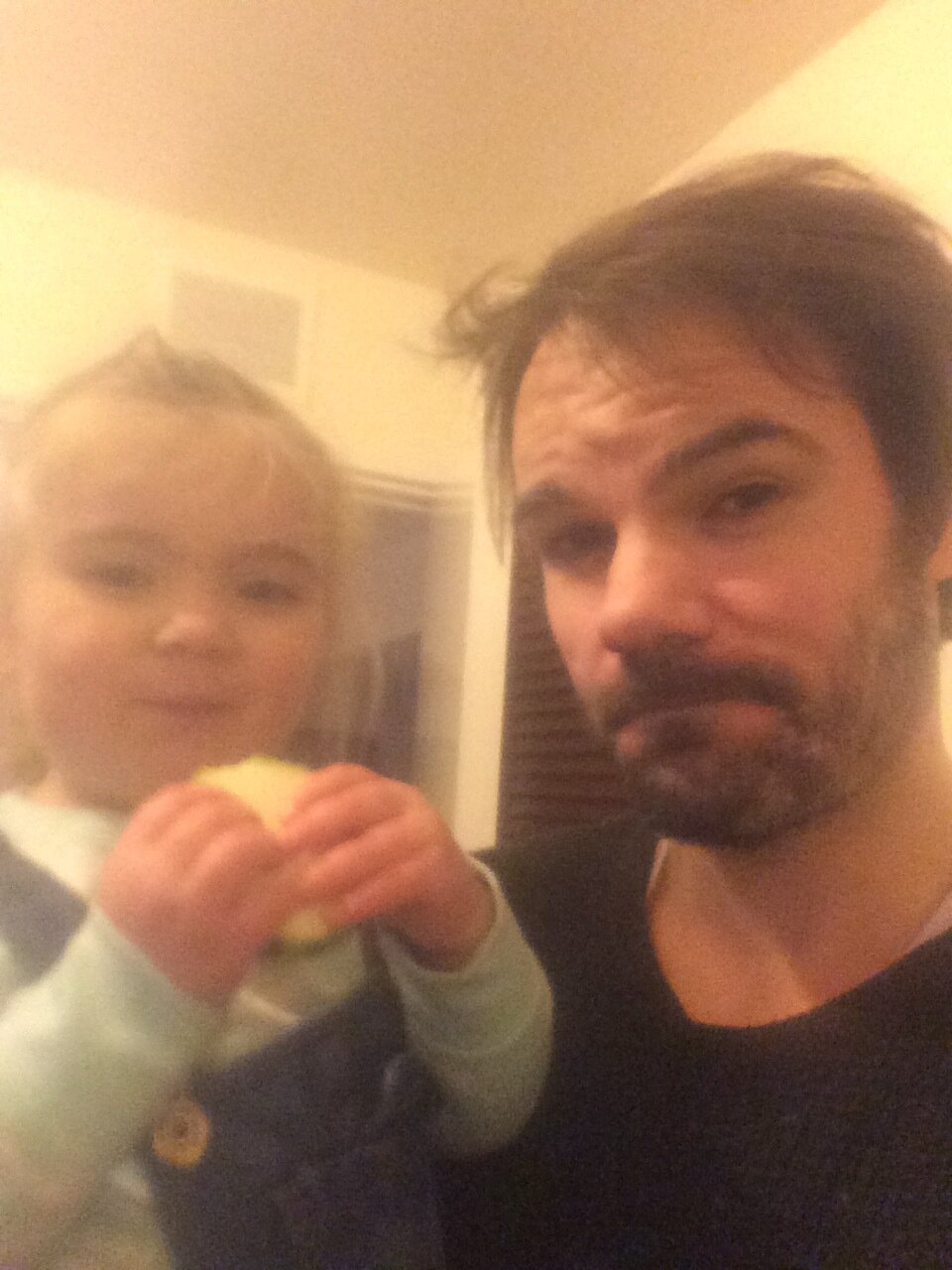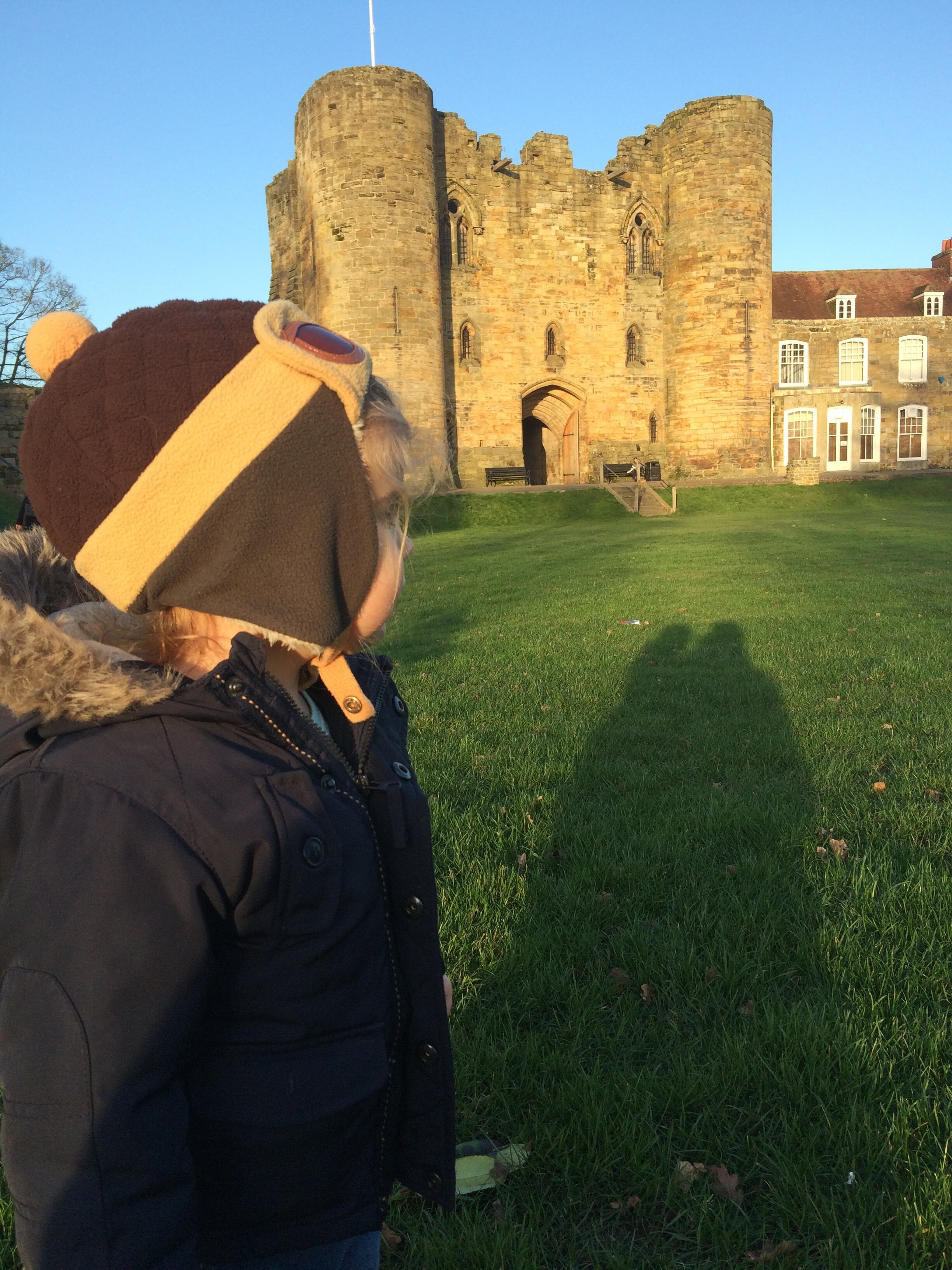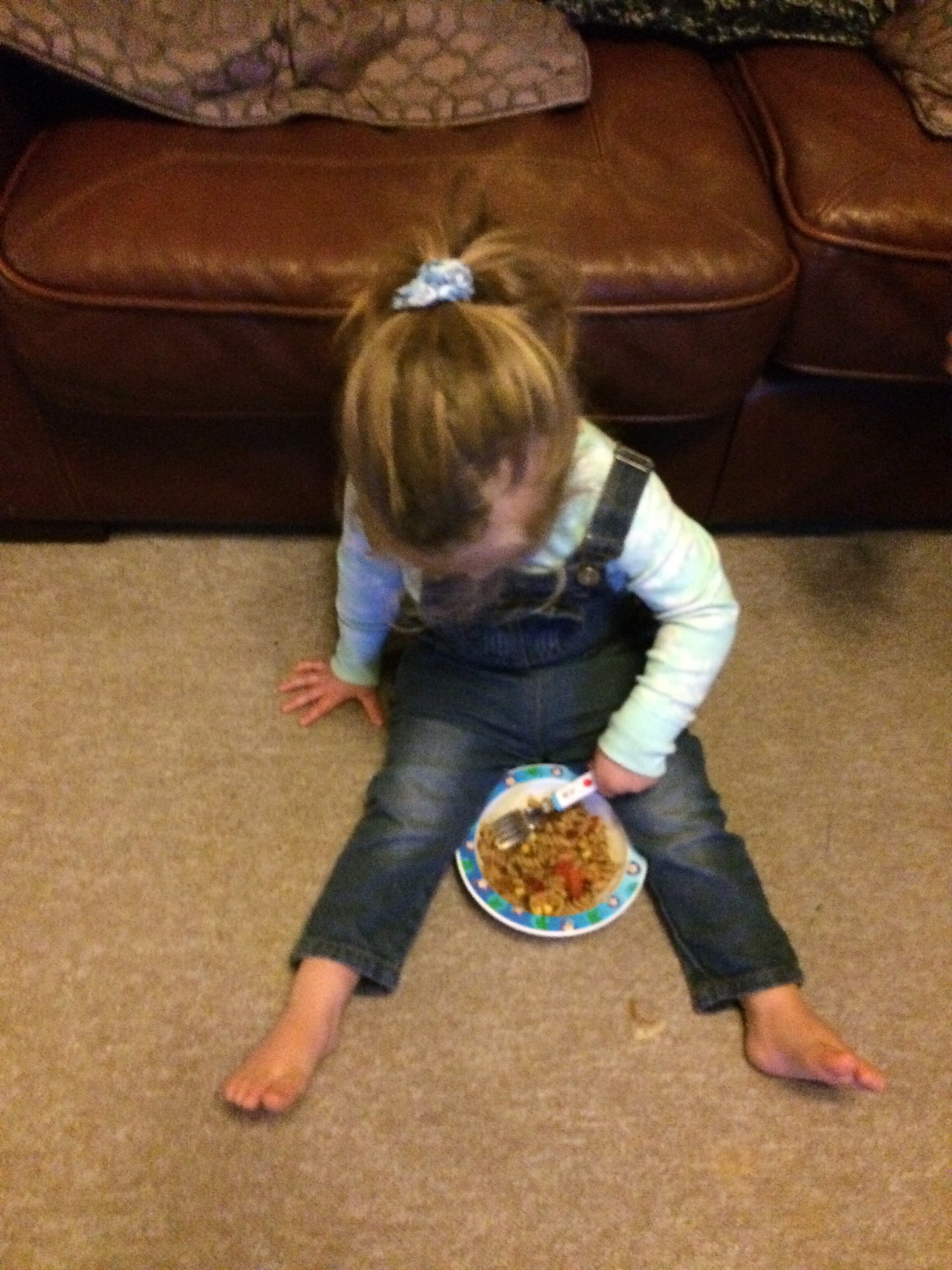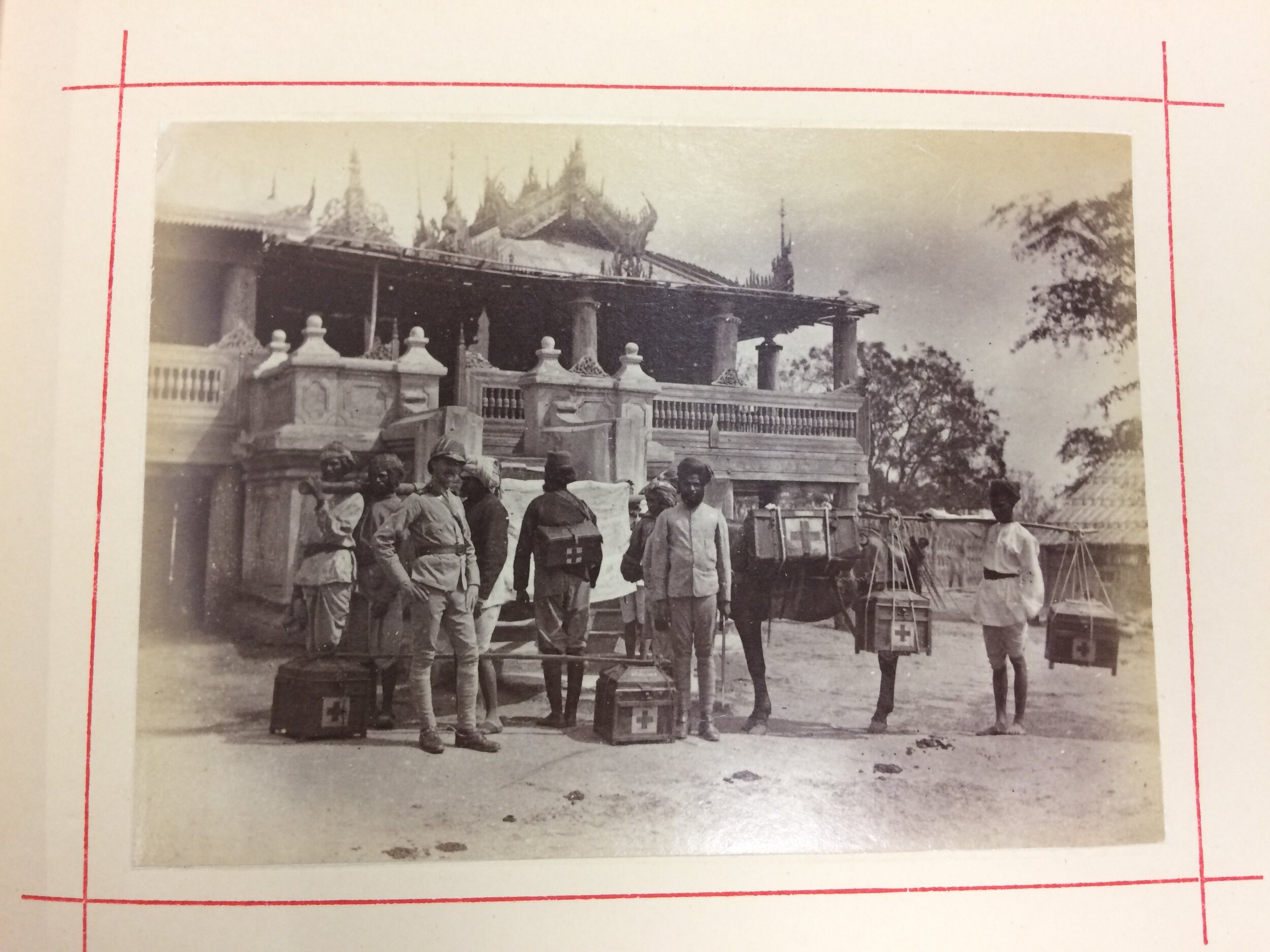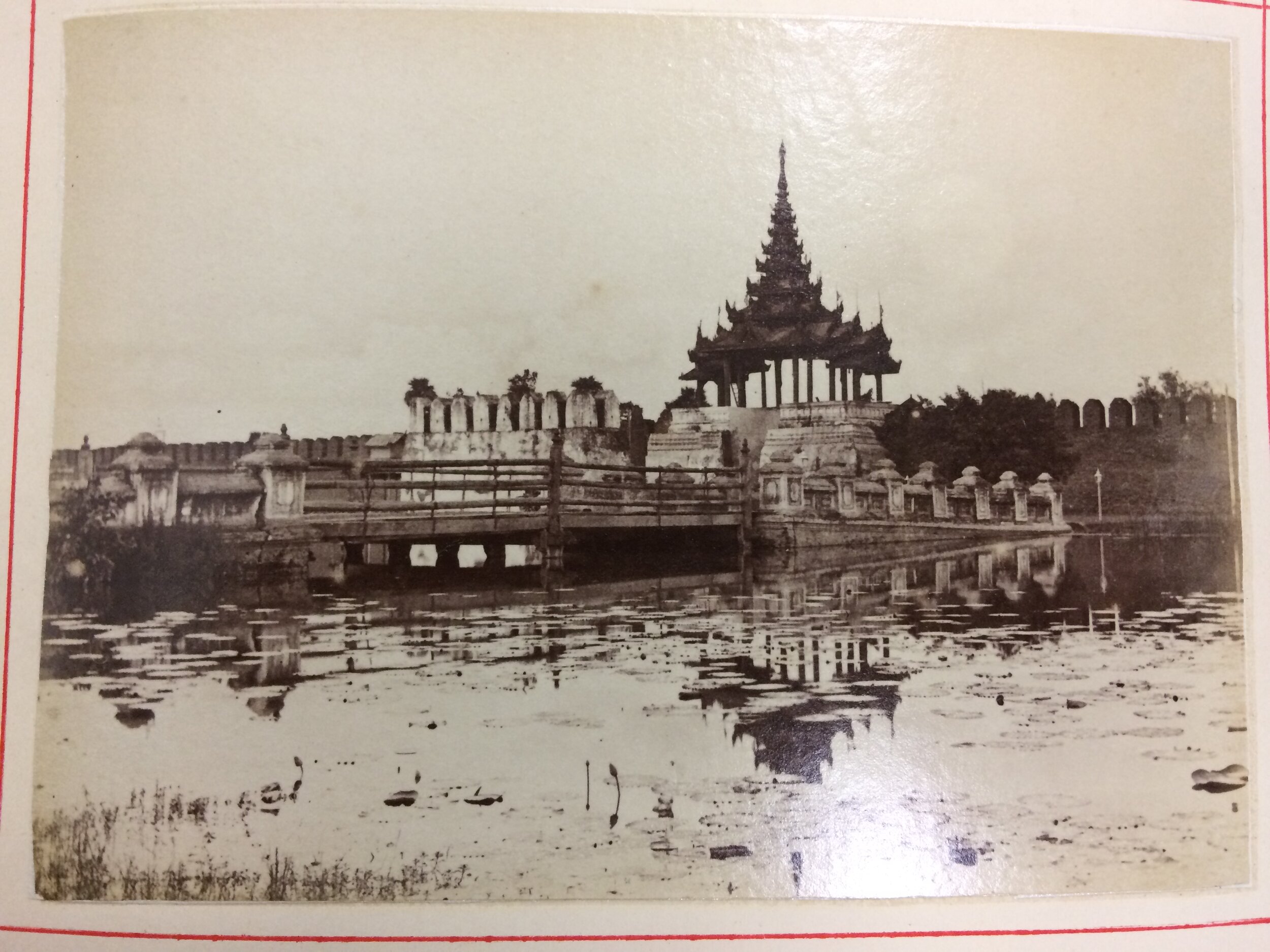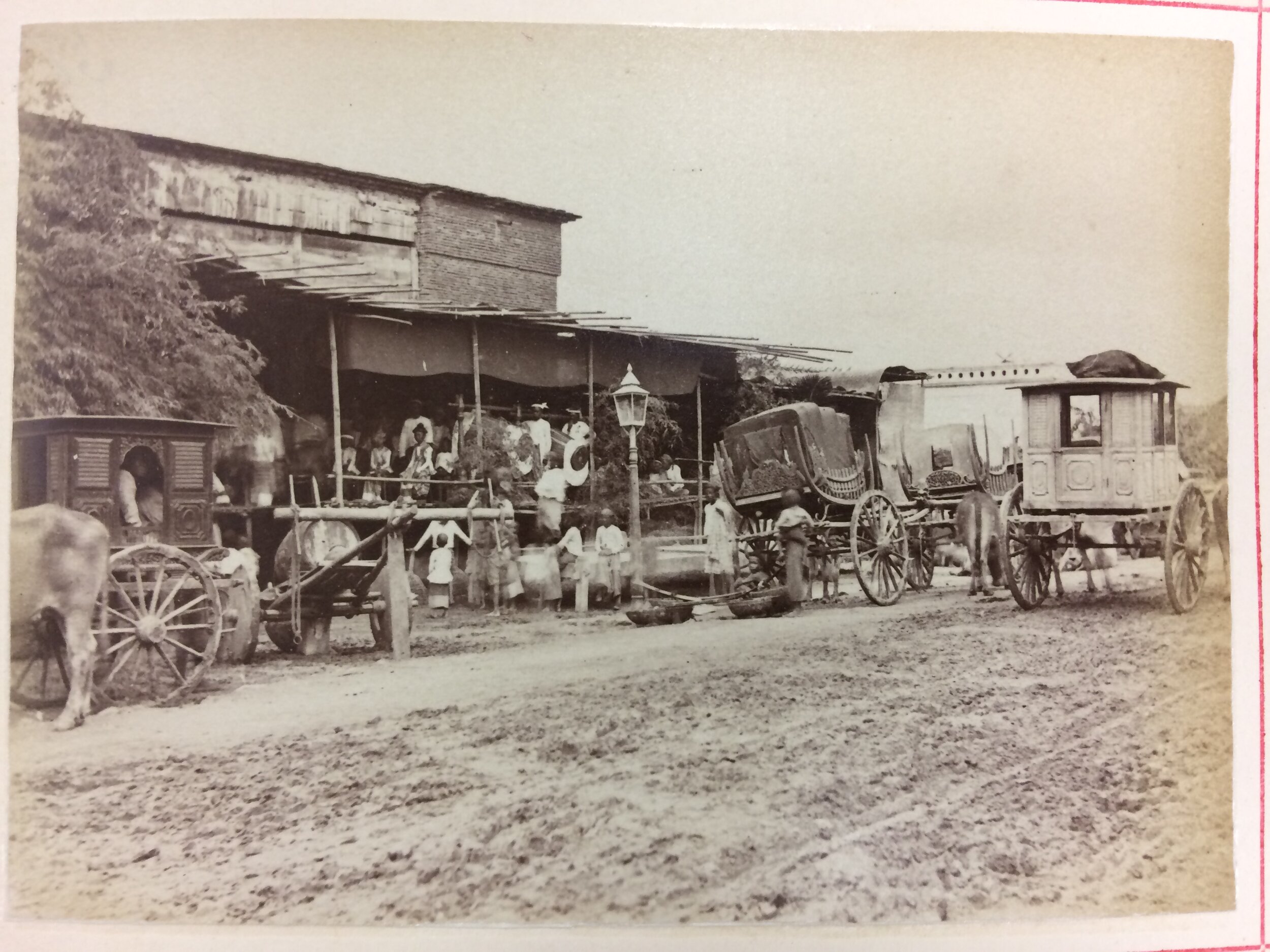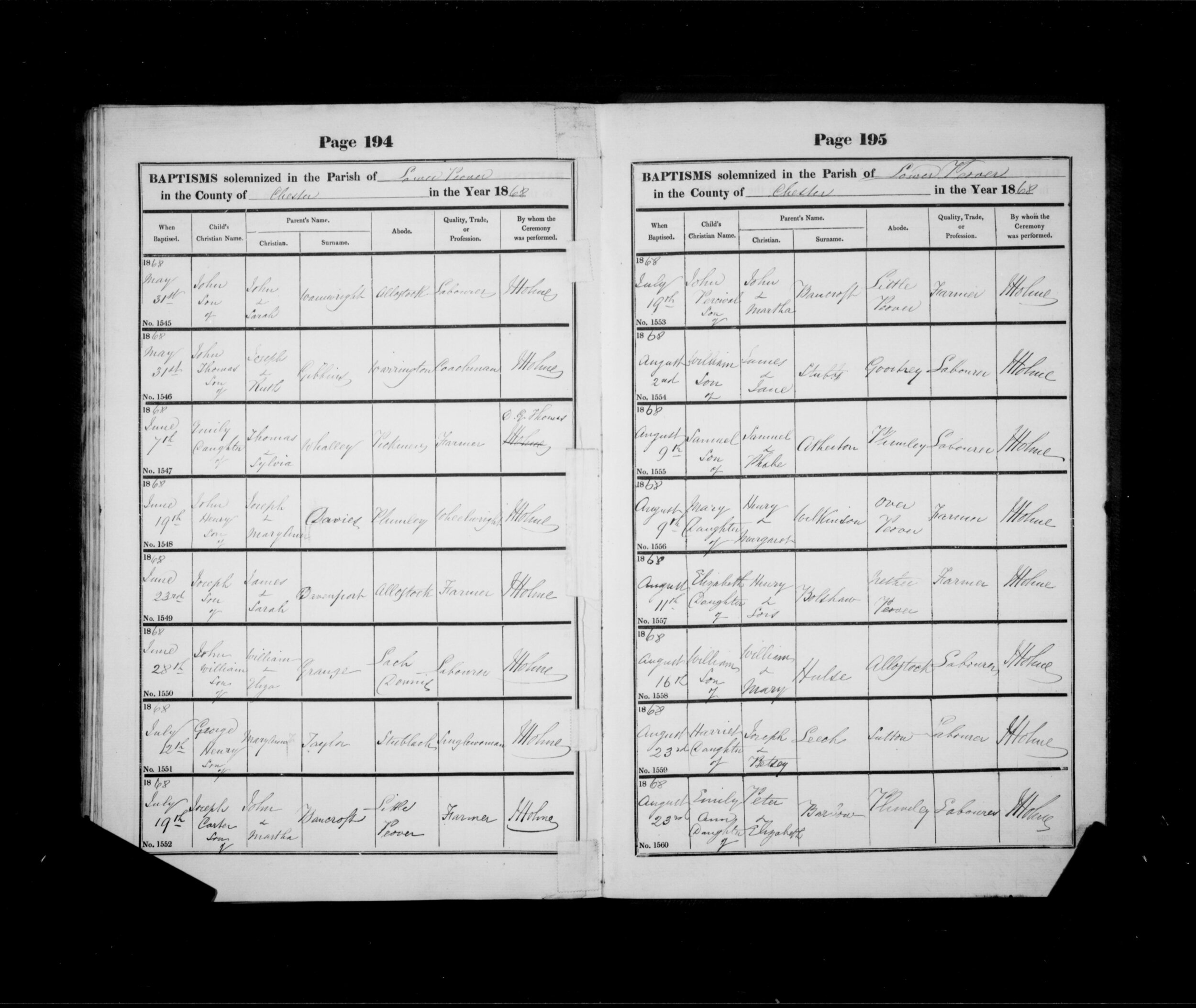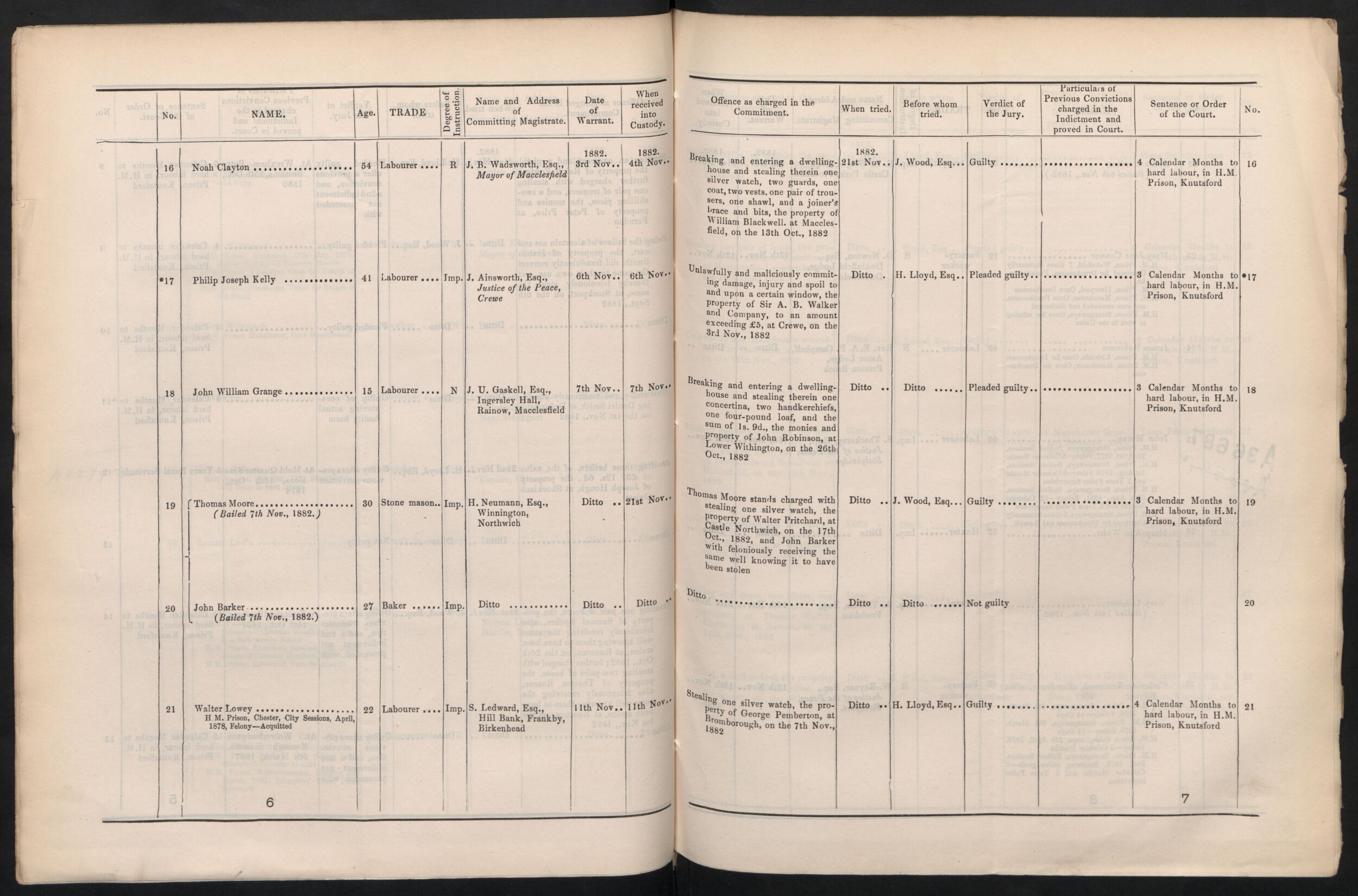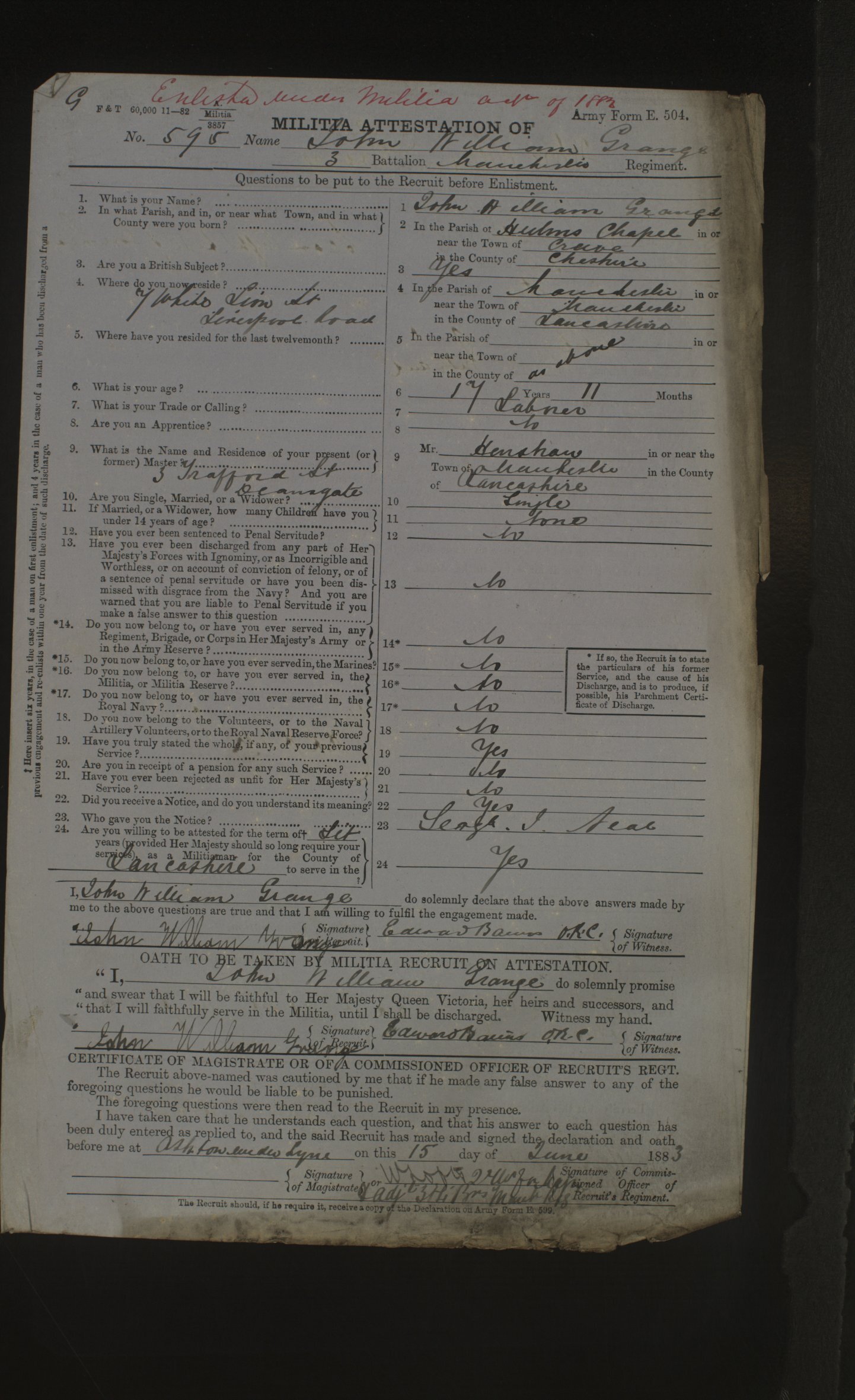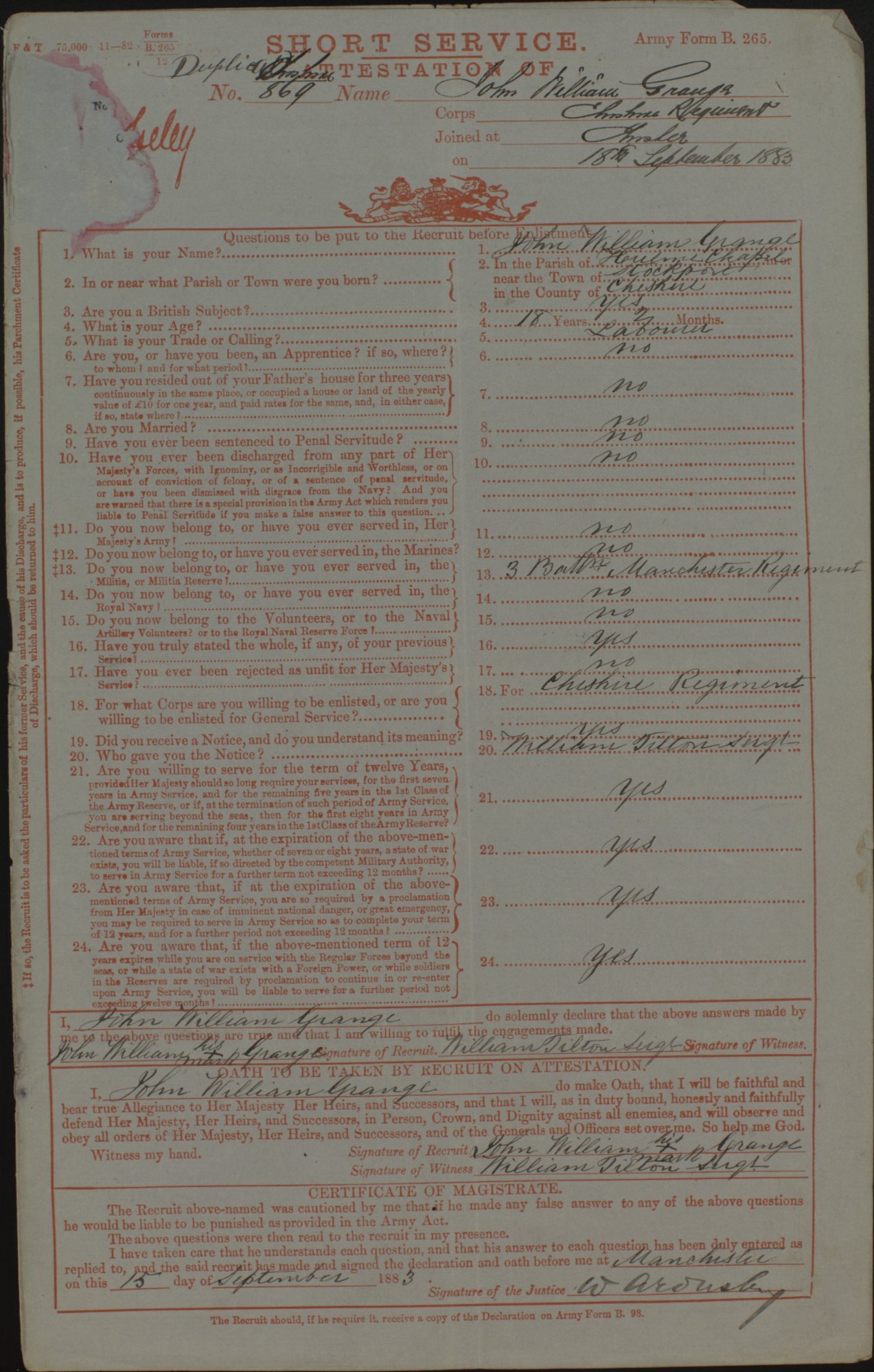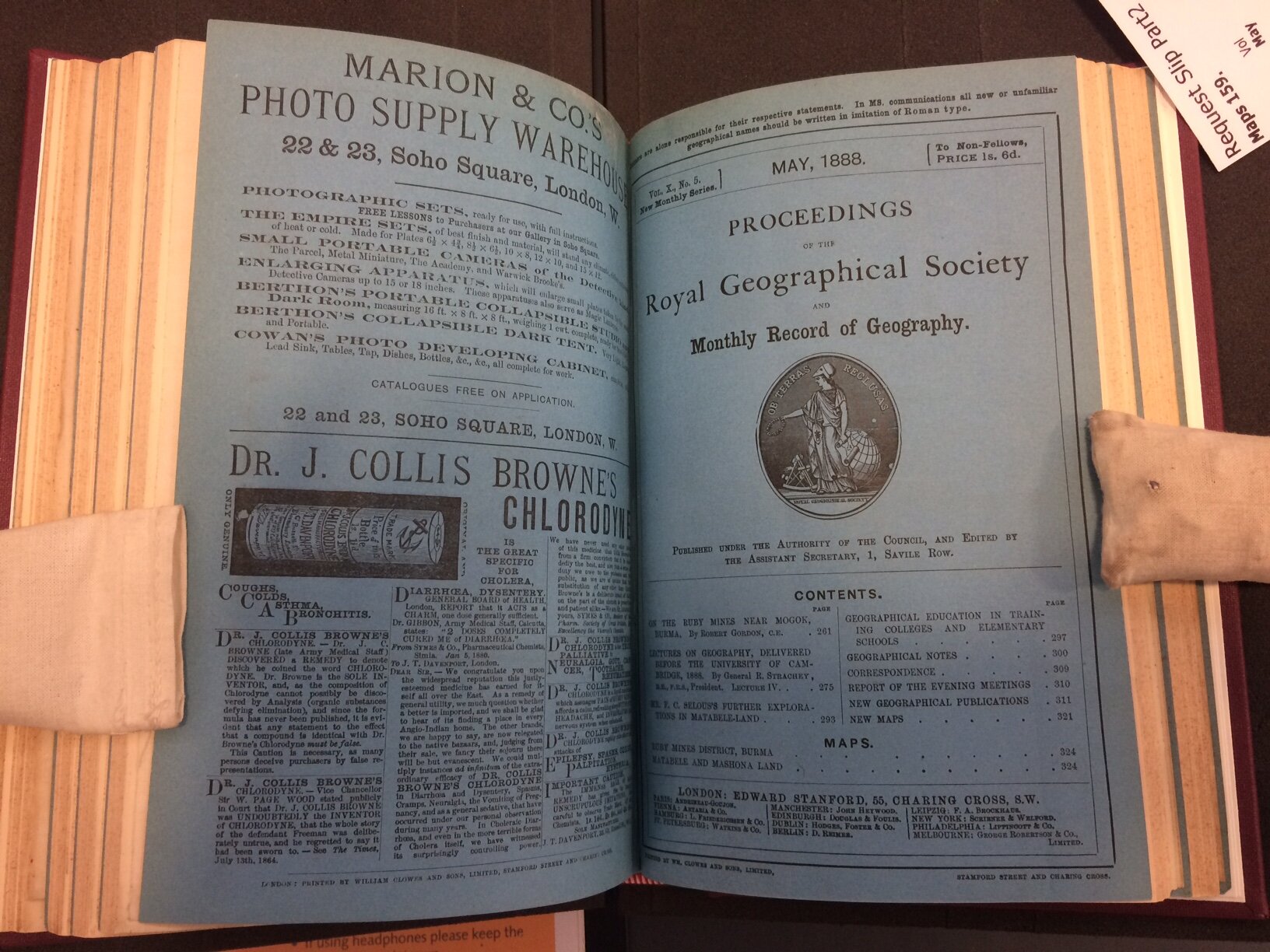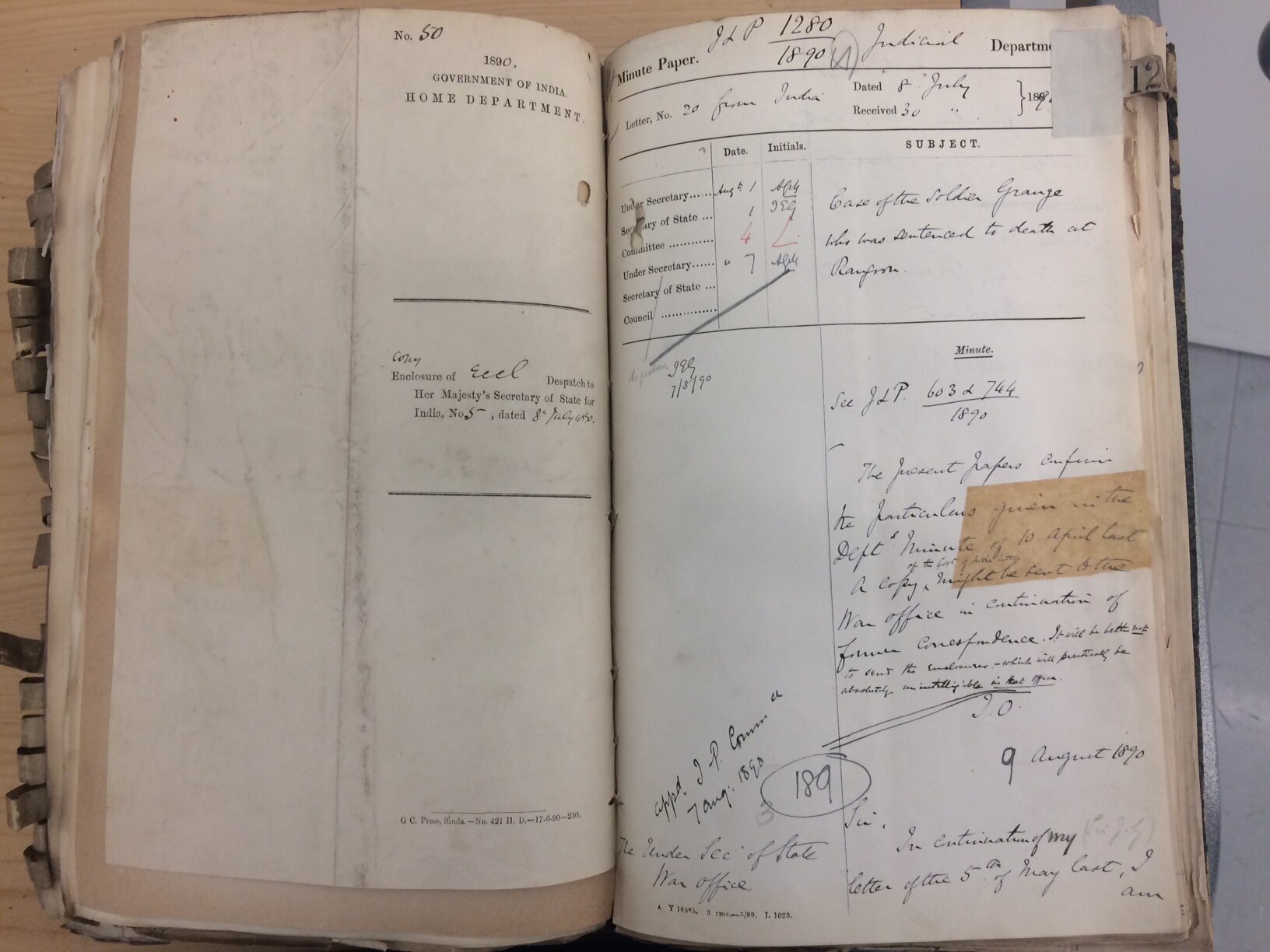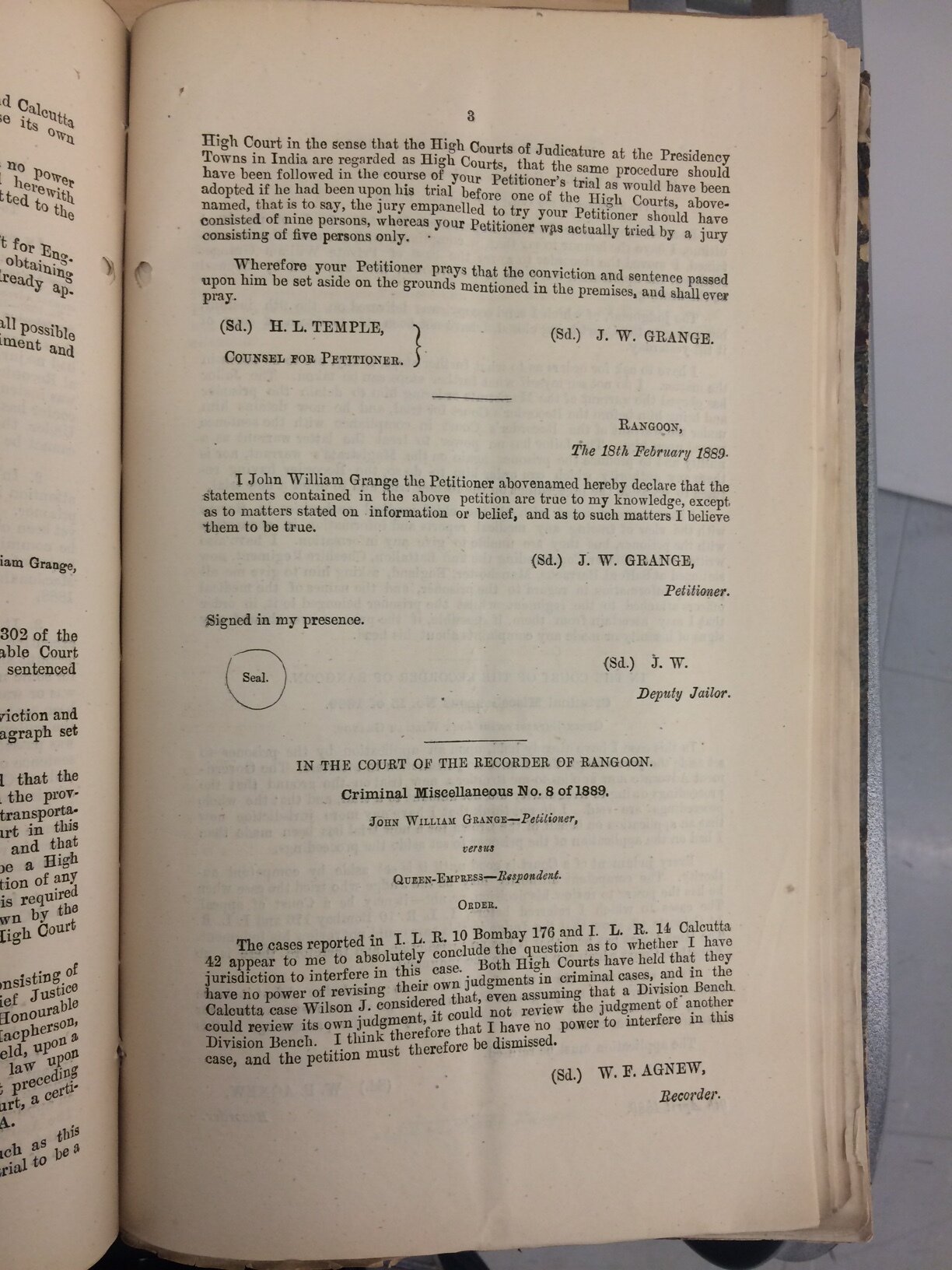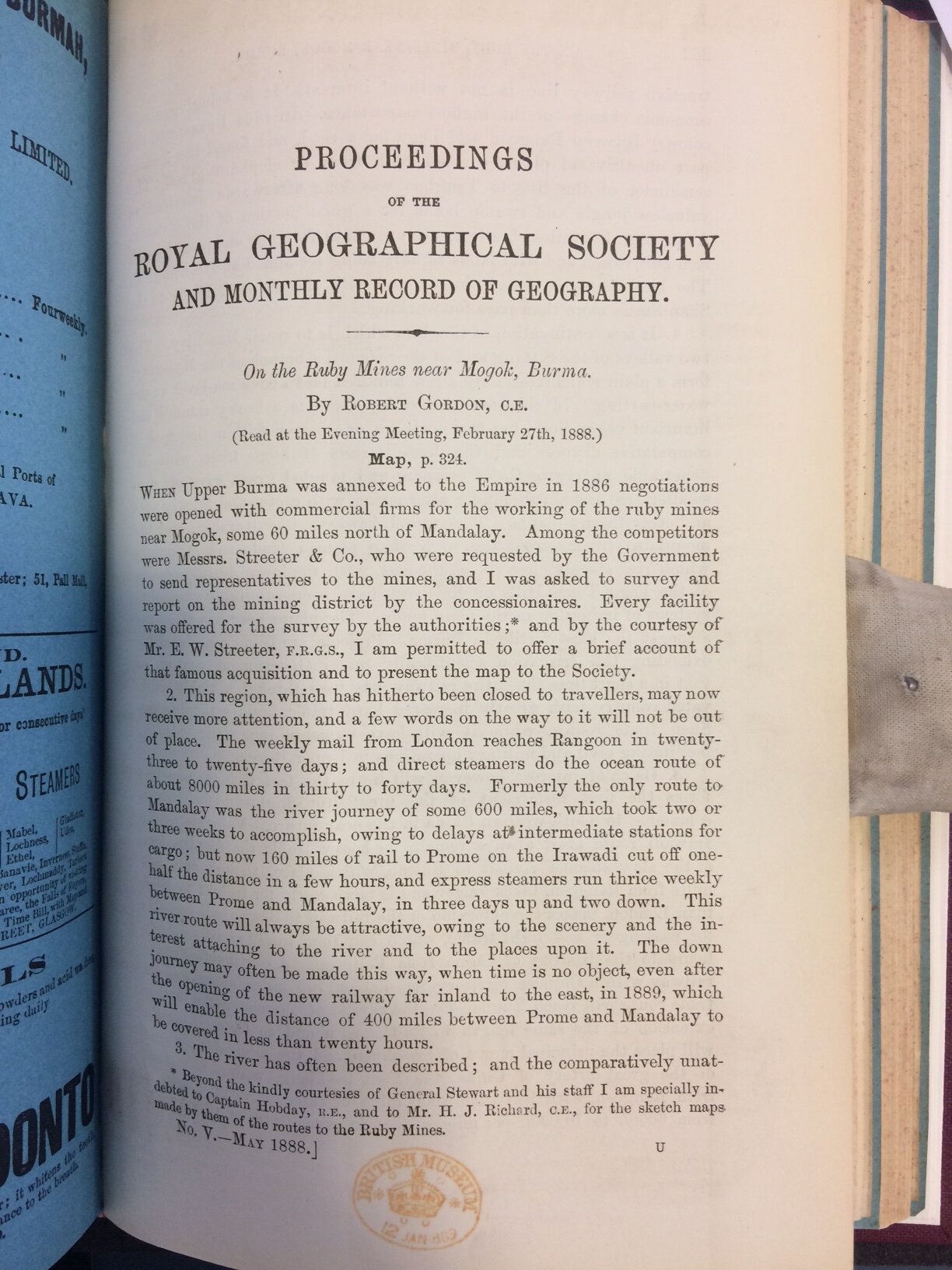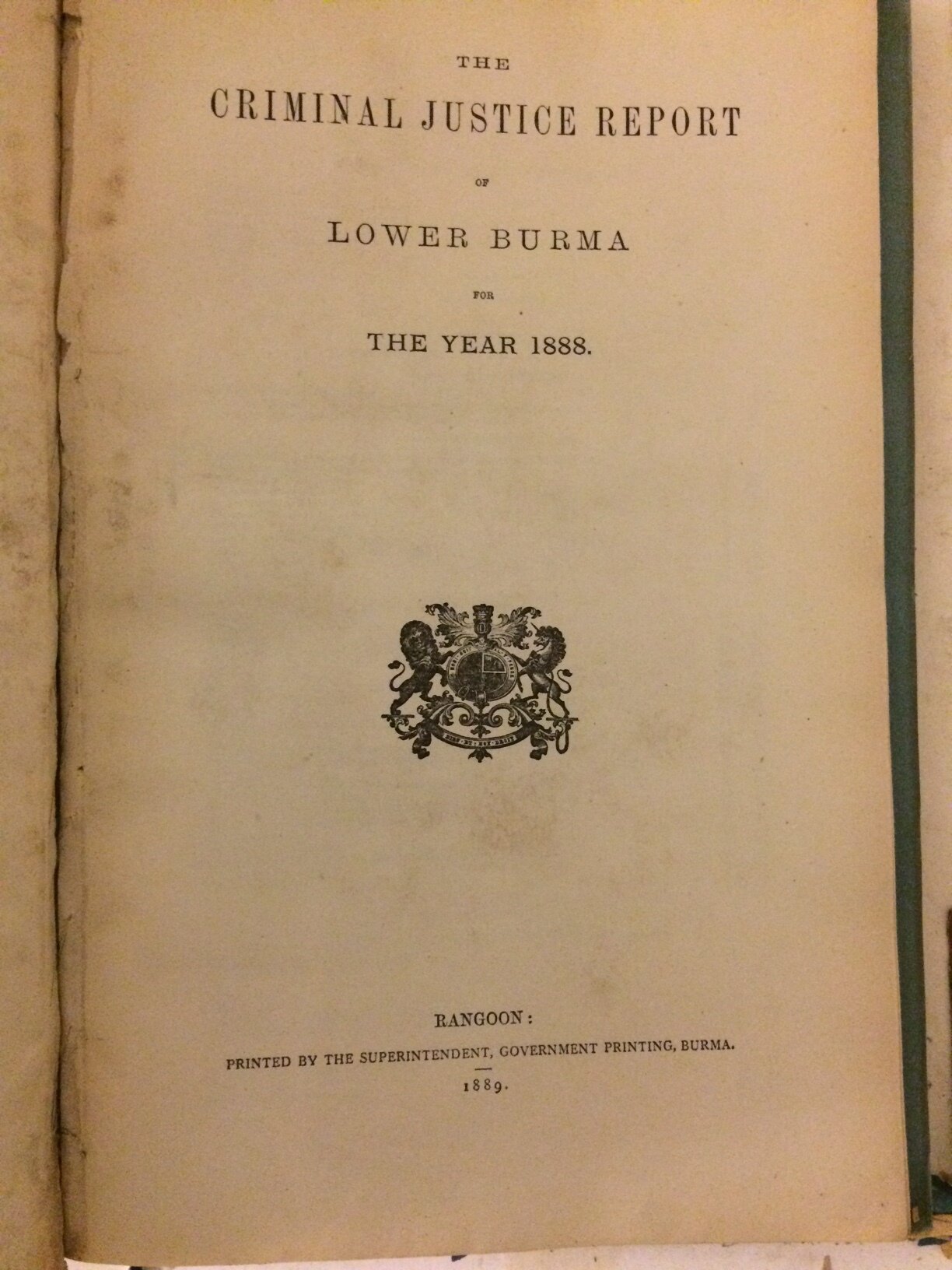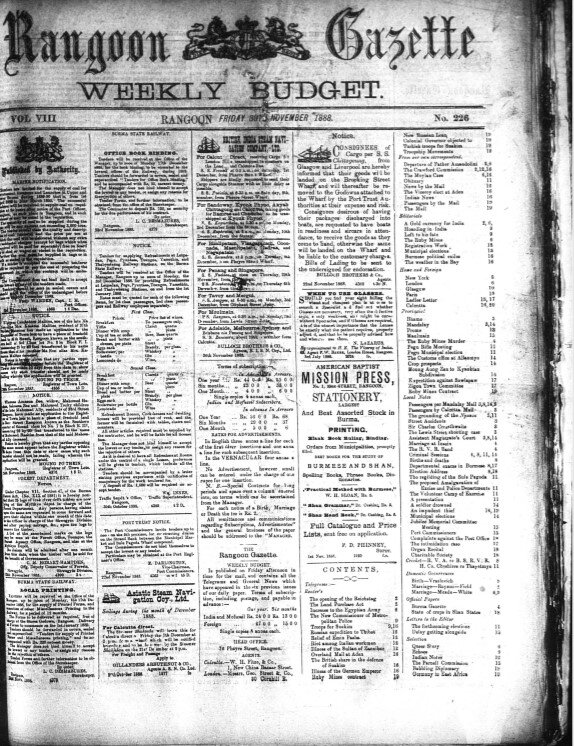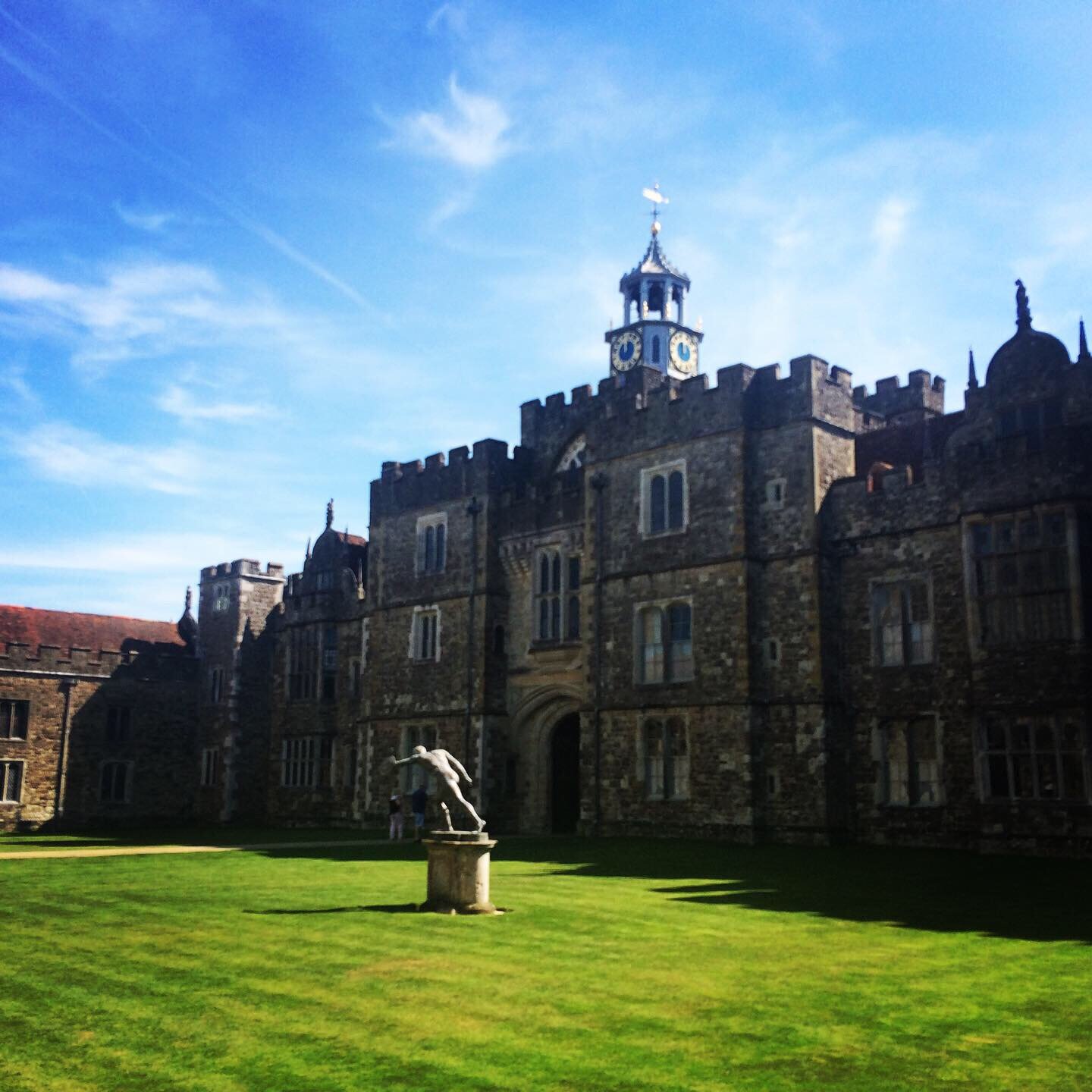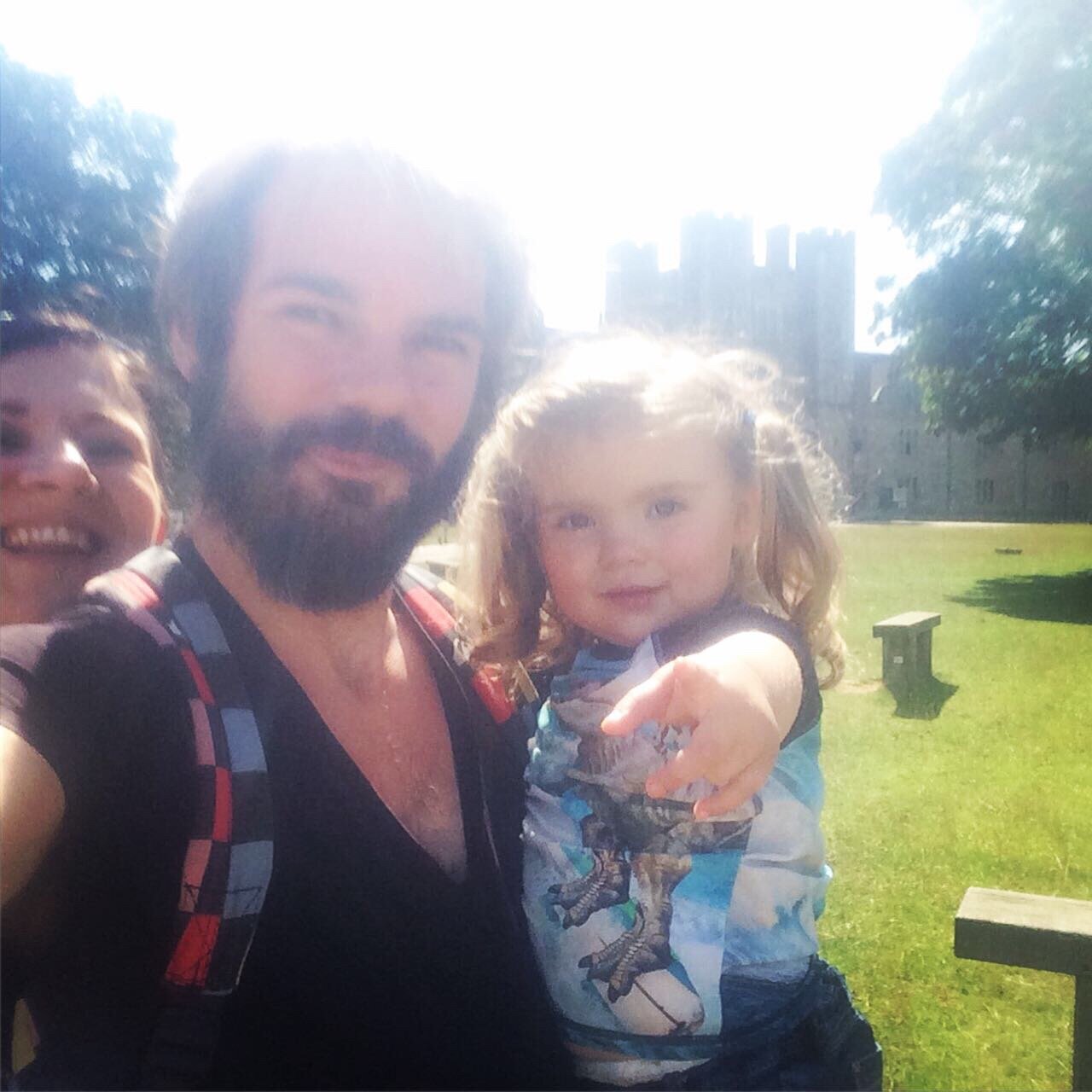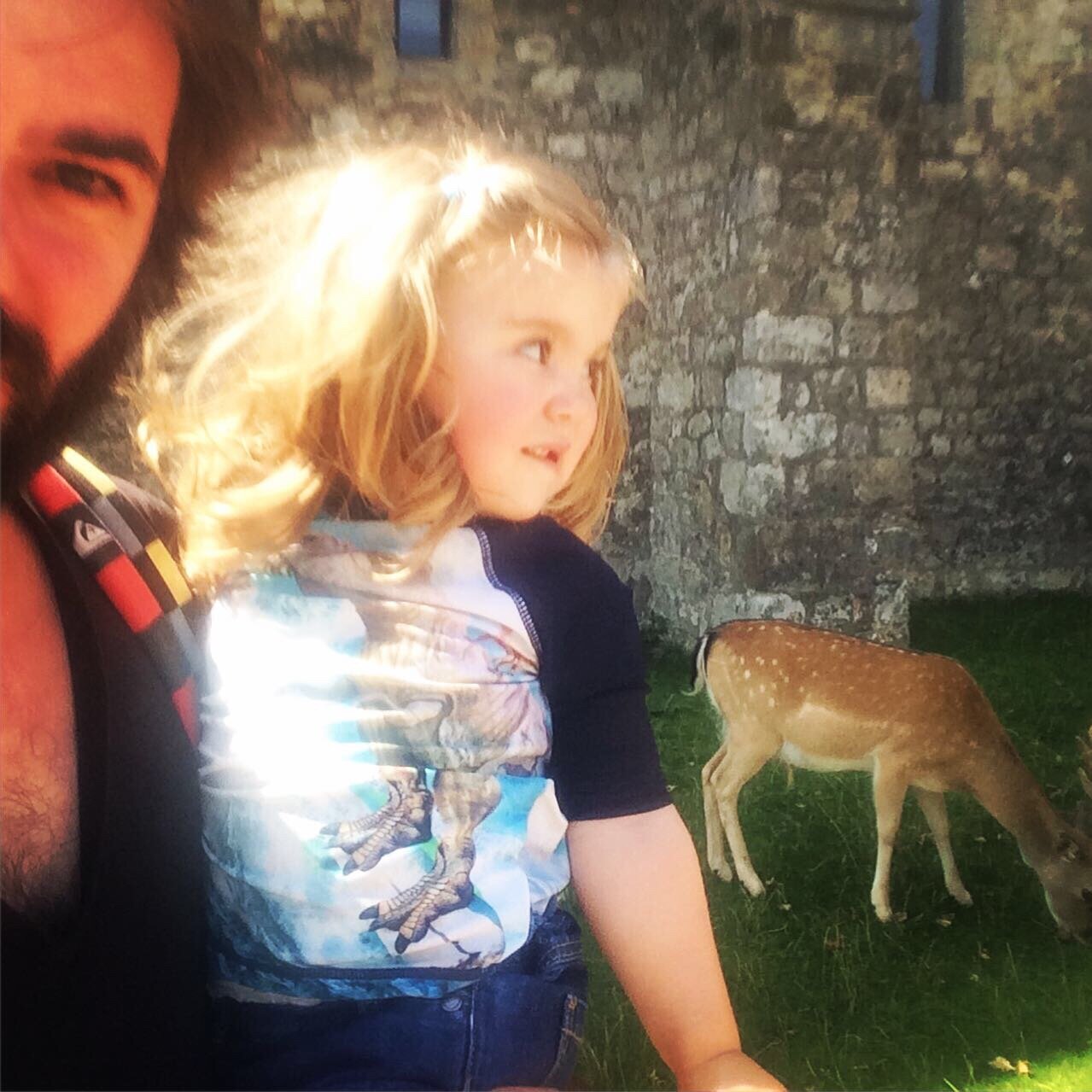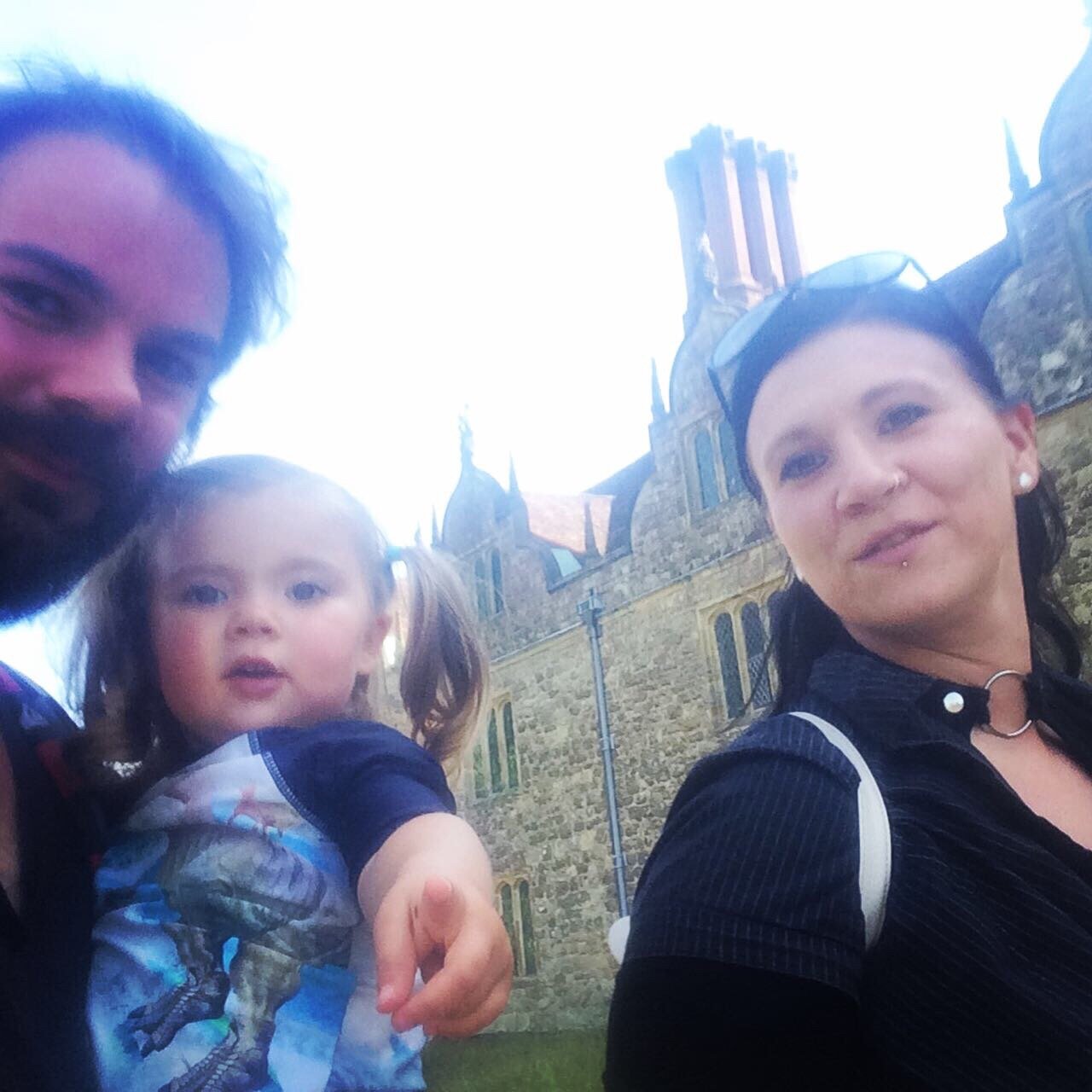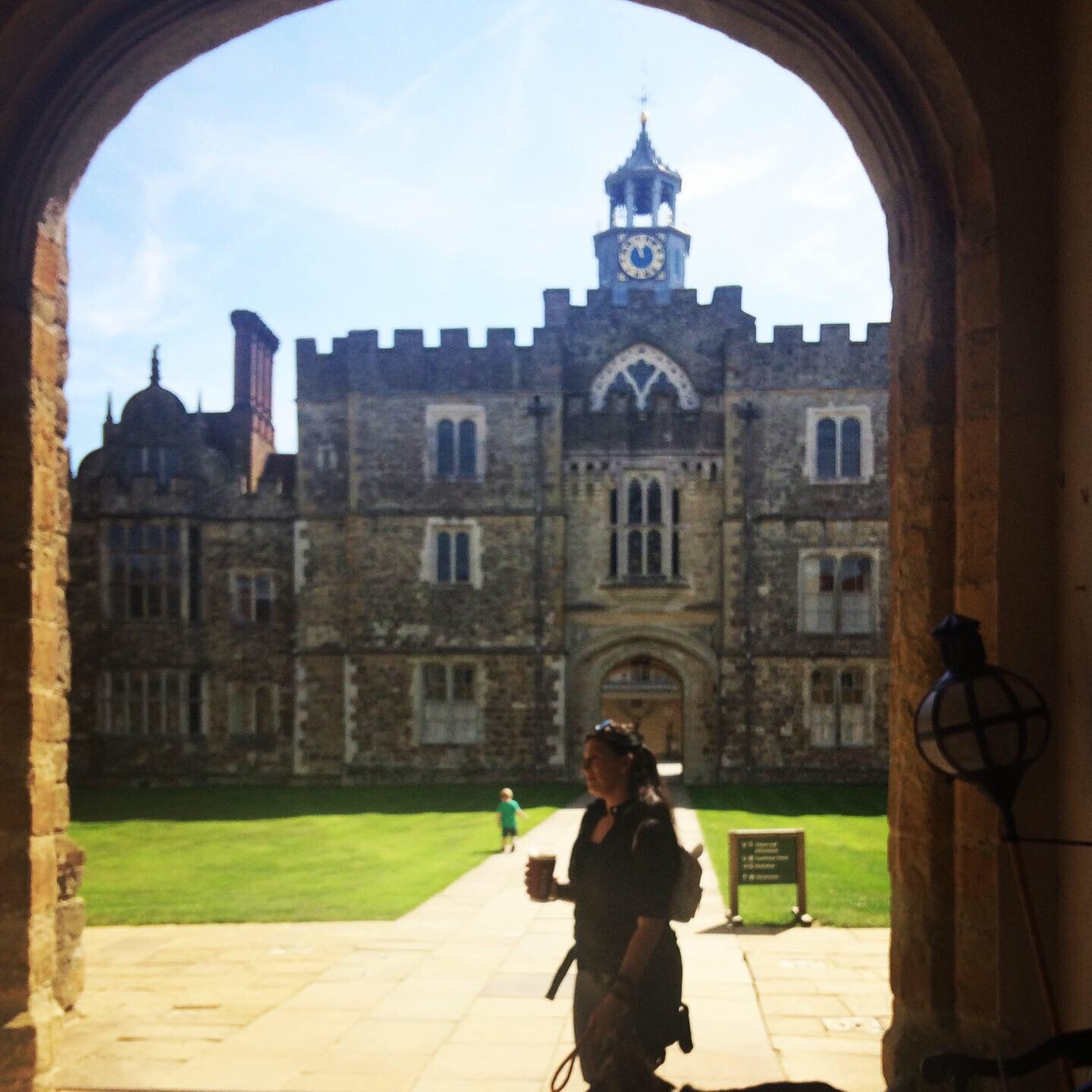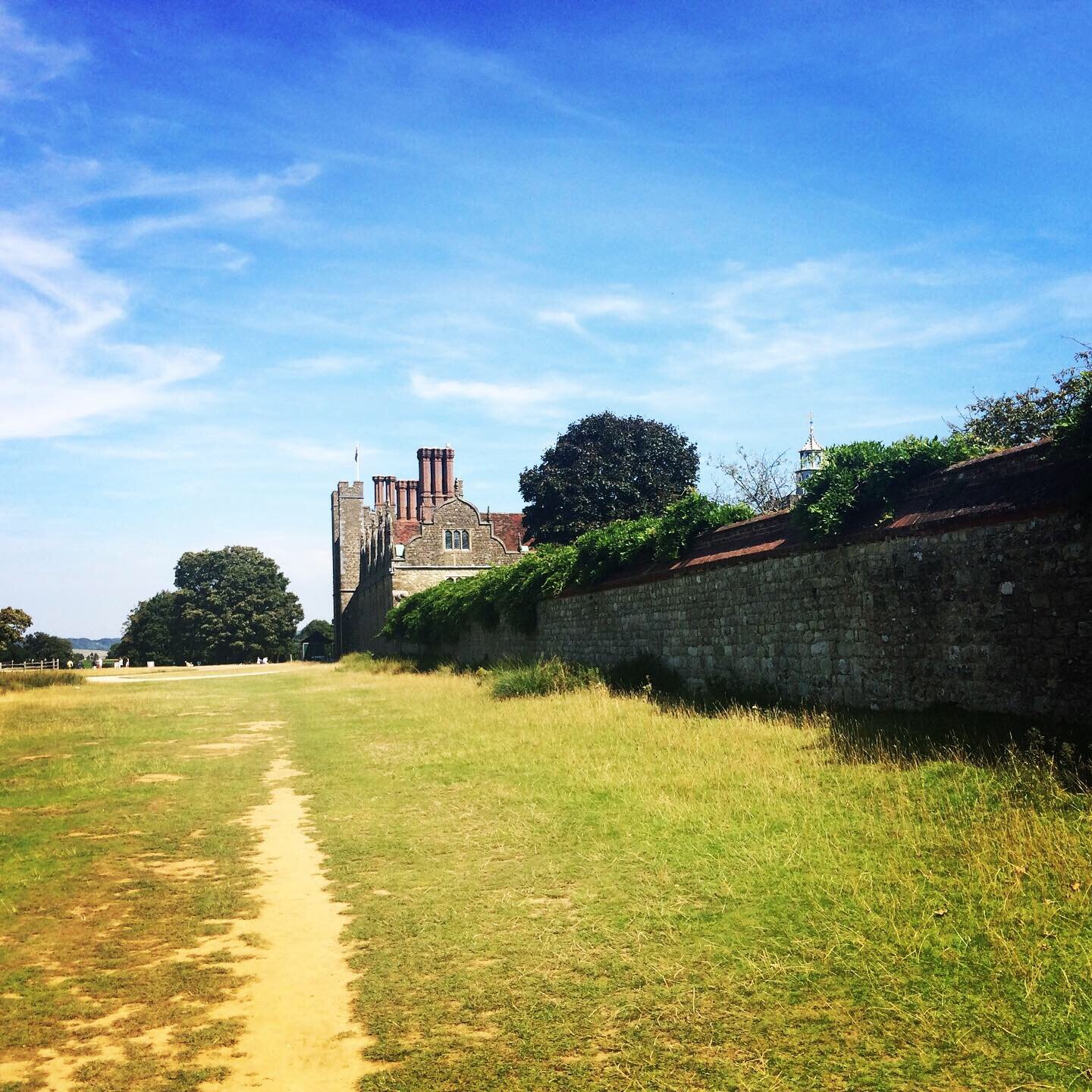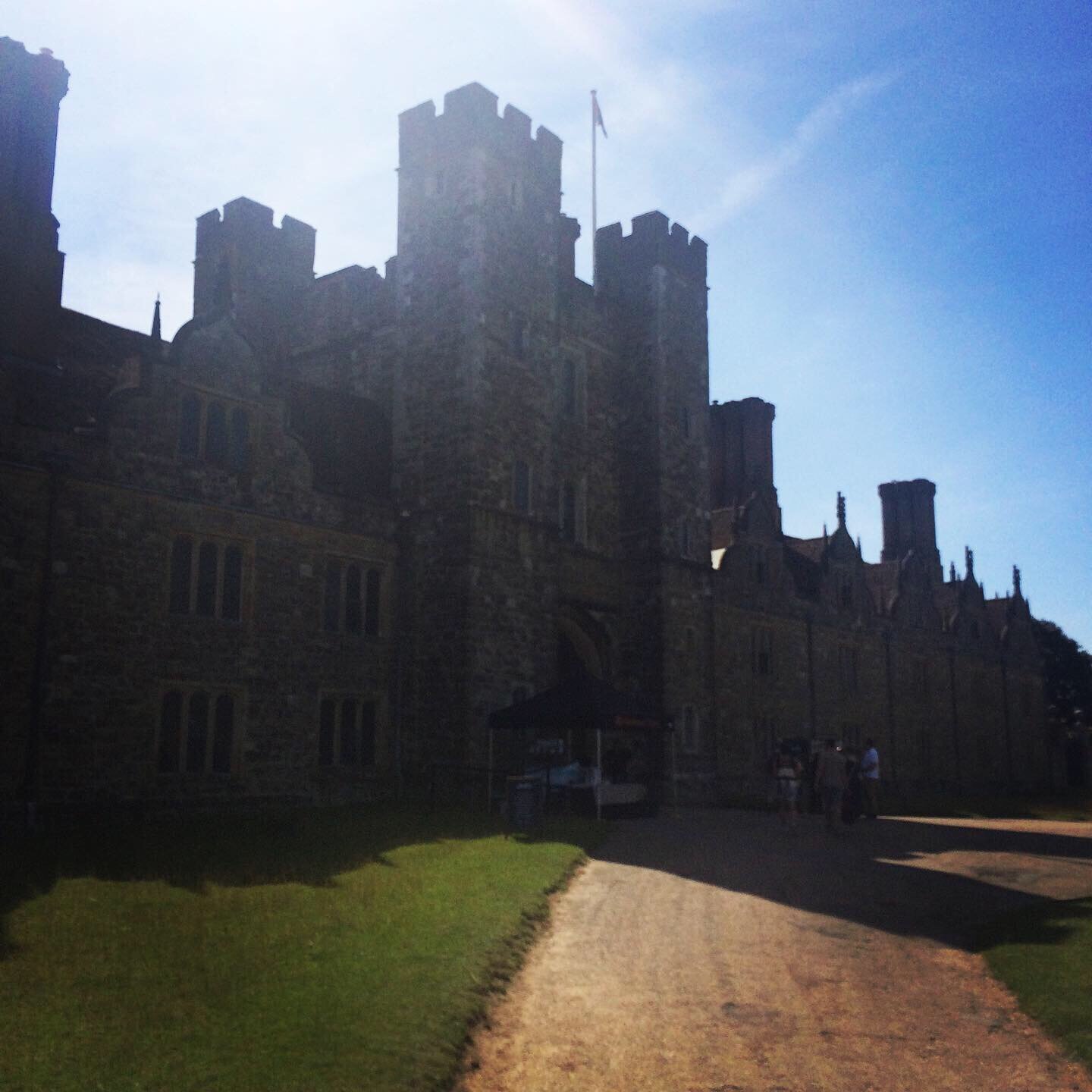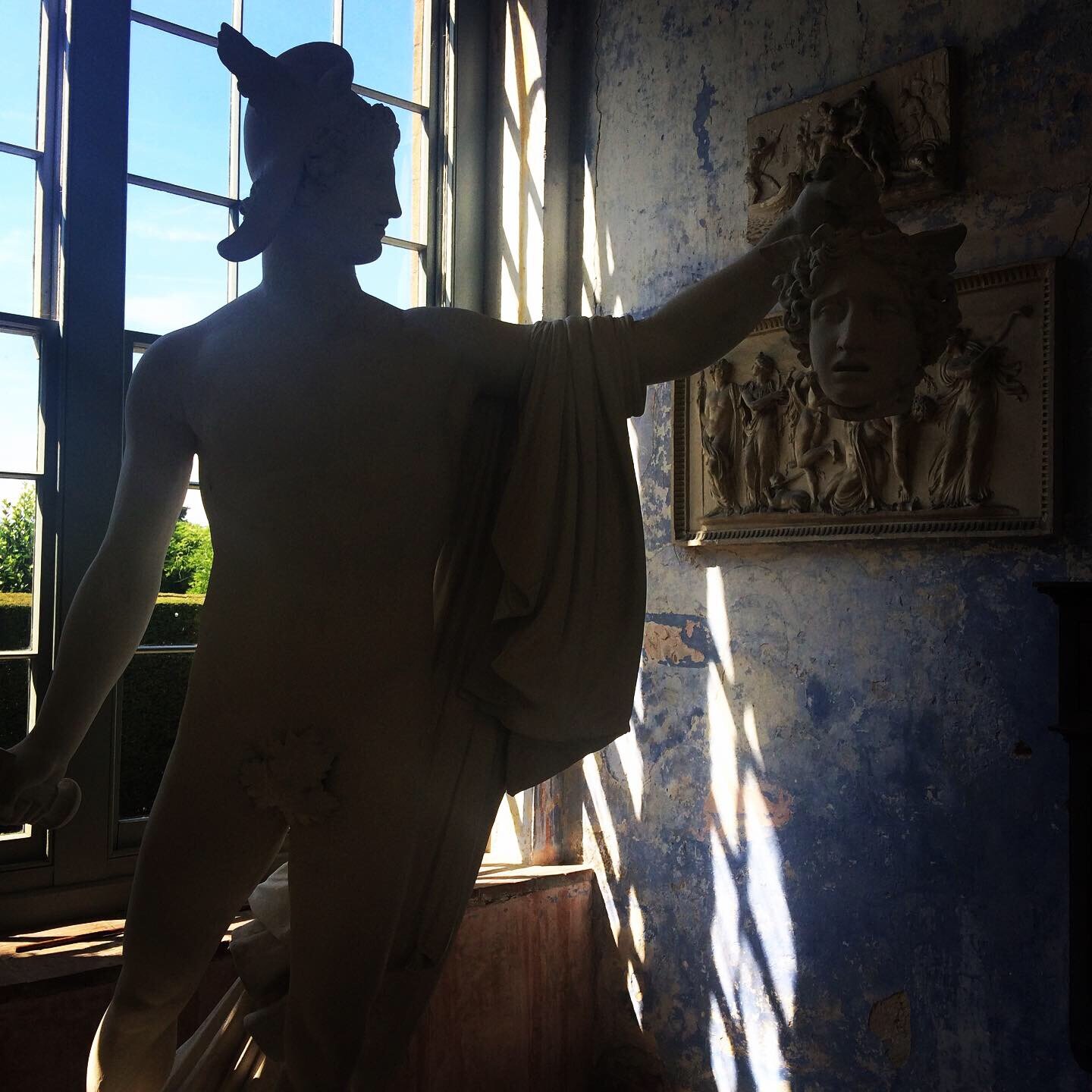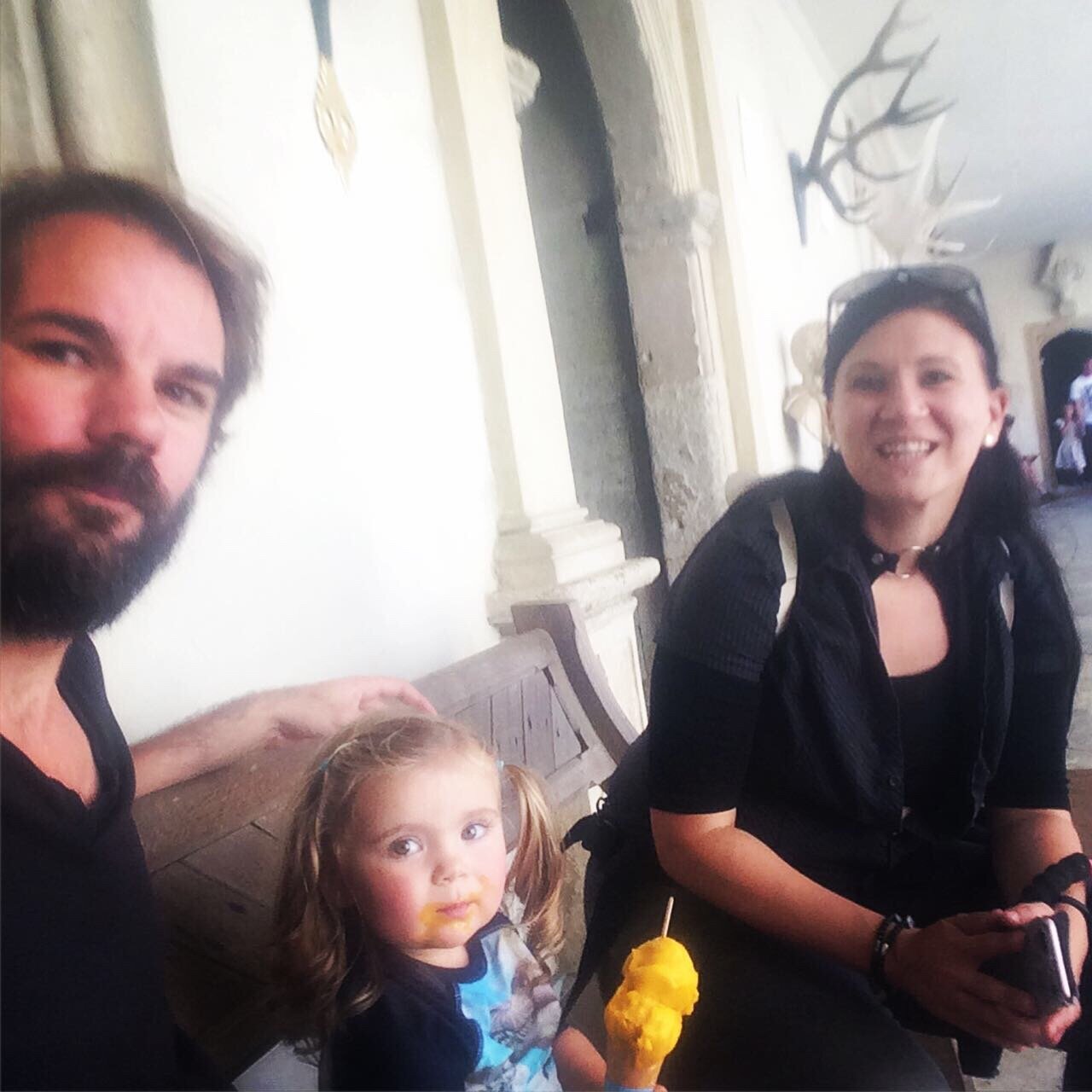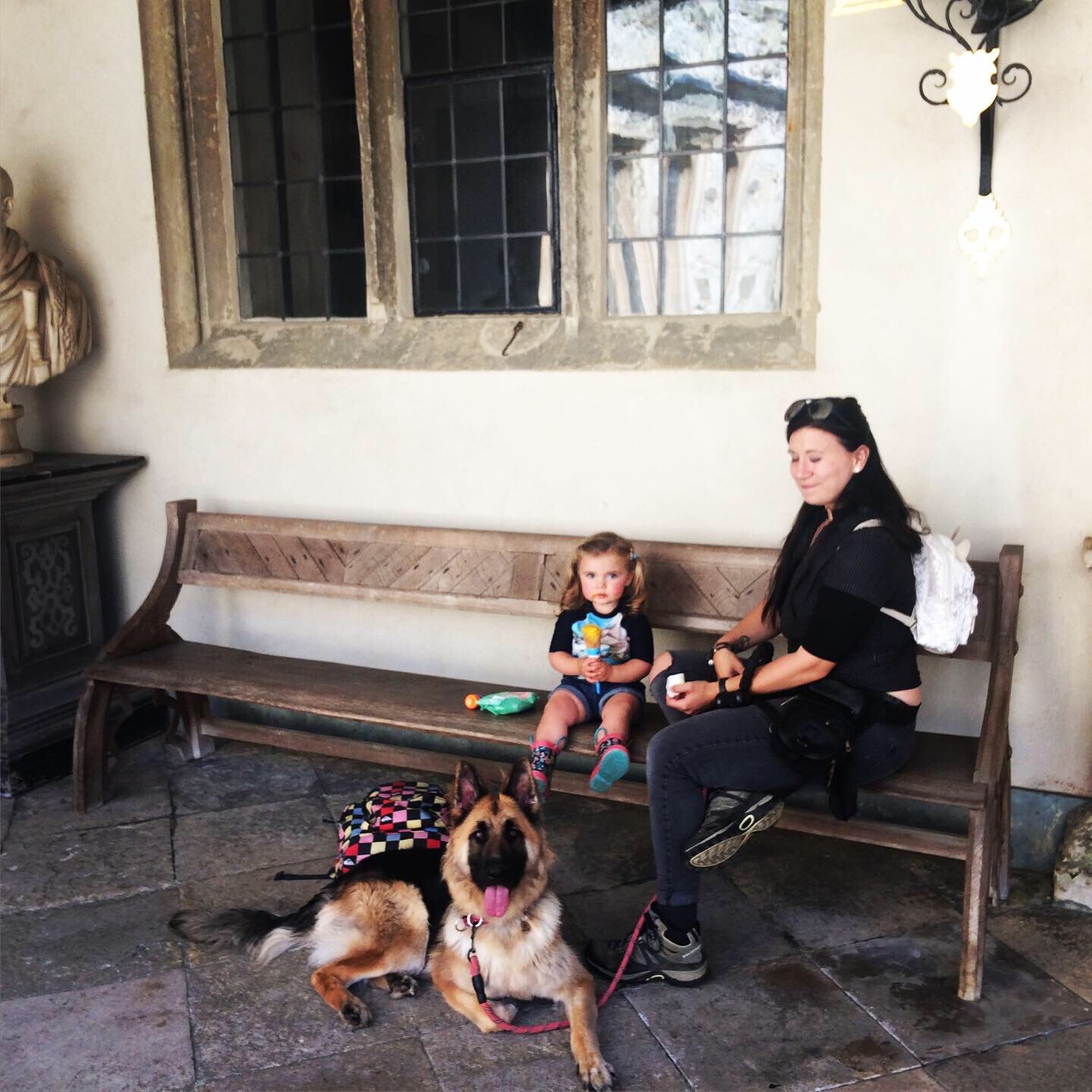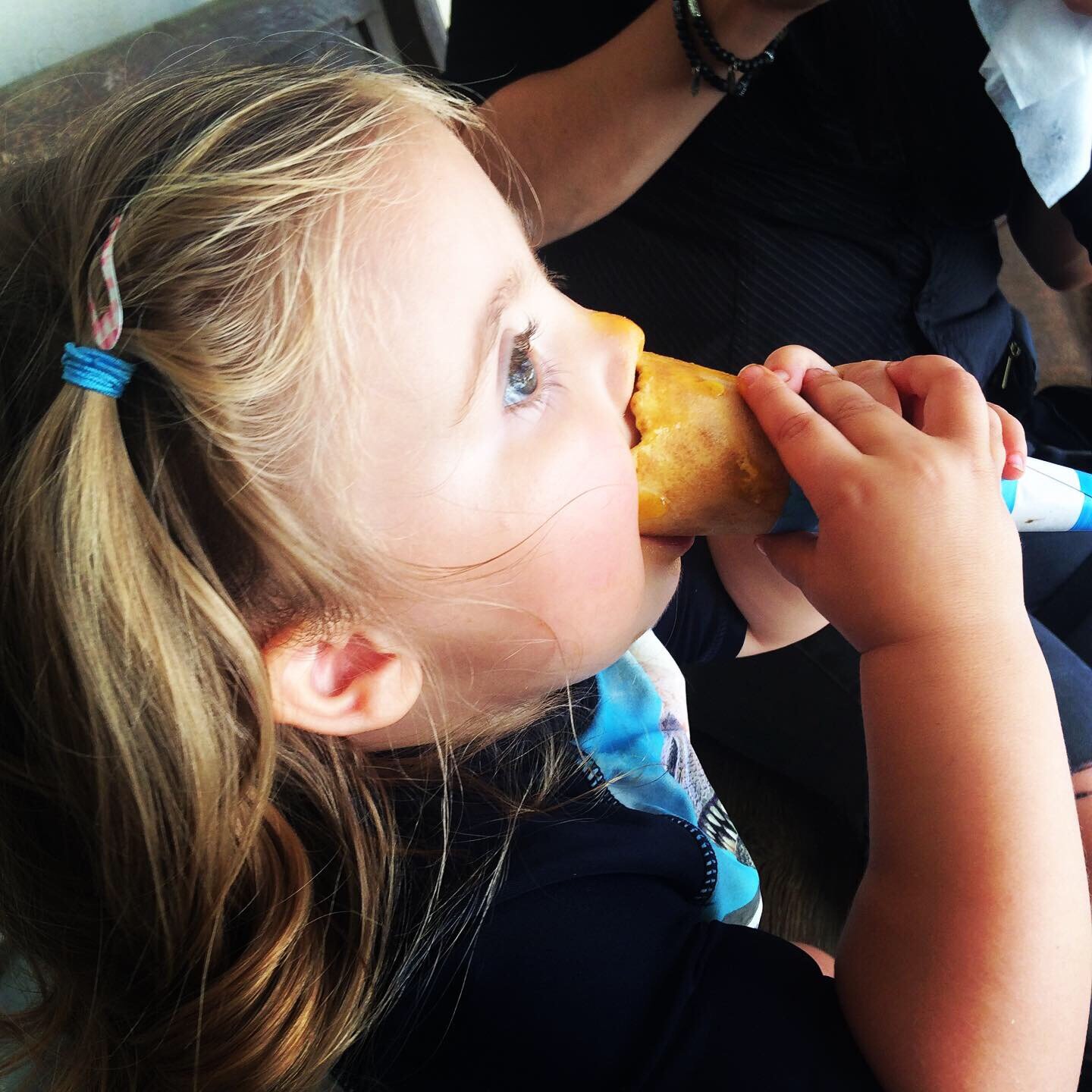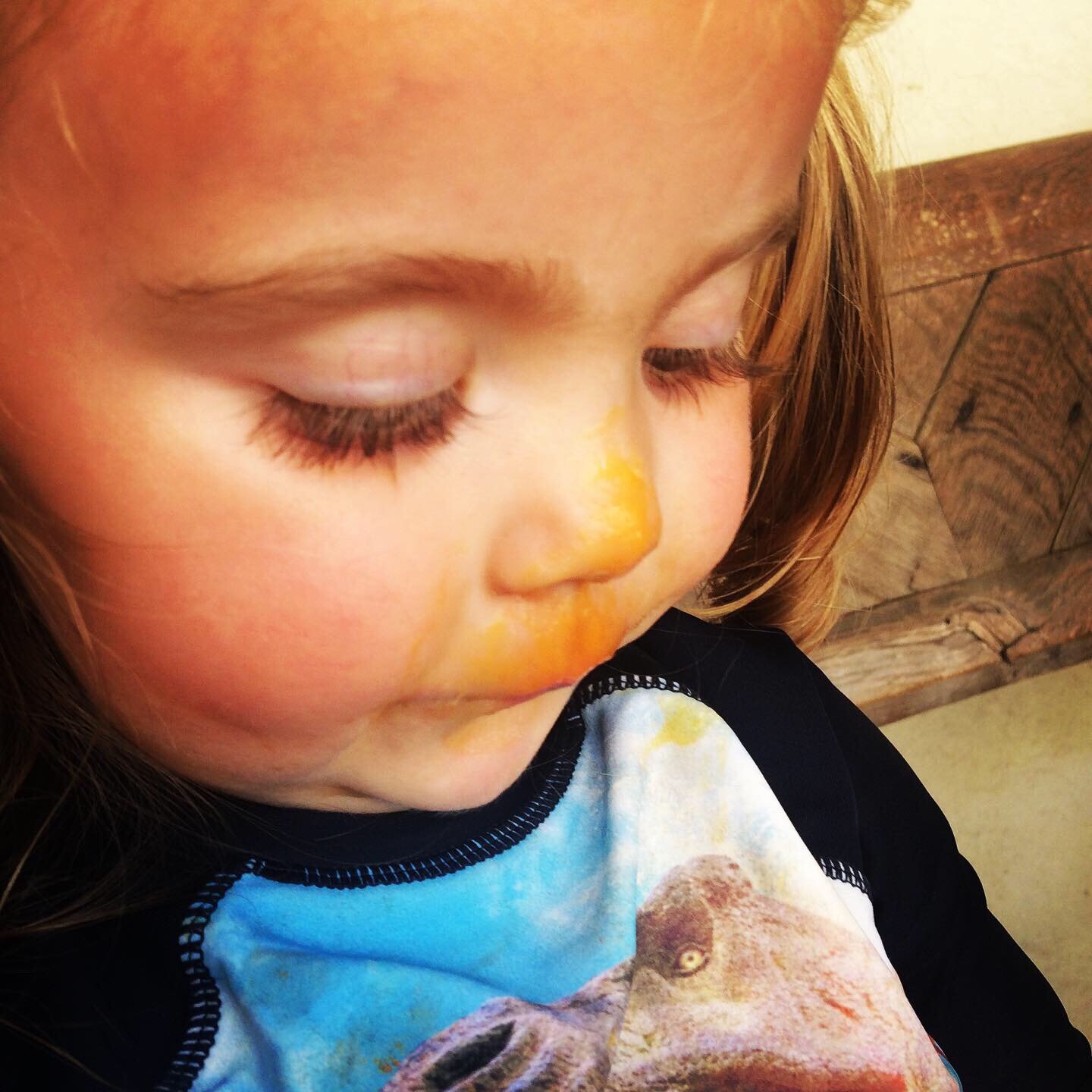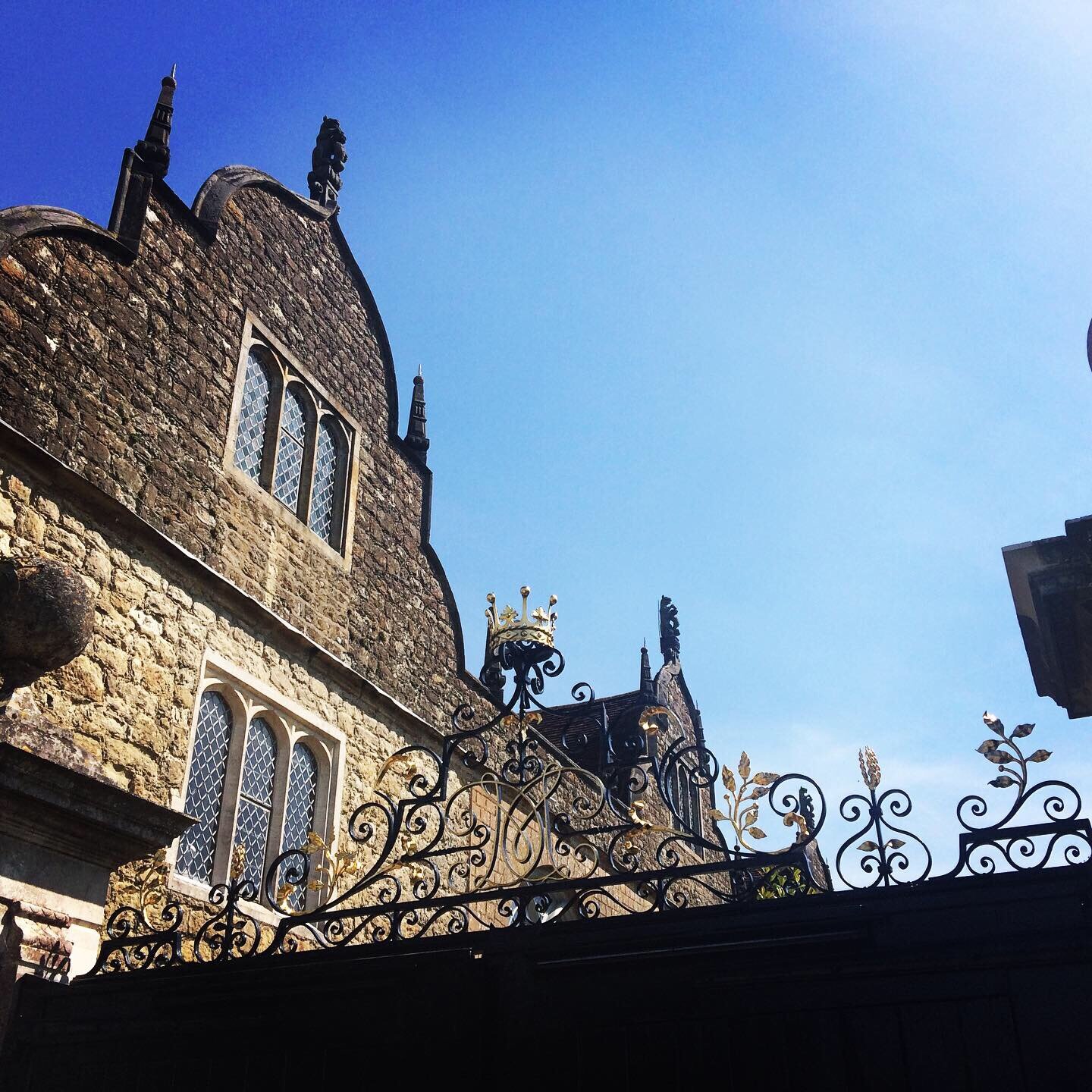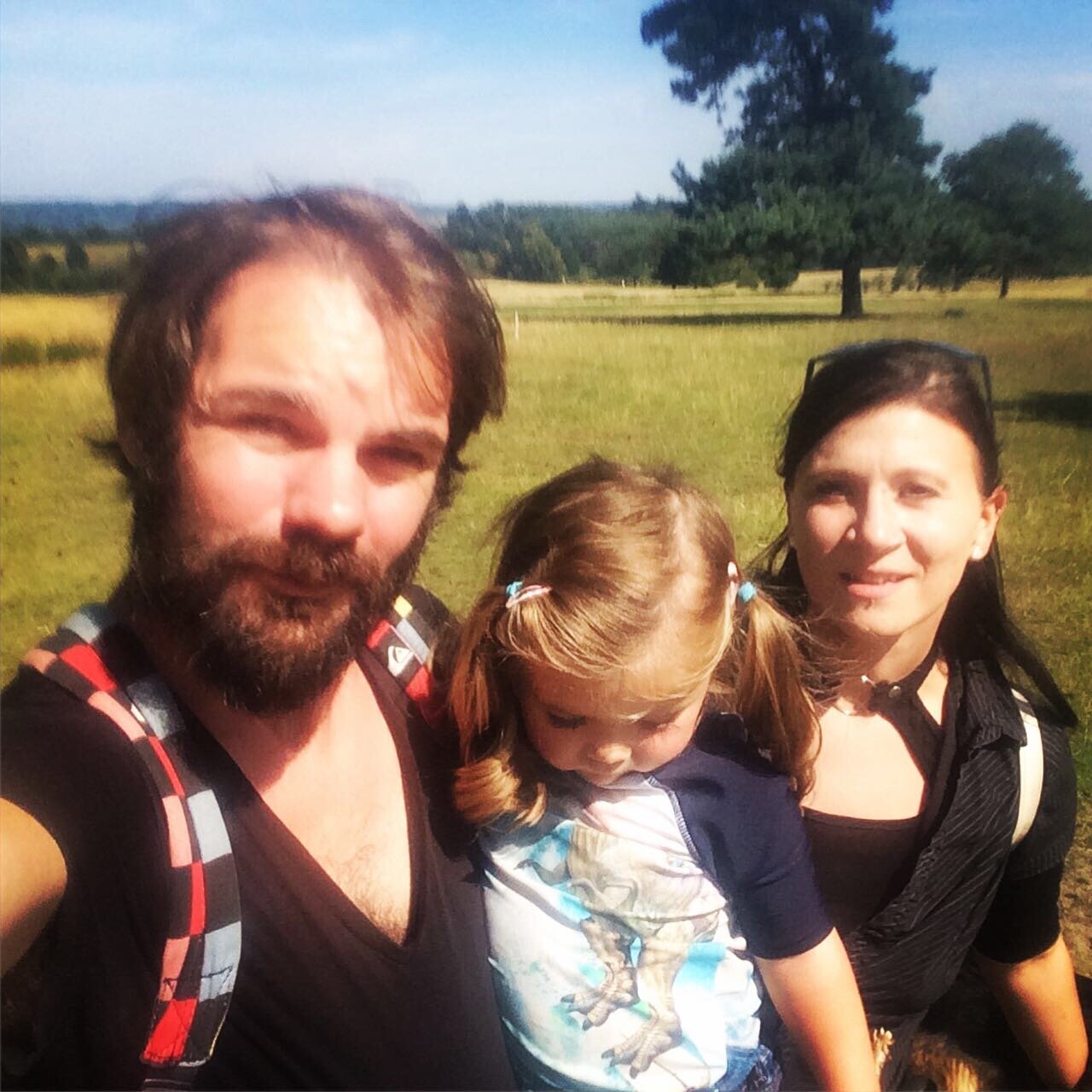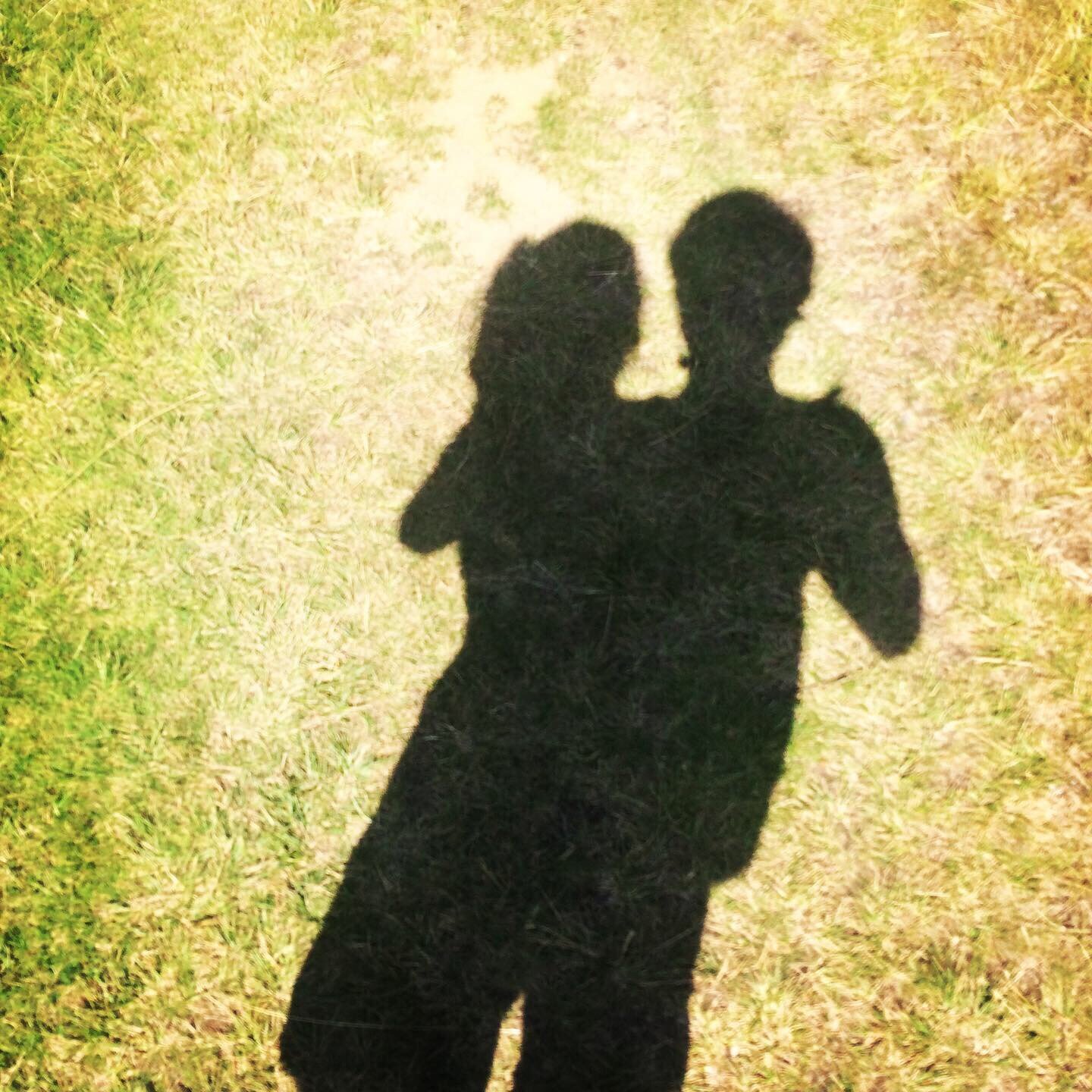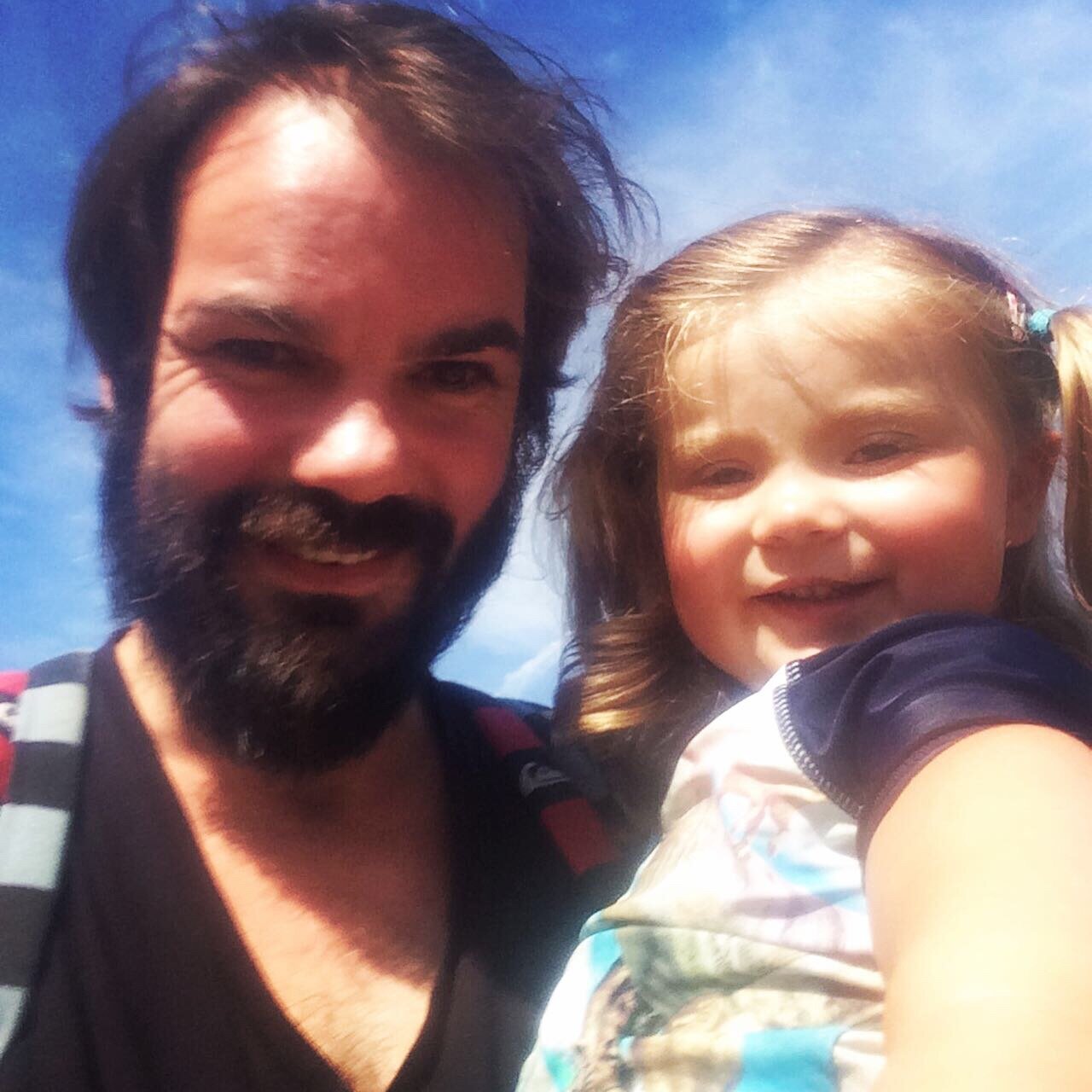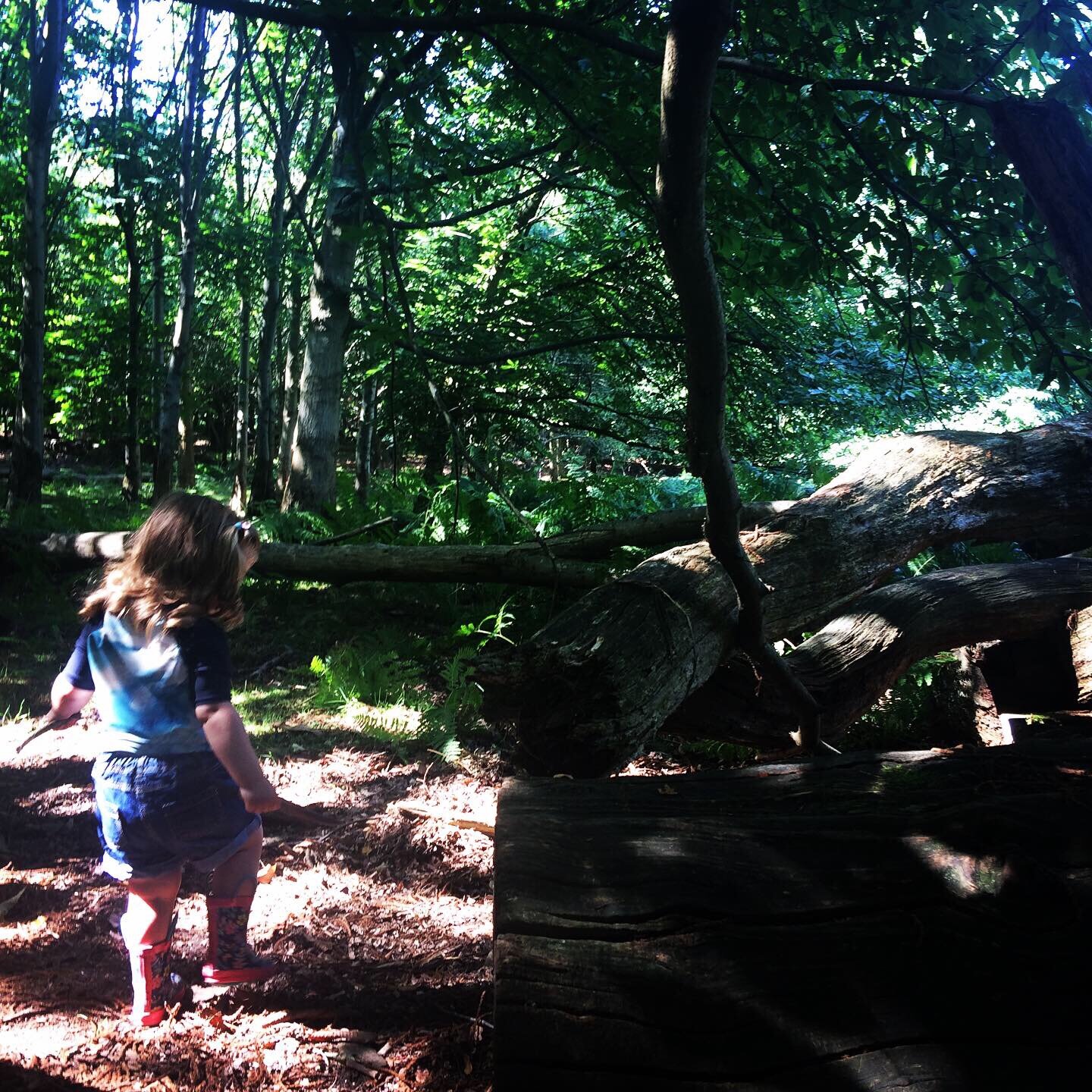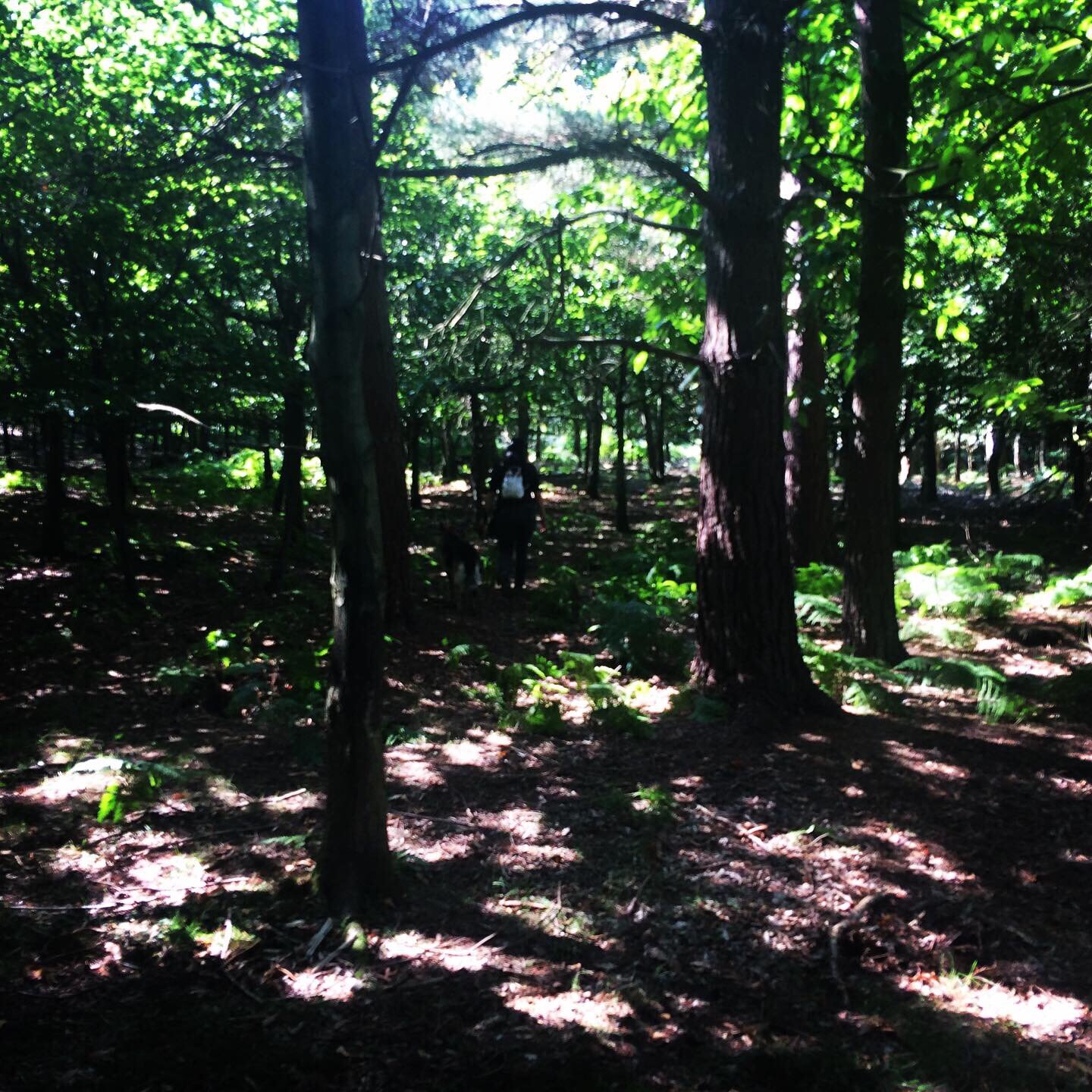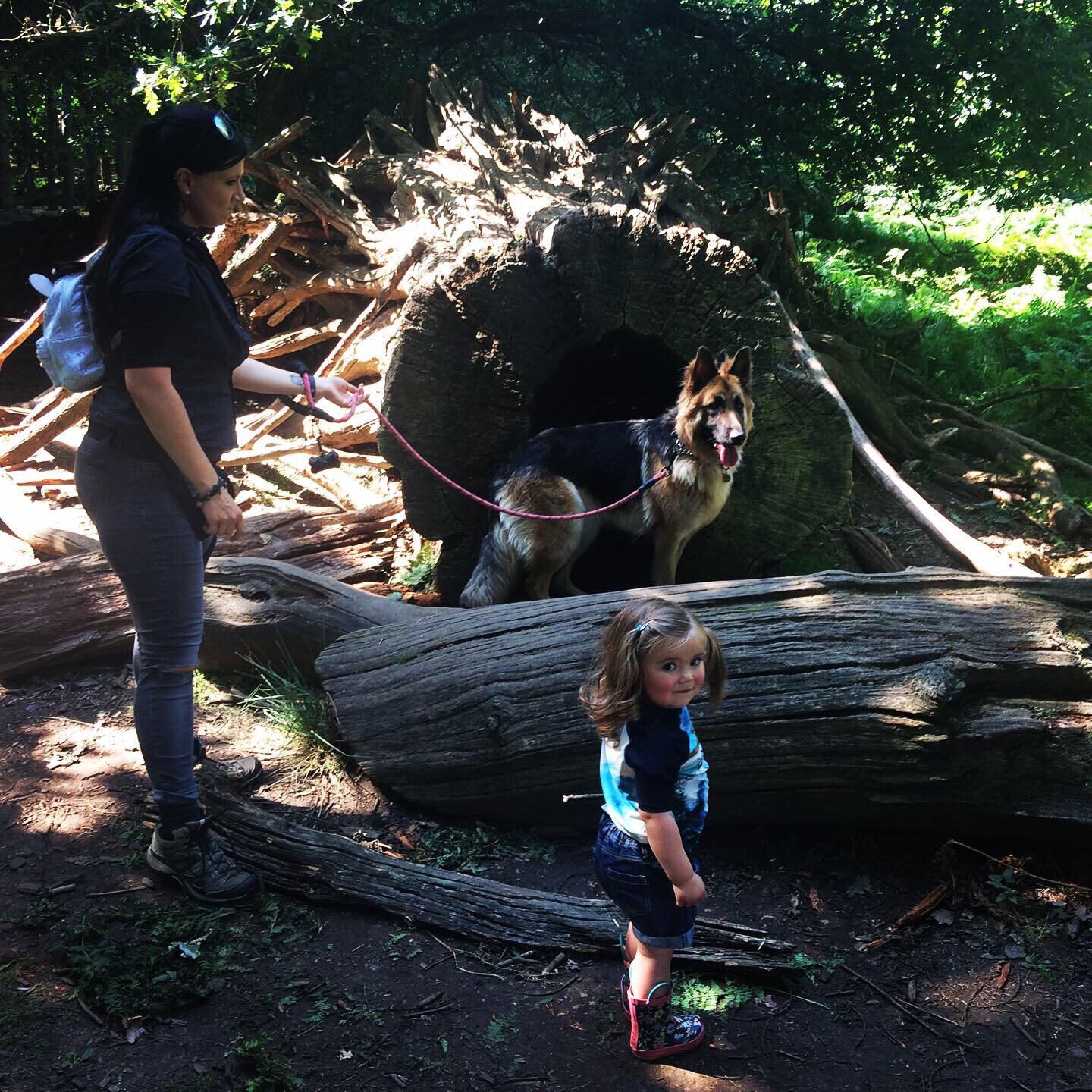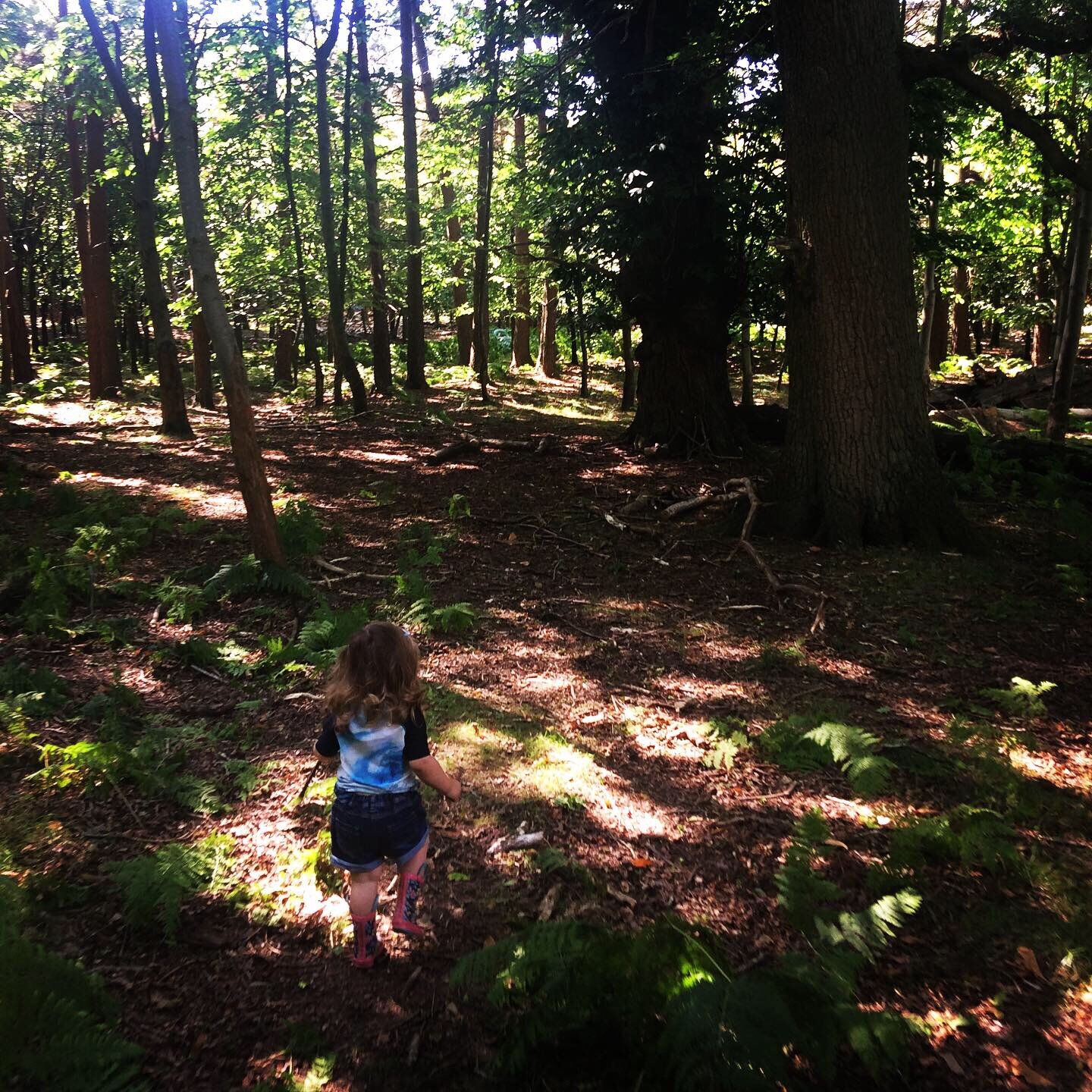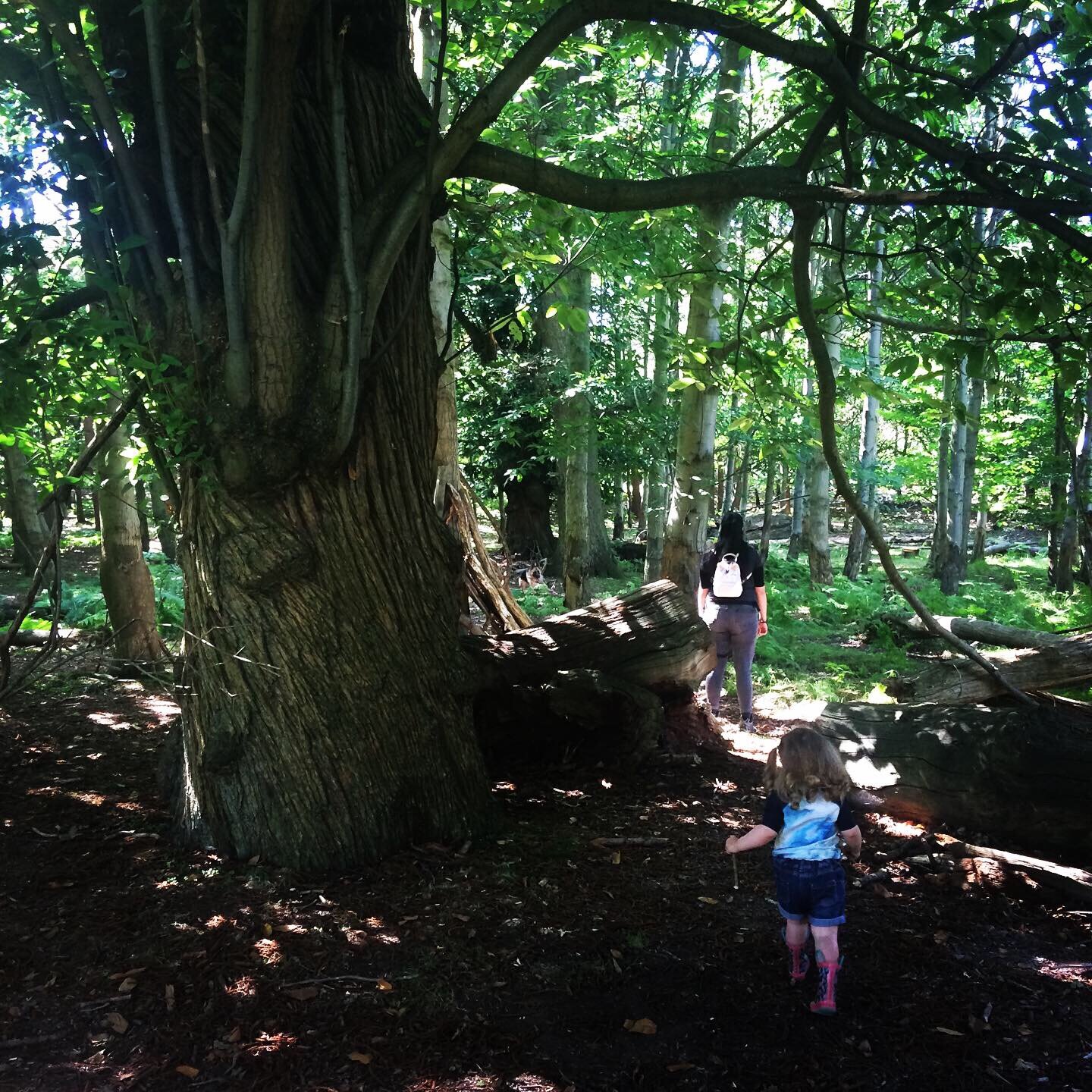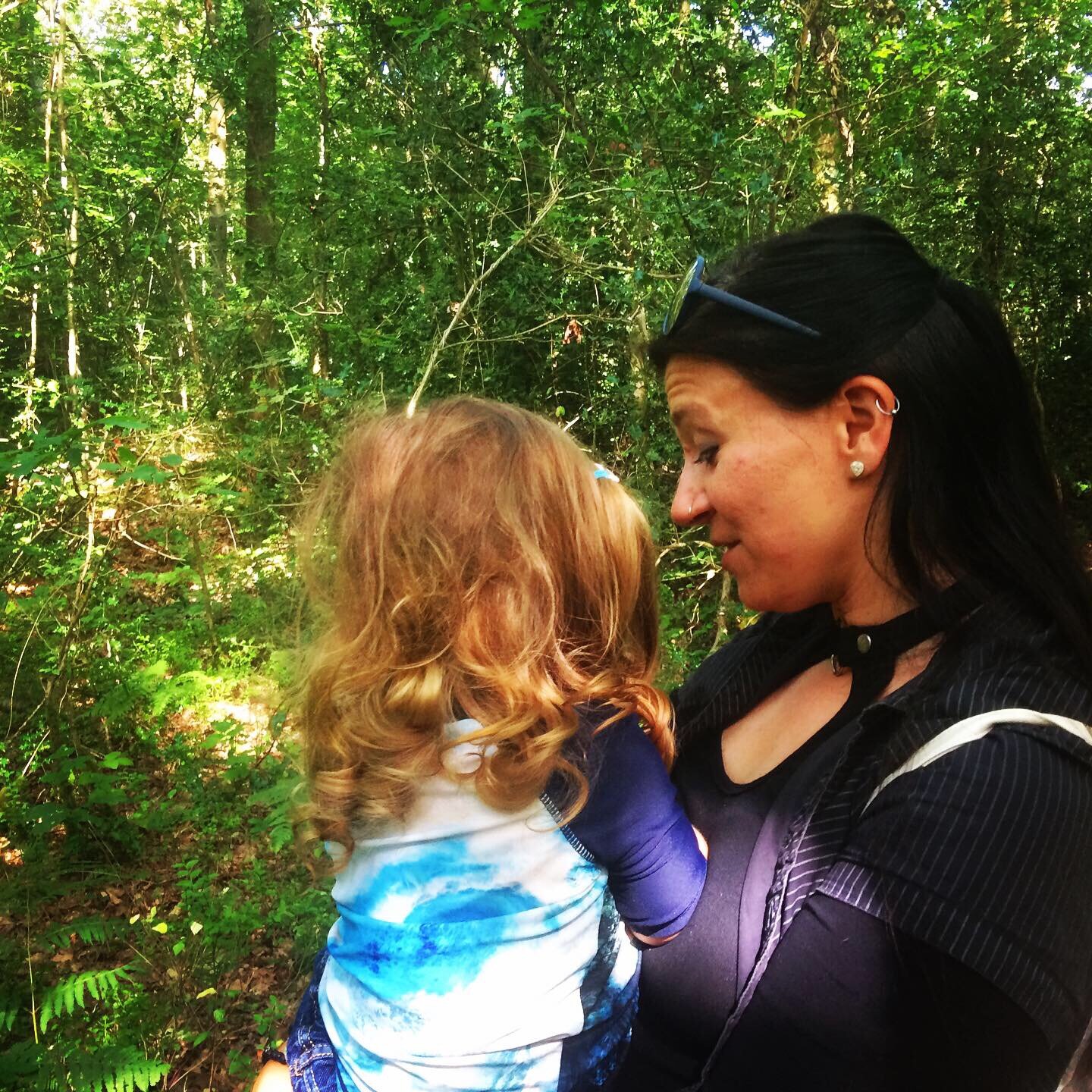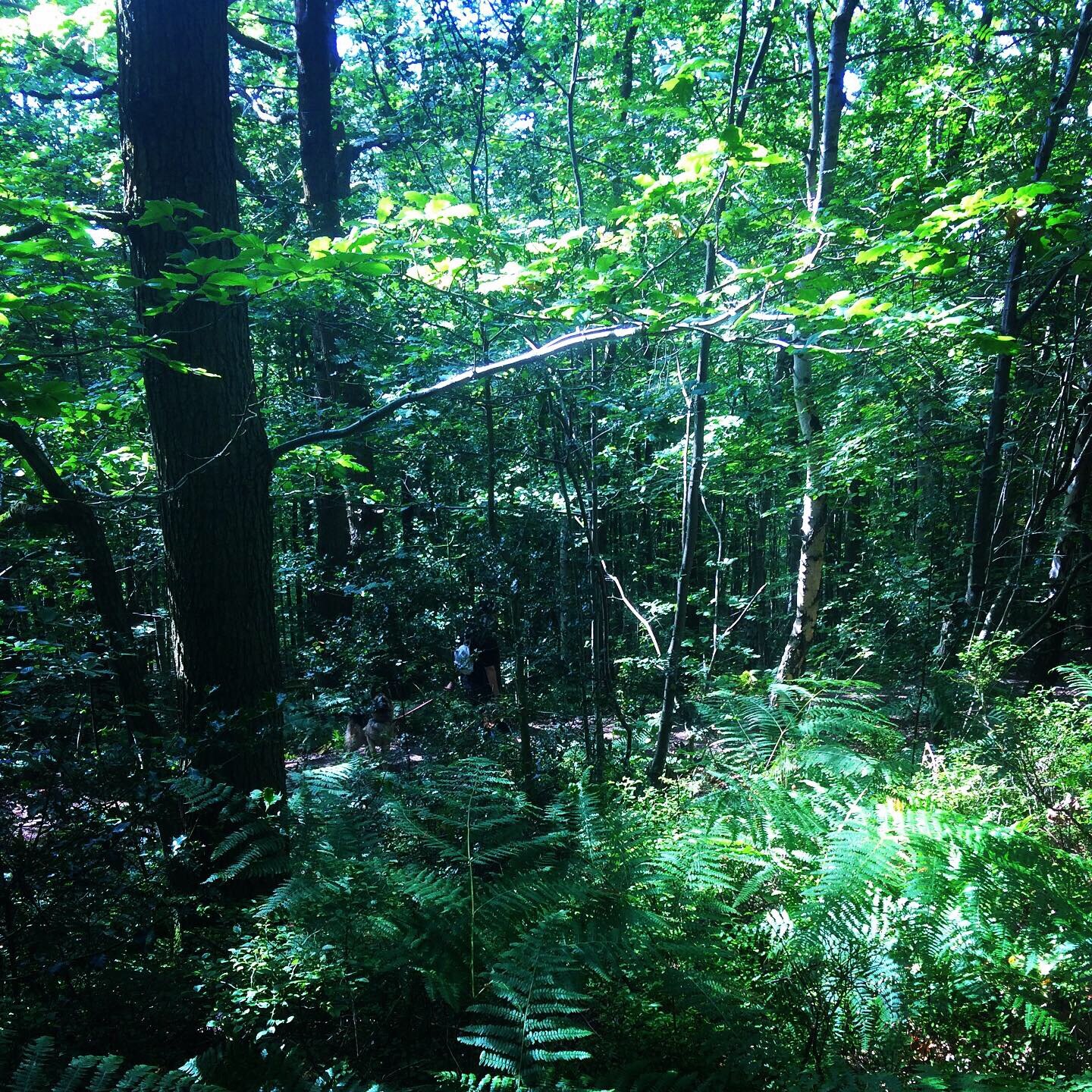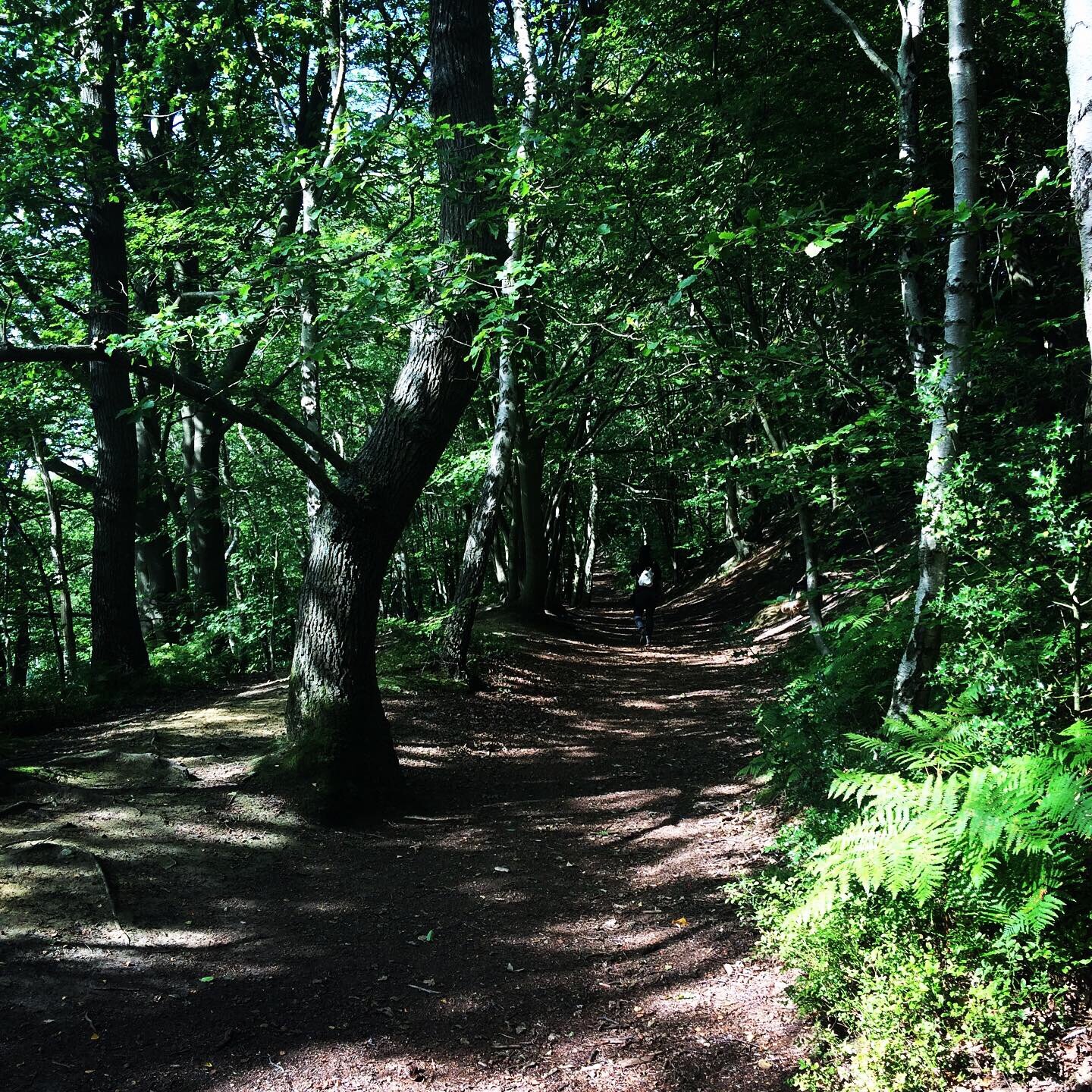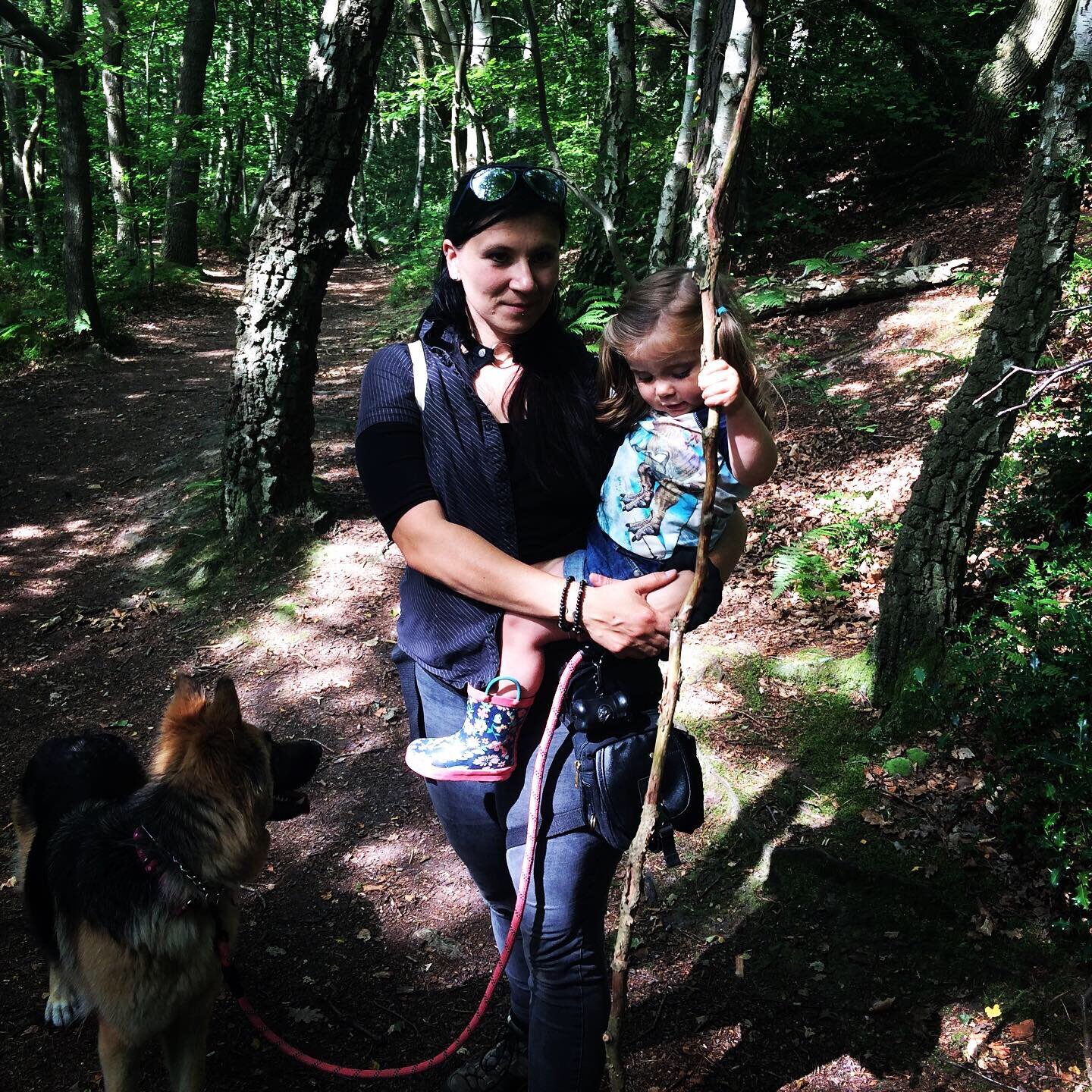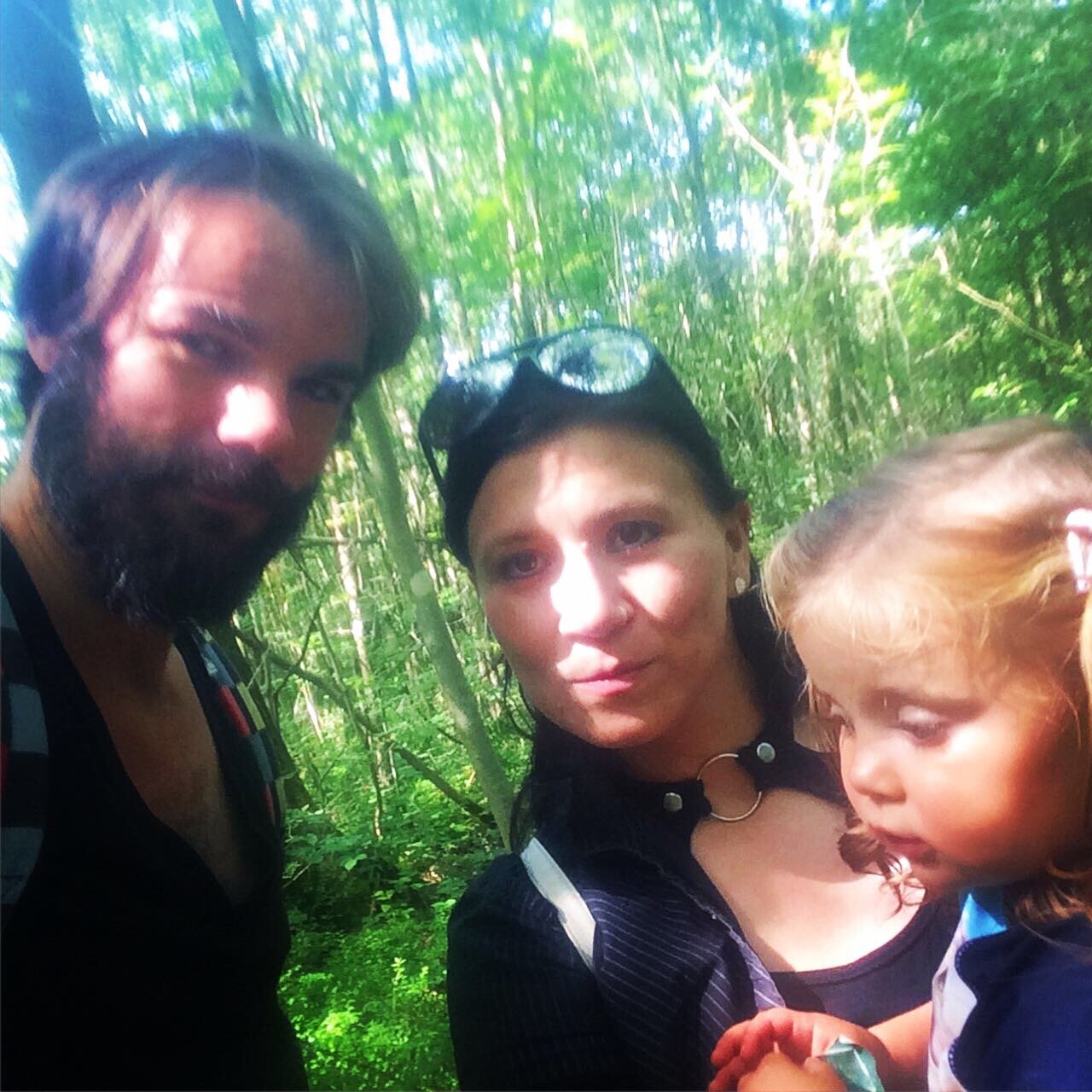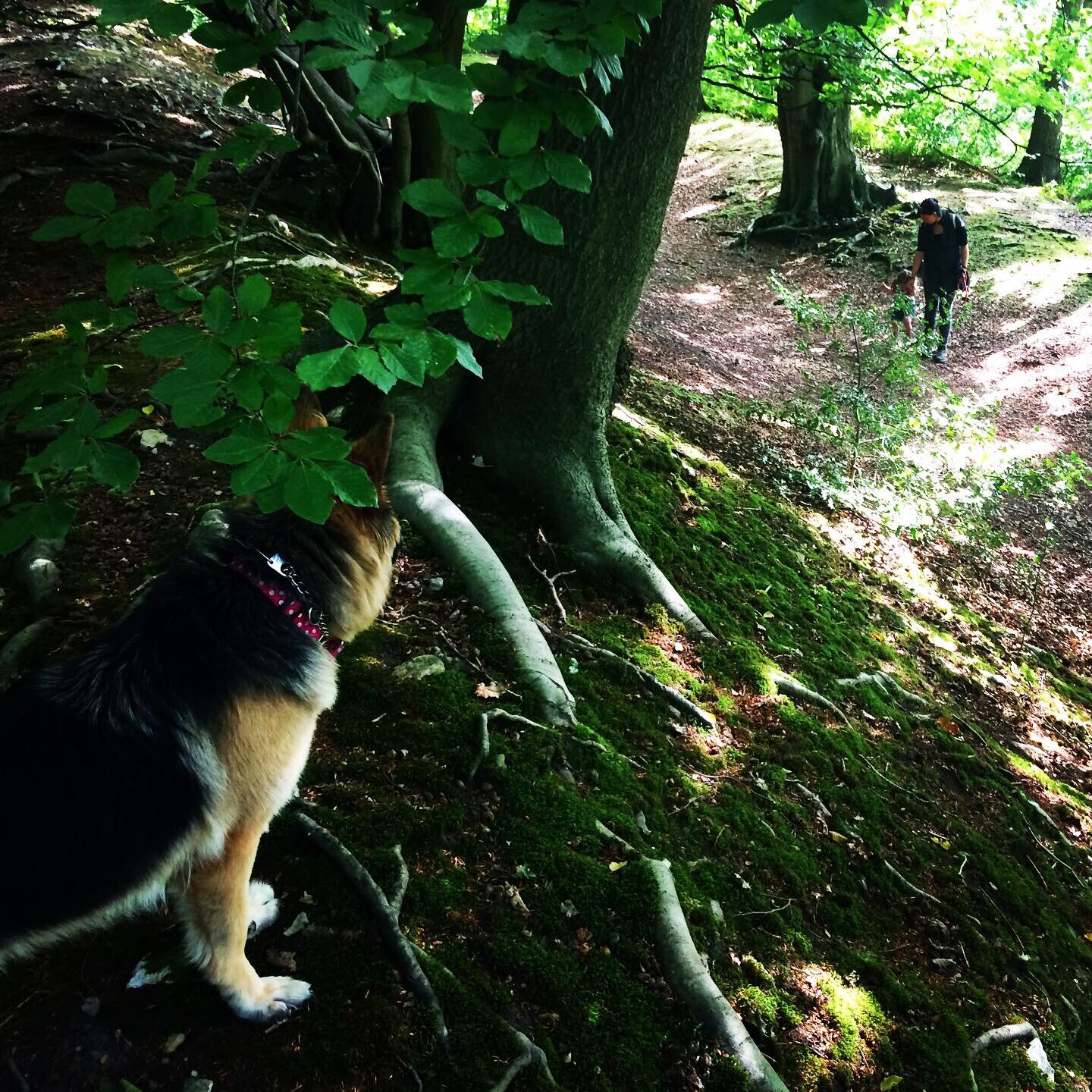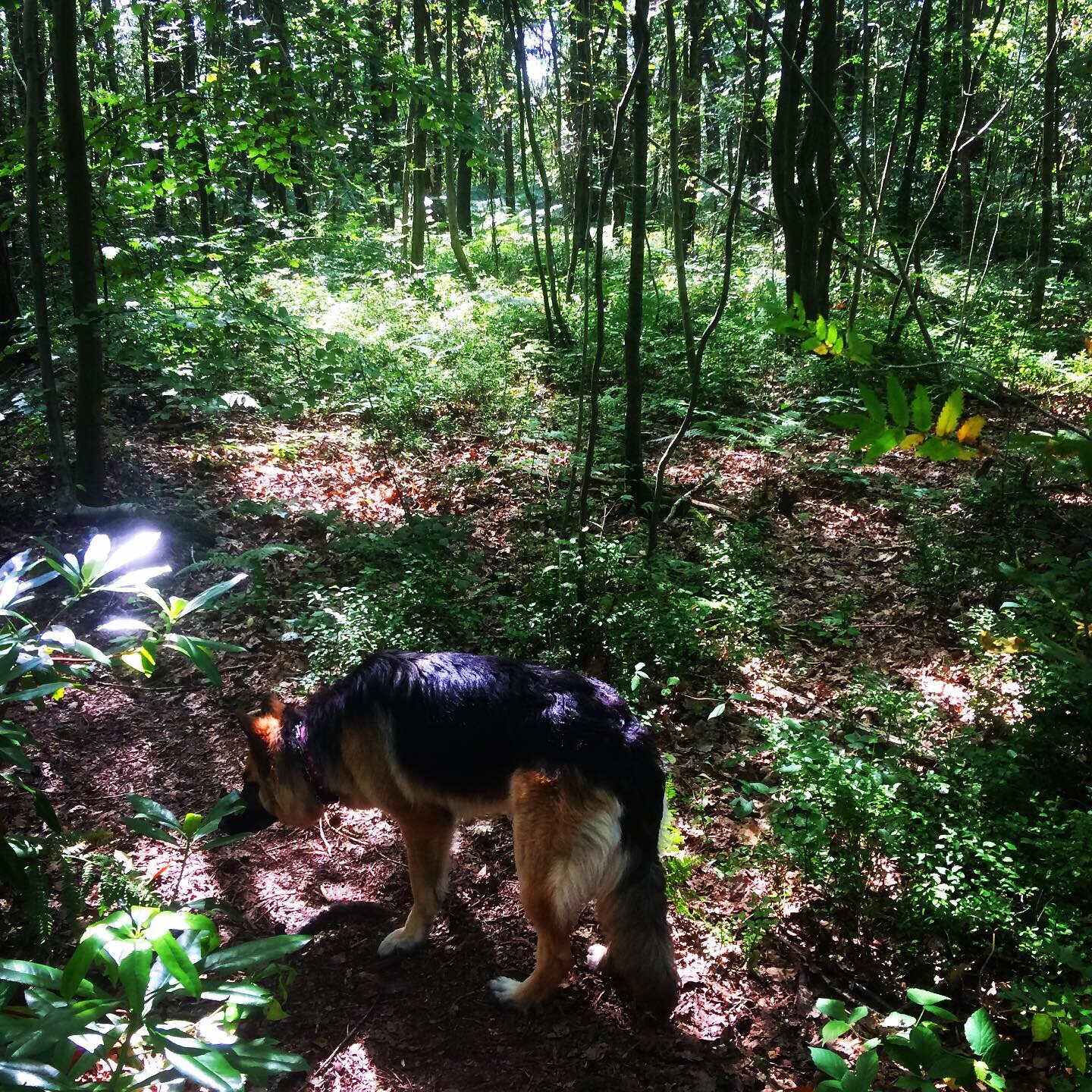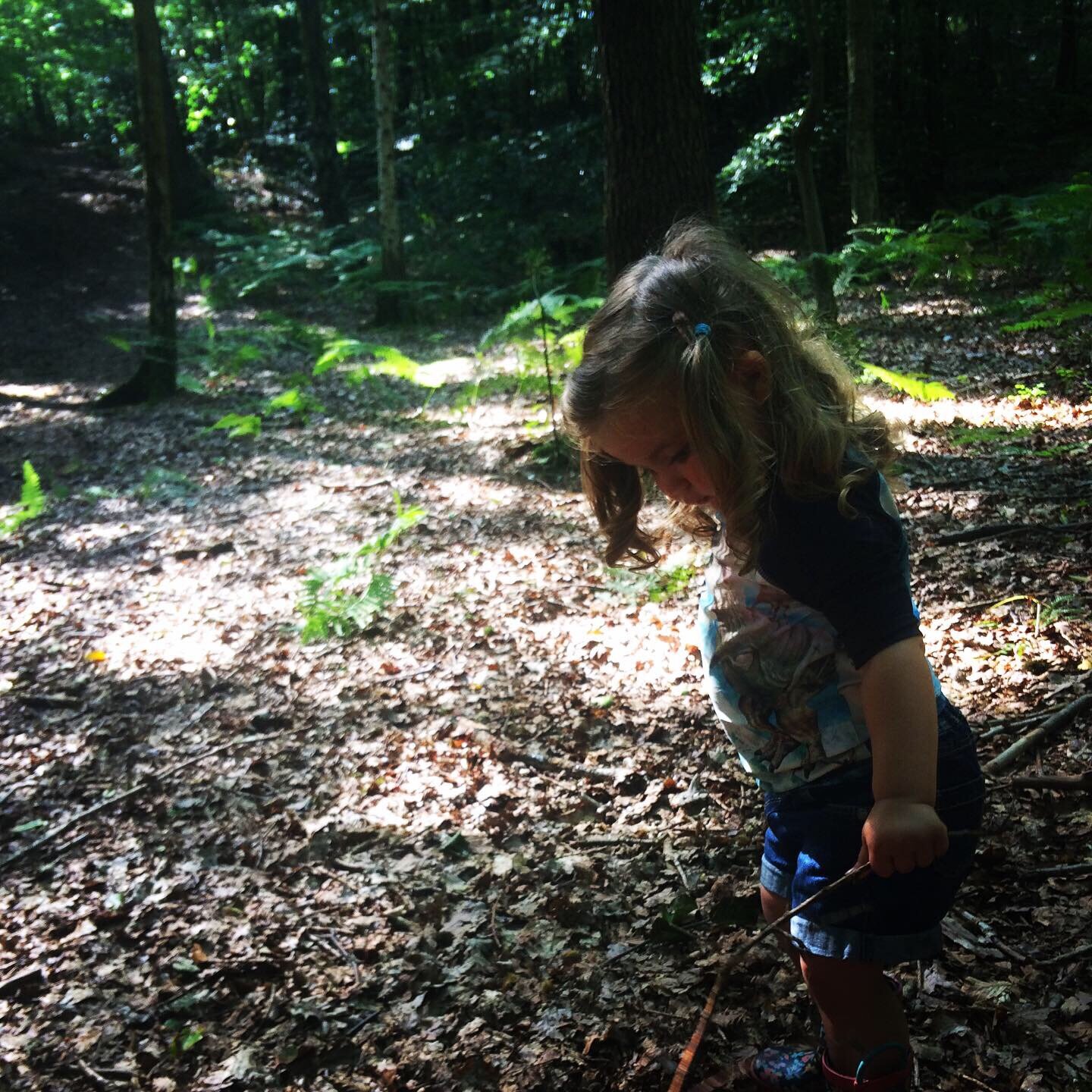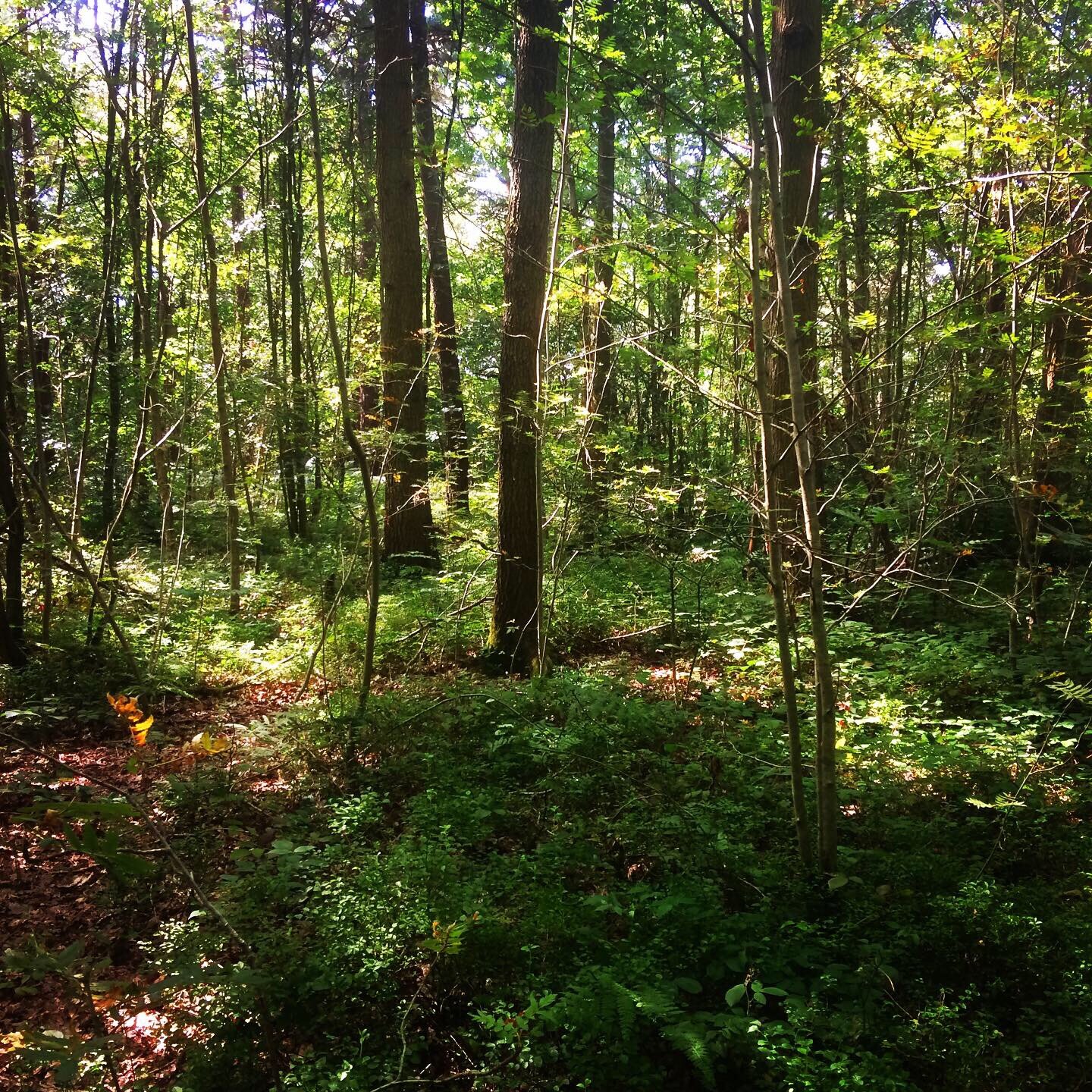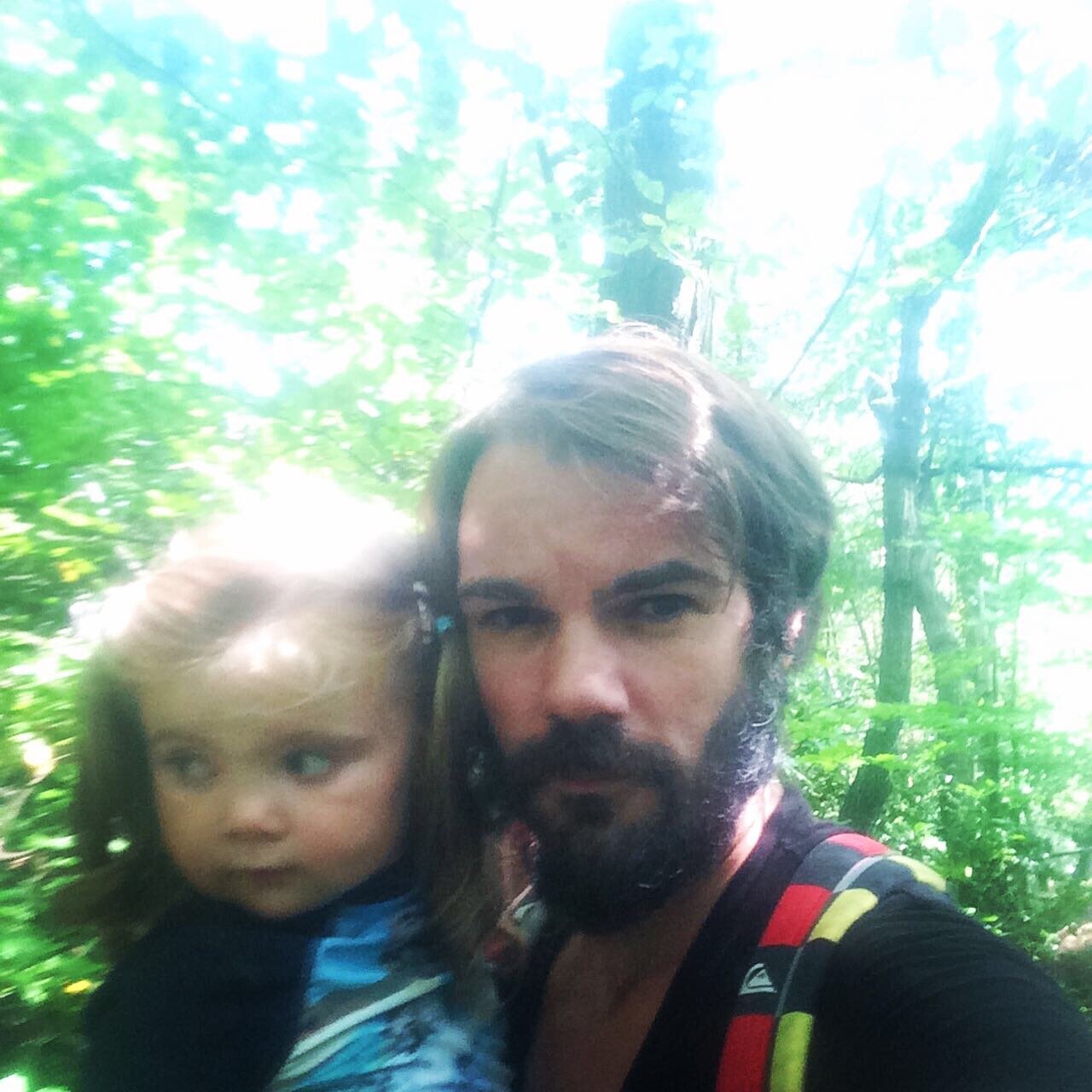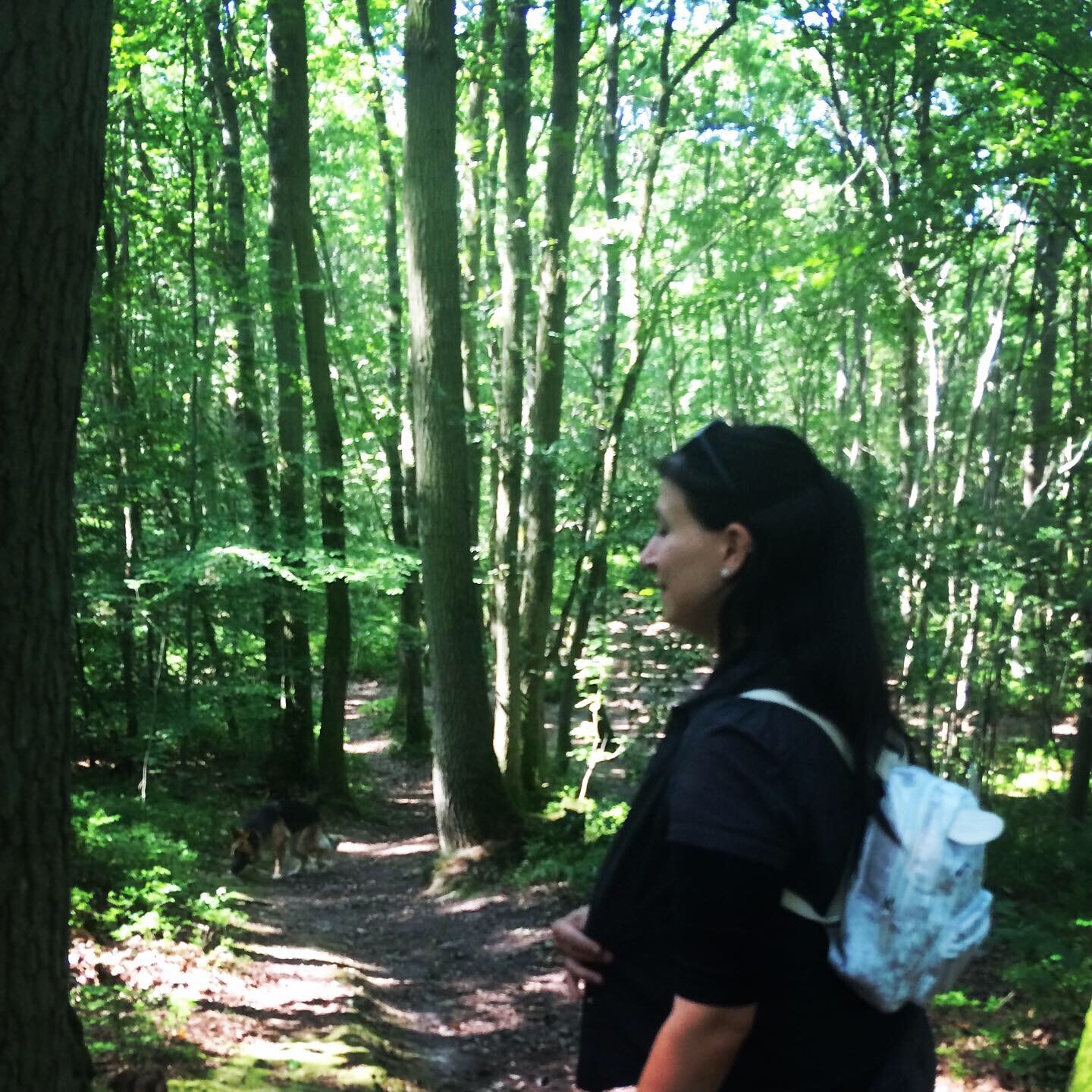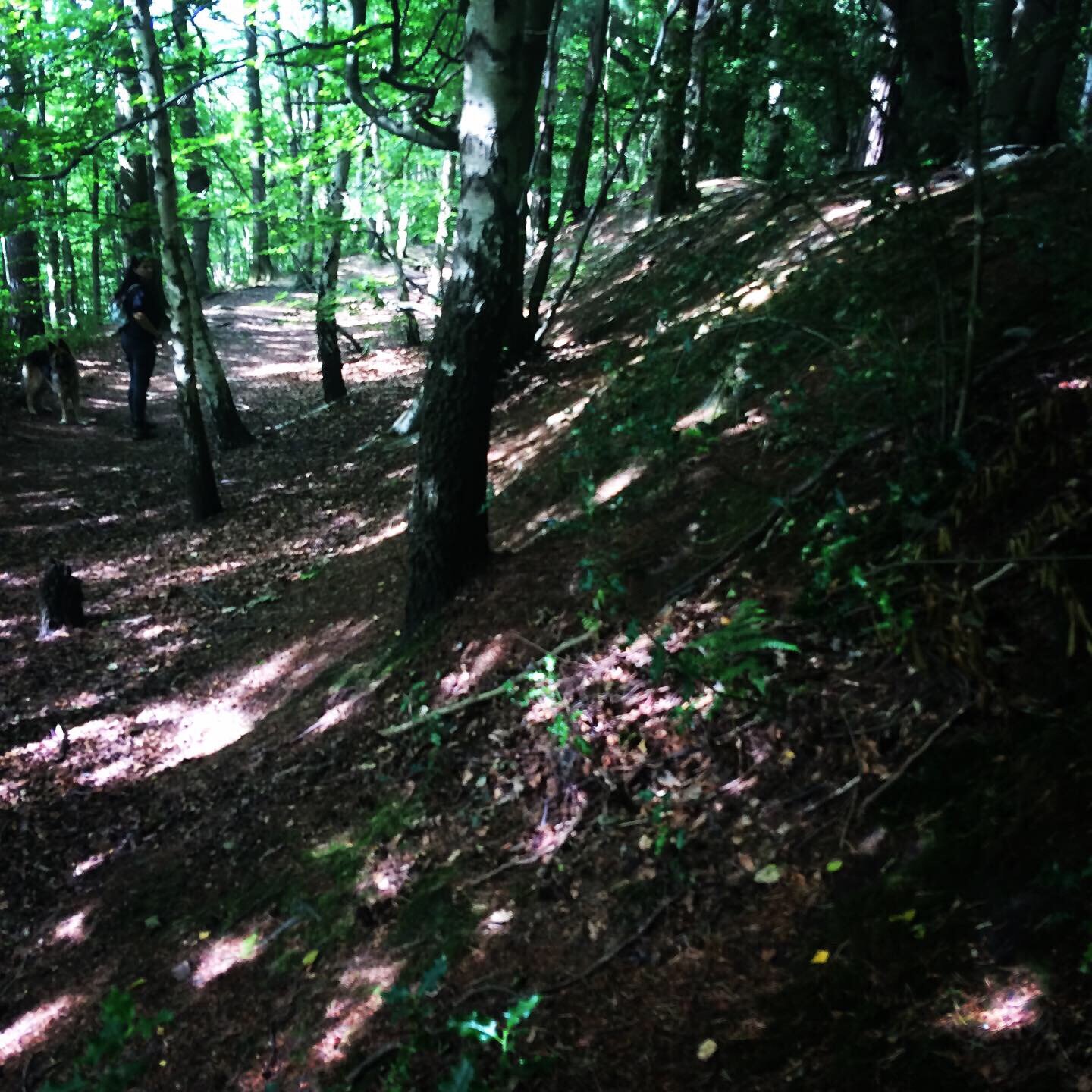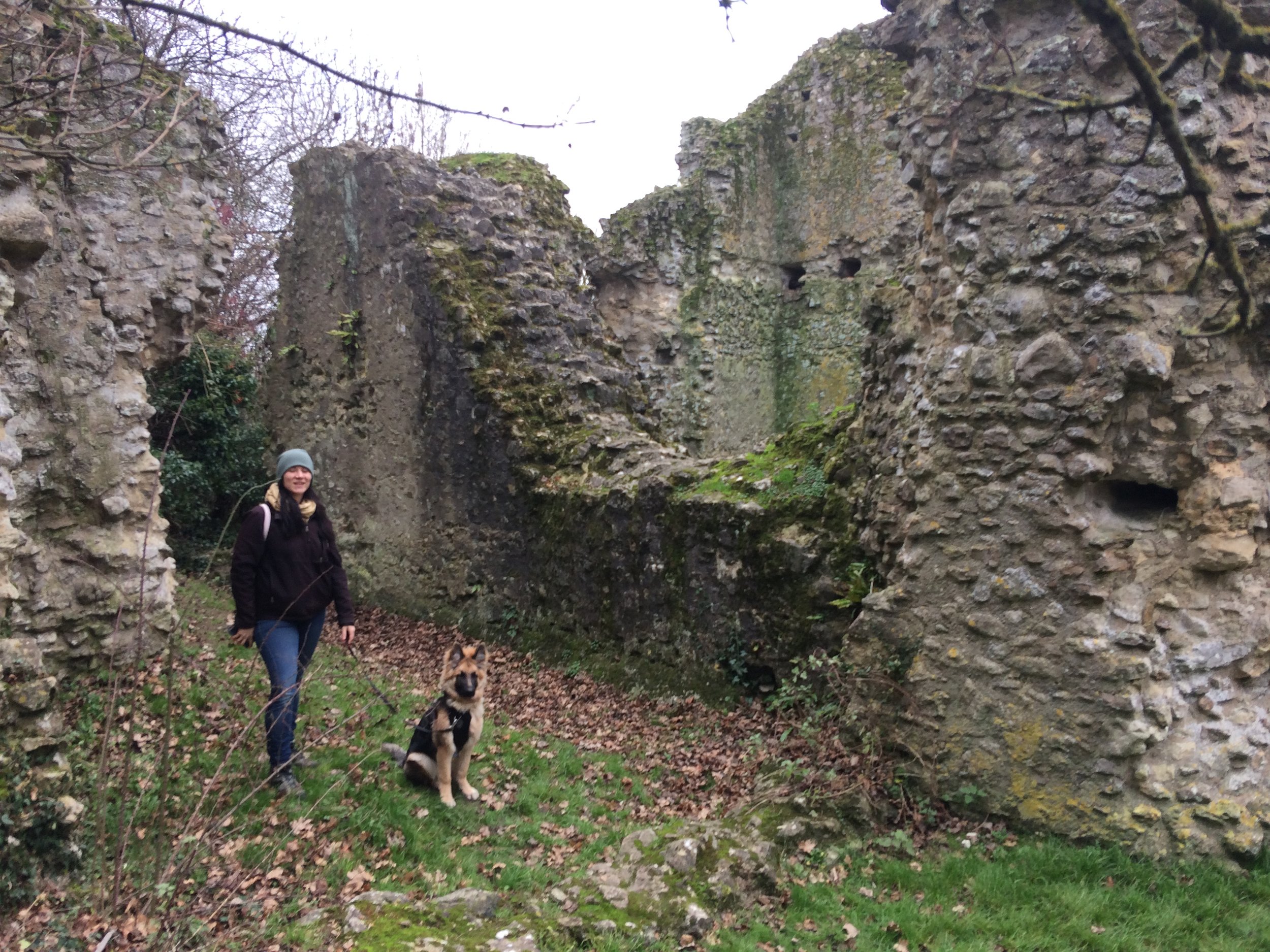Part 1
The aim of this website and its link to archaeology is perhaps a little unclear. True, the stories told here would not fit on a group dedicated to archaeological discoveries, just as the relation of locations visited could not be described as a pure travel blog. I hope to give some explanation here, via a kind of Biography/Curriculum Vitae folktale… let’s see how it goes, shall we?
There was a time, long ago, during which I considered myself to be a rock star. I donned eyeliner and wore shabby but stylised clothes, busked for beer money, drank to excess, woke up on people’s floors and in spare beds with little or no memory of how I got there. I played gigs whenever and wherever I could and at various points, truly believed this to be my calling. The trouble was, despite playing the part almost convincingly… I wasn’t a very good musician.
Whilst some people can make this work, I didn’t have that natural cool factor to pull off the talent limited genius thing.
At another stage, I was certain my calling was in comedy. I wrote stories and sketches, made short films and even had a radio show in which my co-comedic partner and I would do everything we could to make each other thunder with laughter. Sadly, more often than not, we laughed alone. Our… unique brand of comic artistry was lost on, well just about everyone. Comedy was not my forte either.
As a child, I dreamed of being a footballer, a ghost hunter, a spacecraft pilot, Prince of an Alien landscape, a Knight, even a superhero! (I still kind of do) Since leaving school I have studied art, design, technology, multimedia, music, IT, history, creative writing and archaeology. The list of employers I have had is more varied than Hey Duggee’s badge collection!
Throughout my life, I have been wildly confused by just what it is I was good at, and what I wanted to do forever. Because that is often what you are expected to decide, at quite an early age. Hey kid, you’re out of school now, pick a subject and just repeat that until you die!
I’m now what my younger self would have considered very old. I still don’t know exactly what it is I want to be when I grow up. One thing that always dominated though, in every career aspiration I had, was the desire to be a storyteller.
In History and Archaeology, I found a world in which I could combine this love of storytelling with employment. I could learn about the world around me through unbelievable tales of what had been. Characters, landscapes, drama, romance, action, horror… and it all happened, well most of it probably happened, or some of it might have happened… the uncertainty of it made it even more exciting. Gaps could be filled, anything was possible. I was hooked.
I took History and Creative Writing at undergraduate level, mainly 19th-Century British History. My dissertation studied the emerging pauper lunatic asylums, focusing on the shifting attitudes of medical practitioners towards the mentally ill, clawing back from a dark history of torture, confinement and corruption.
I spent some time travelling, seeing Europe, the United States, Peru, even a bit of North Africa. I drank it in, revelling in the culture shifts and alien landscapes. It was never enough, I still thirst for more, as do most who see the jewels of the Earth first hand.
After graduation, I felt lost, unattached somehow. I struggled with the choices available in the little town I grew up in. One morning, after far too many solitary beers, I picked up my guitar, and a small bag, and in a state of melancholy, started walking. I had no idea where. Someone pulled up beside me and offered me a lift, I didn’t know them, but I agreed. I continued like this as far north as I could go, reaching a remote Scottish wilderness. There were so many stories along the way. I turned back and finally, I landed in London.
In a life-affirming move to the big city, I found employment and volunteer roles in libraries and museums, including the Golden Hinde, a living history replica of Sir Francis Drake’s famous circumnavigation flagship. This role introduced me to TV and radio appearances and I followed Drakes footsteps to the coasts of California, archiving collections of the Drake Navigators Guild.
Returning home, I found my place at the British Library, a beautiful universe of knowledge in which I have held such a variety of roles, the building has become my very own secret garden.
I had begun a path which would ultimately lead to my own Nirvana. I could find a place on this enormous, impossibly busy rock and make it my own. All I needed to do, was get out of my comfort zone and see… everything!
To be continued…

